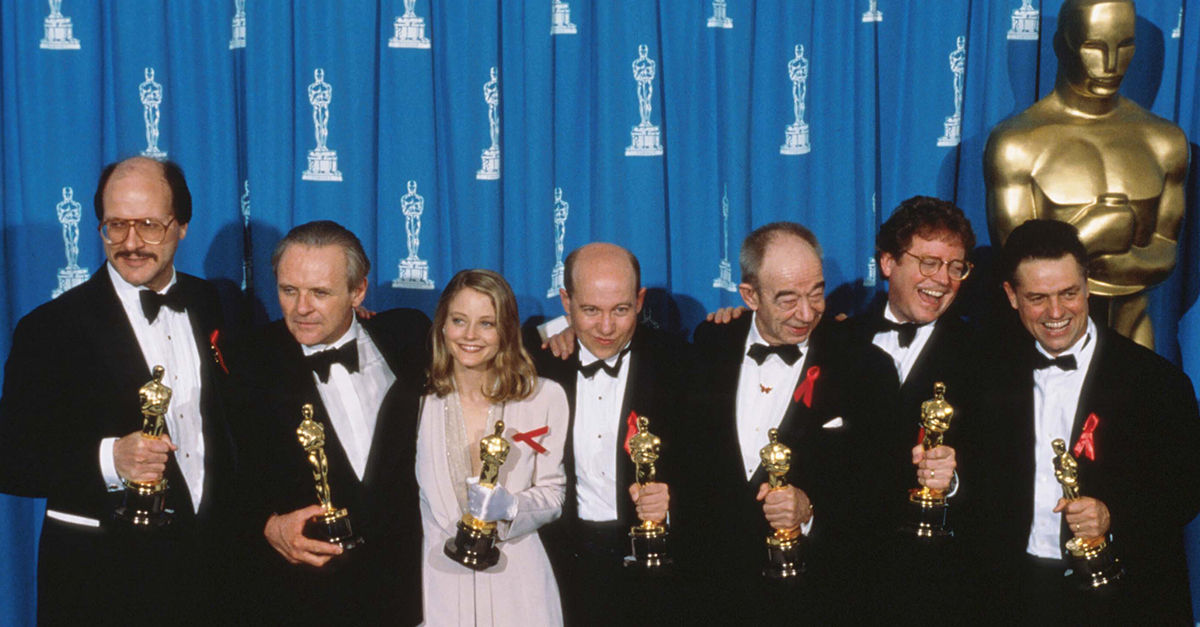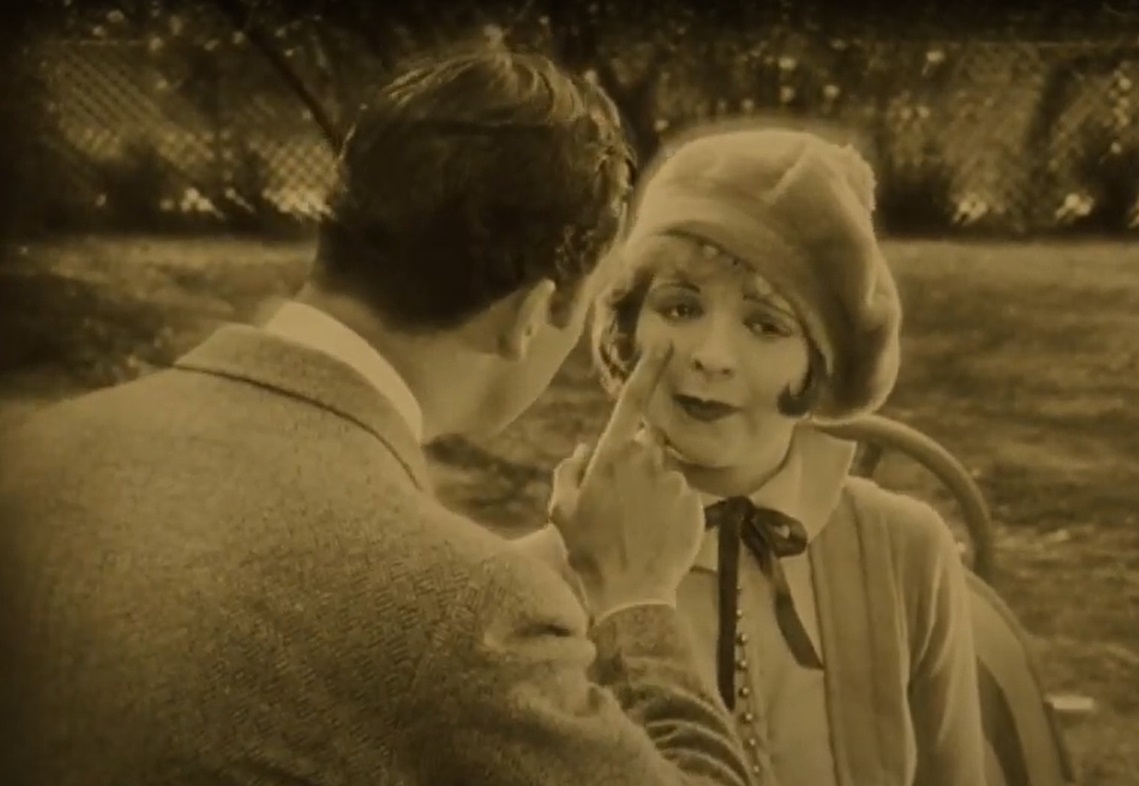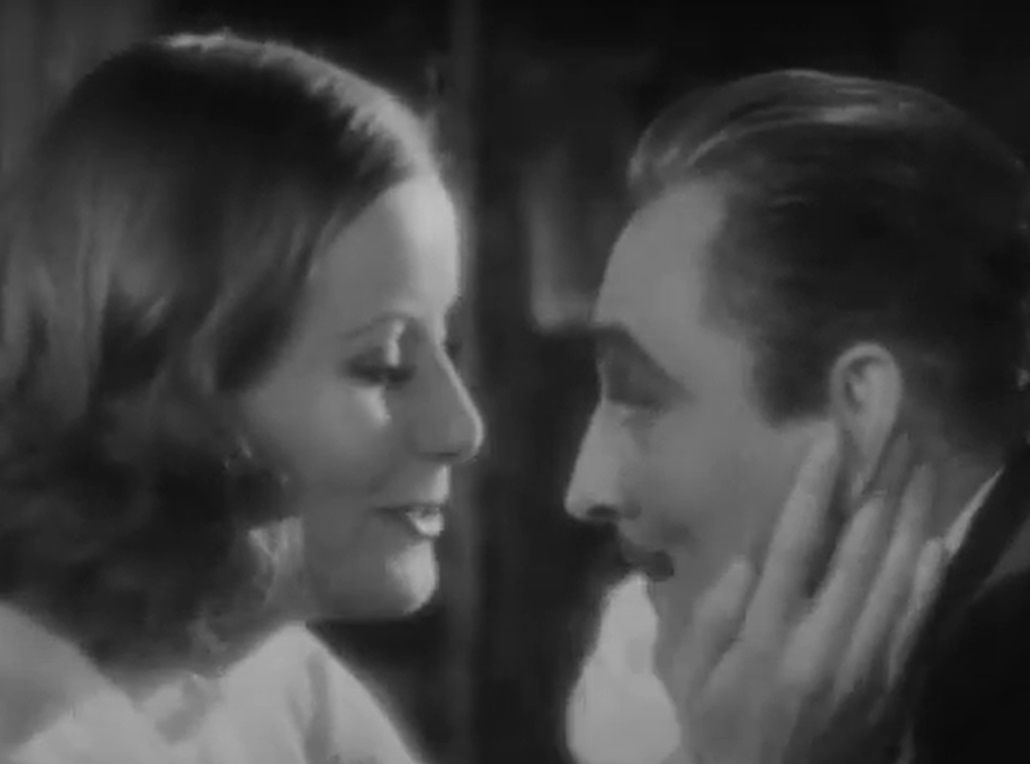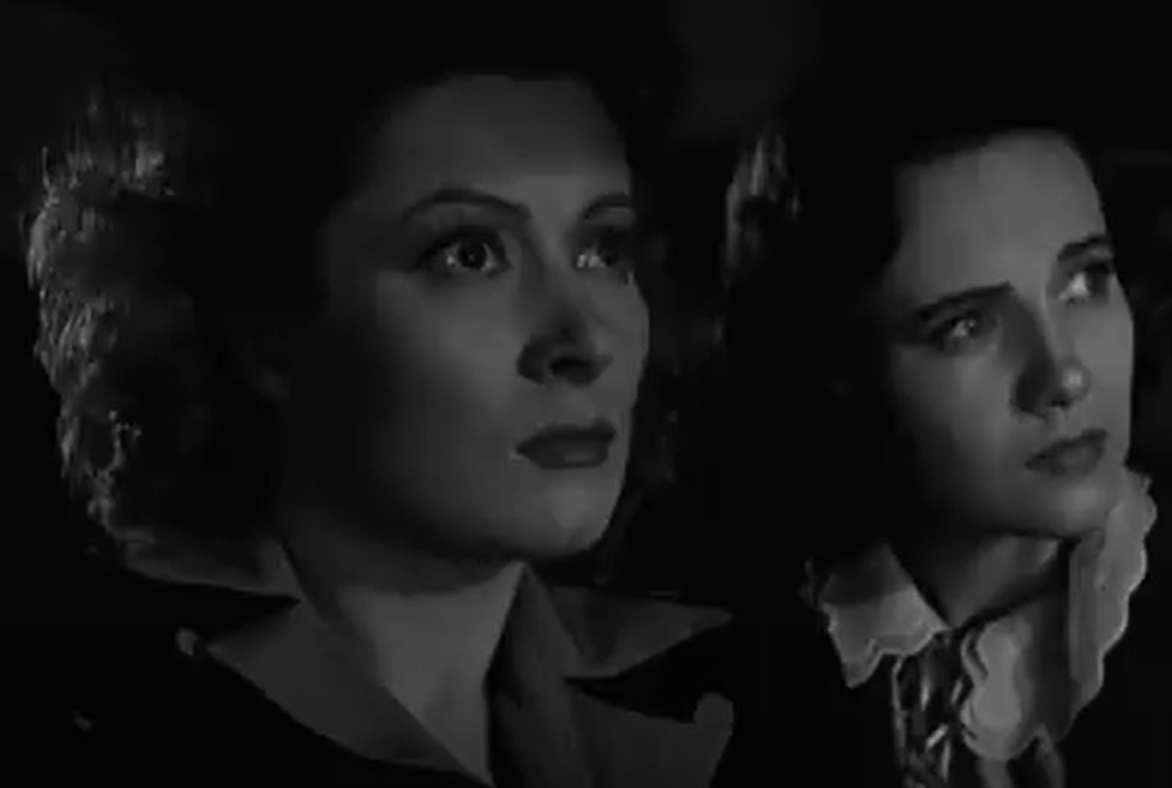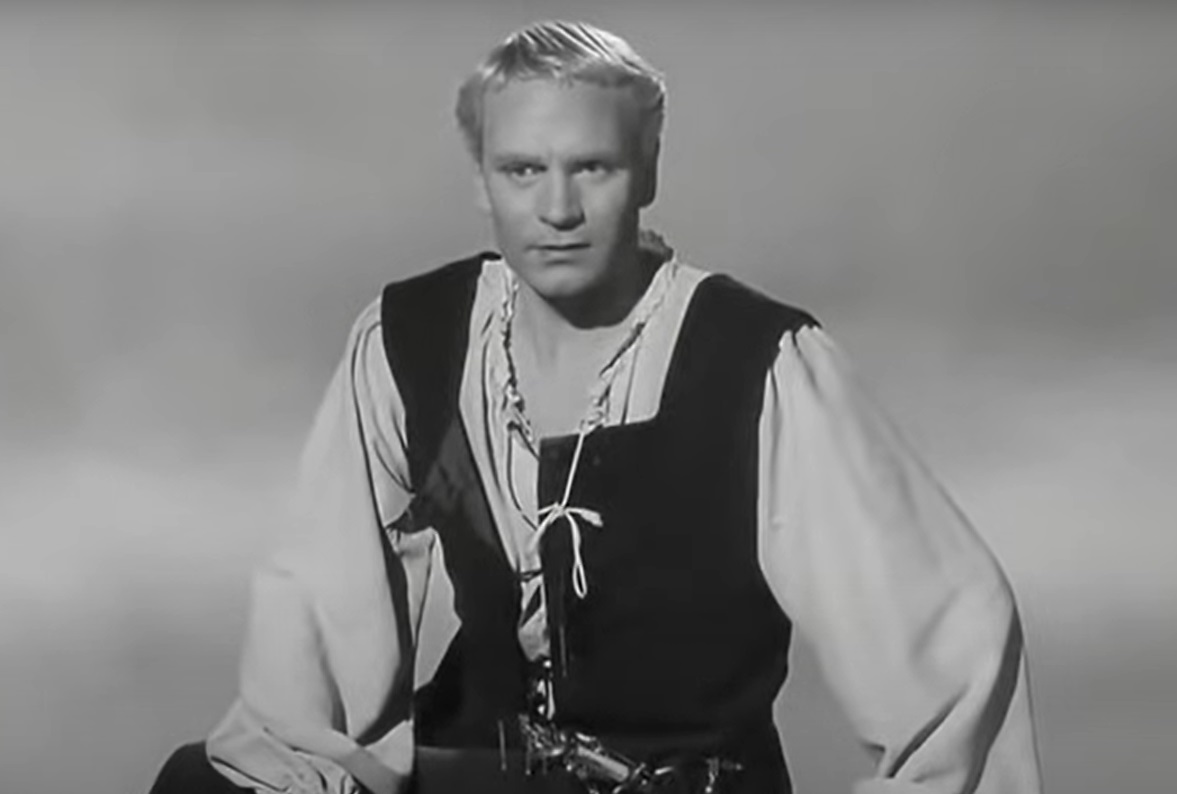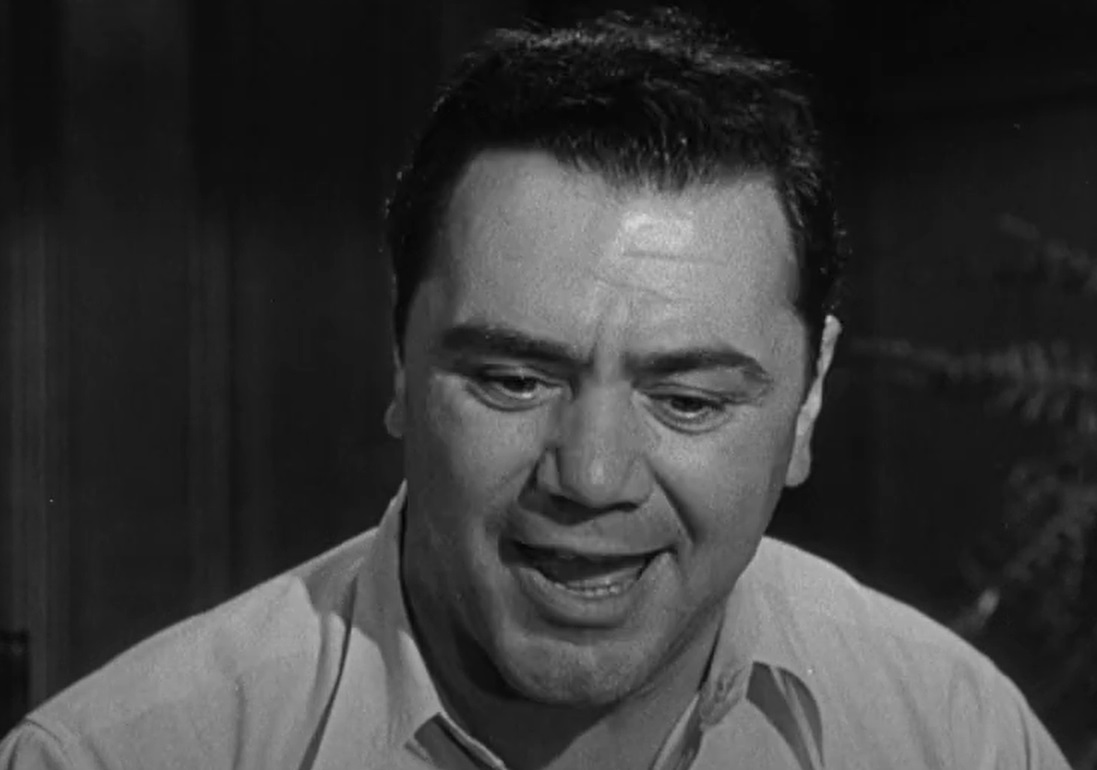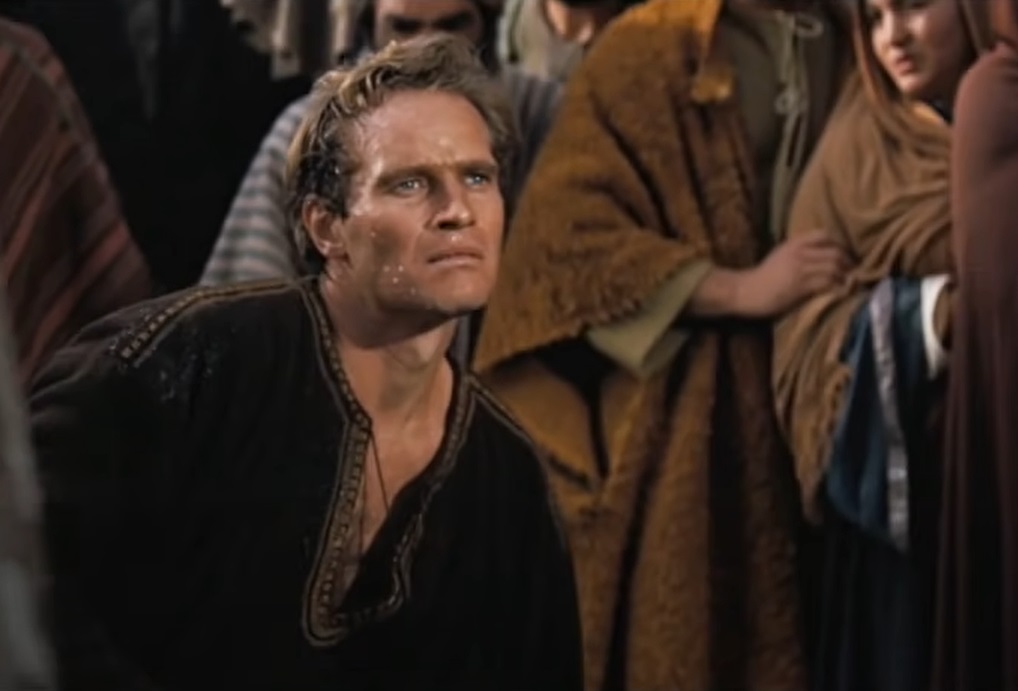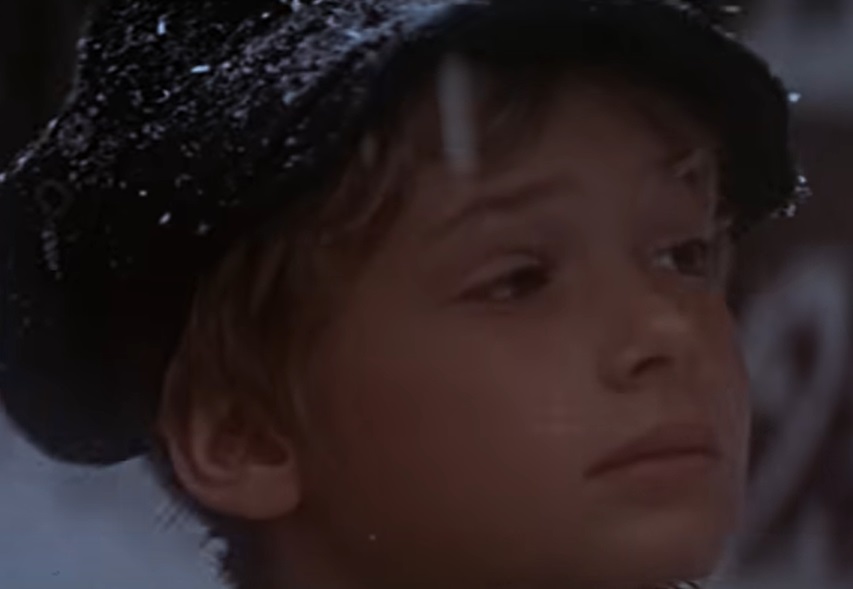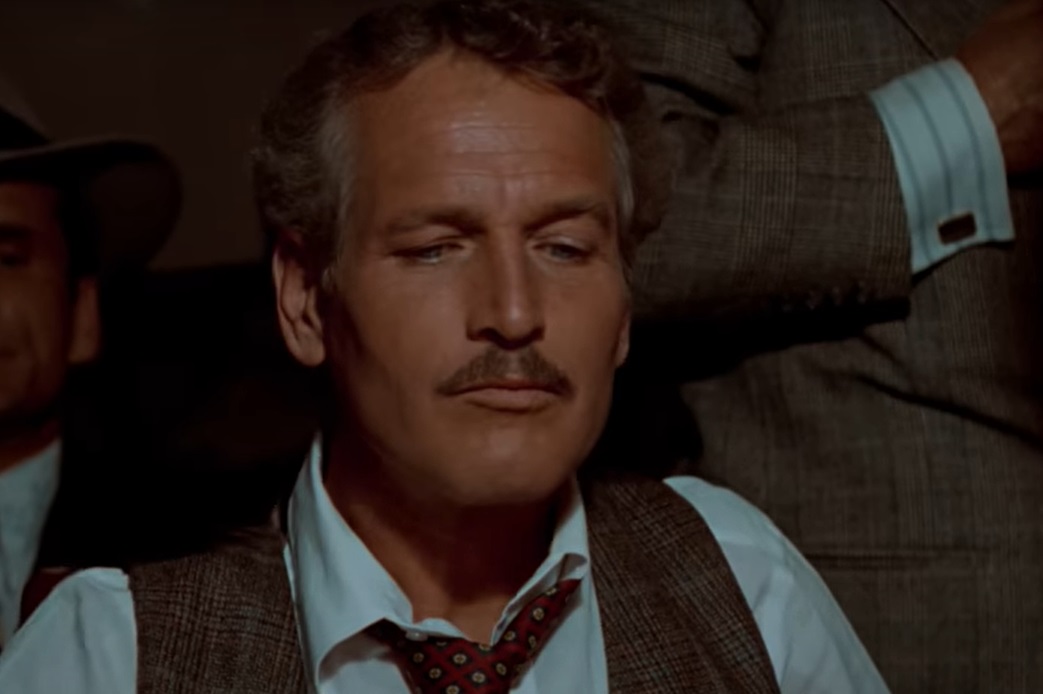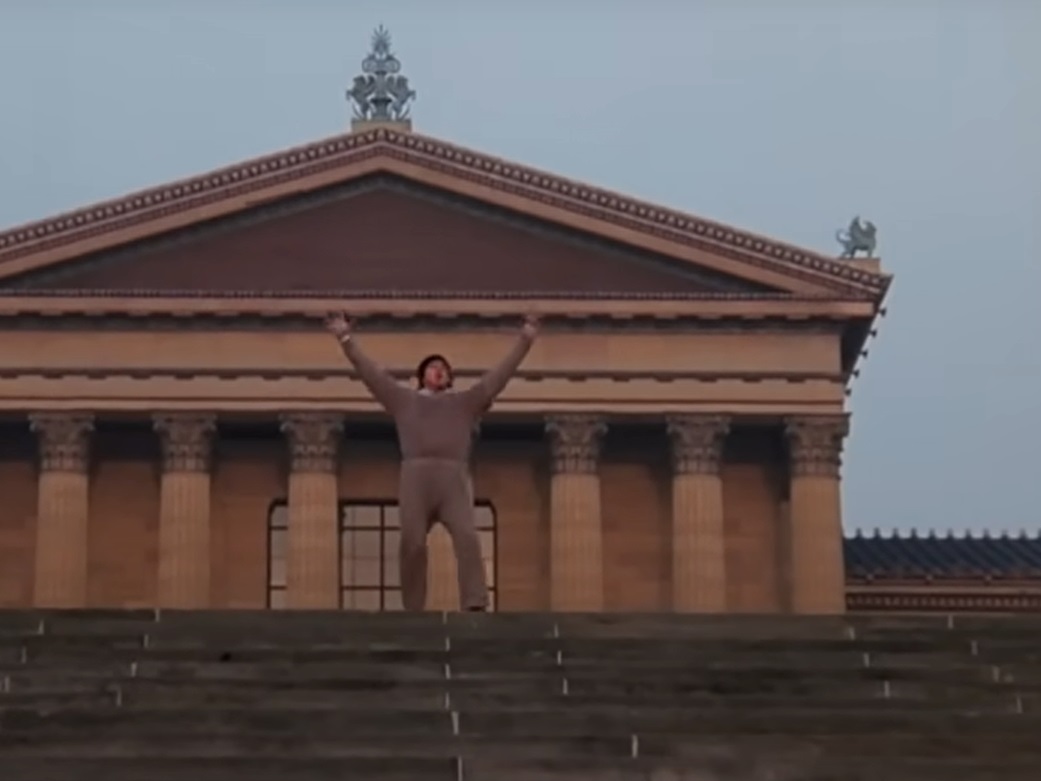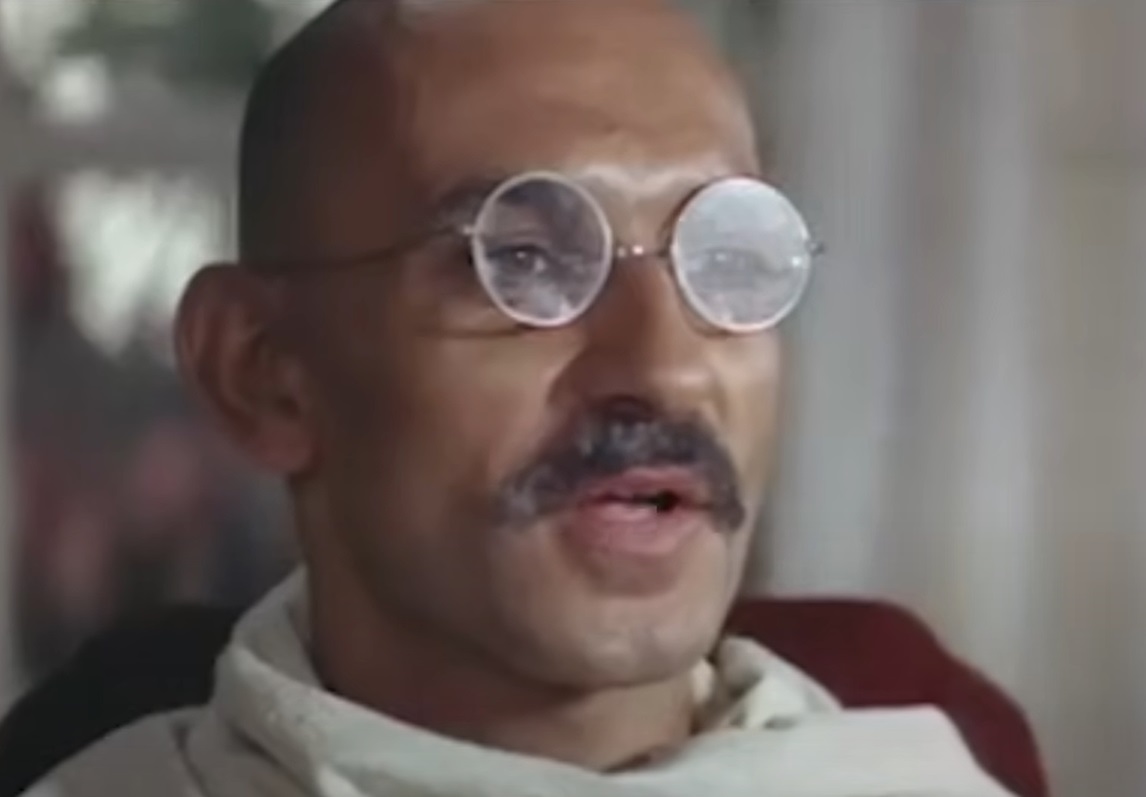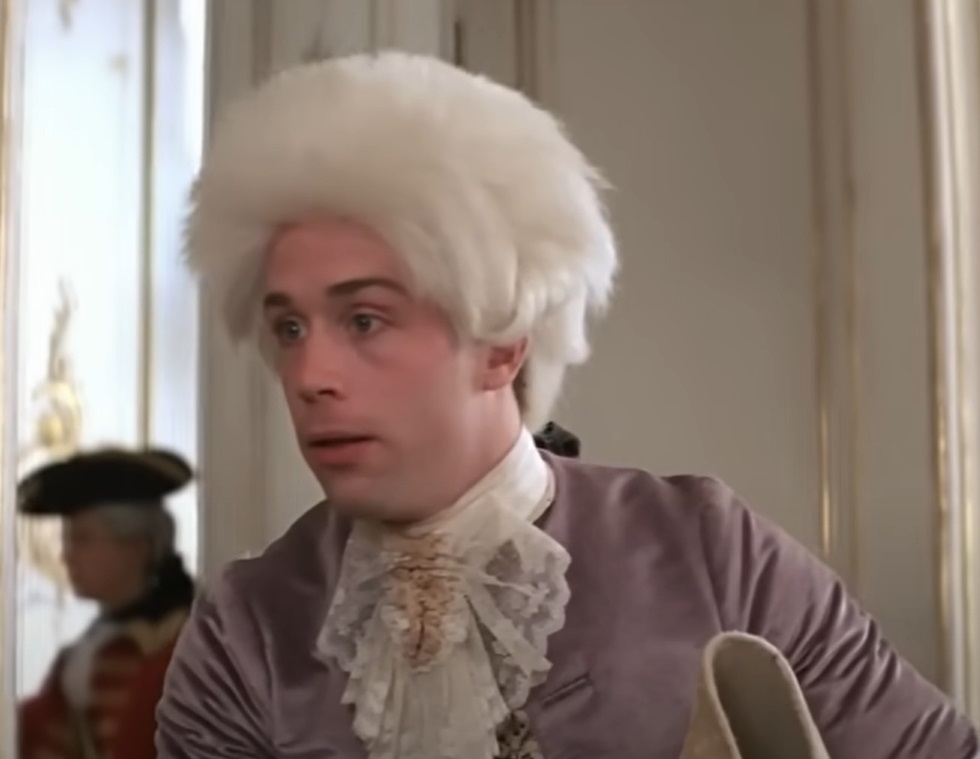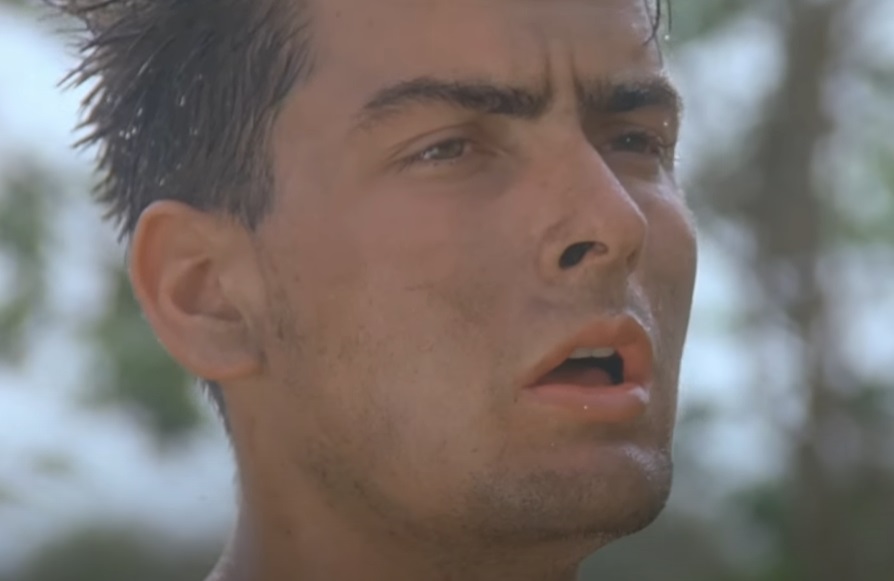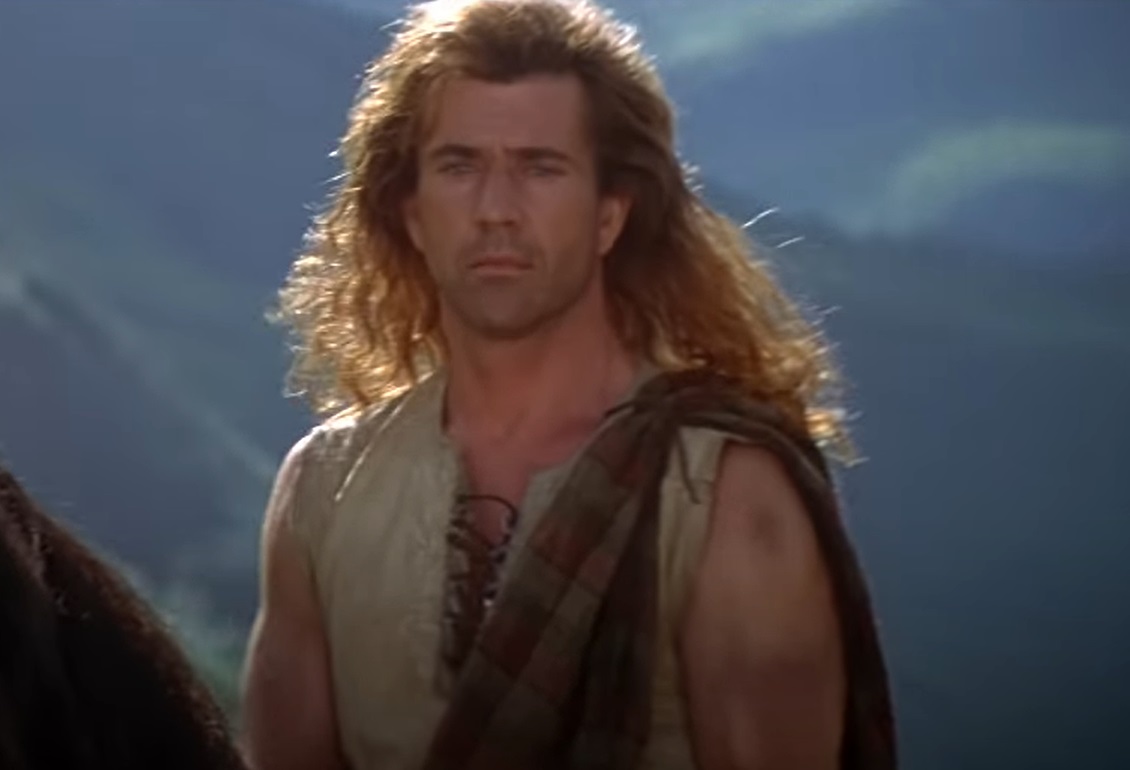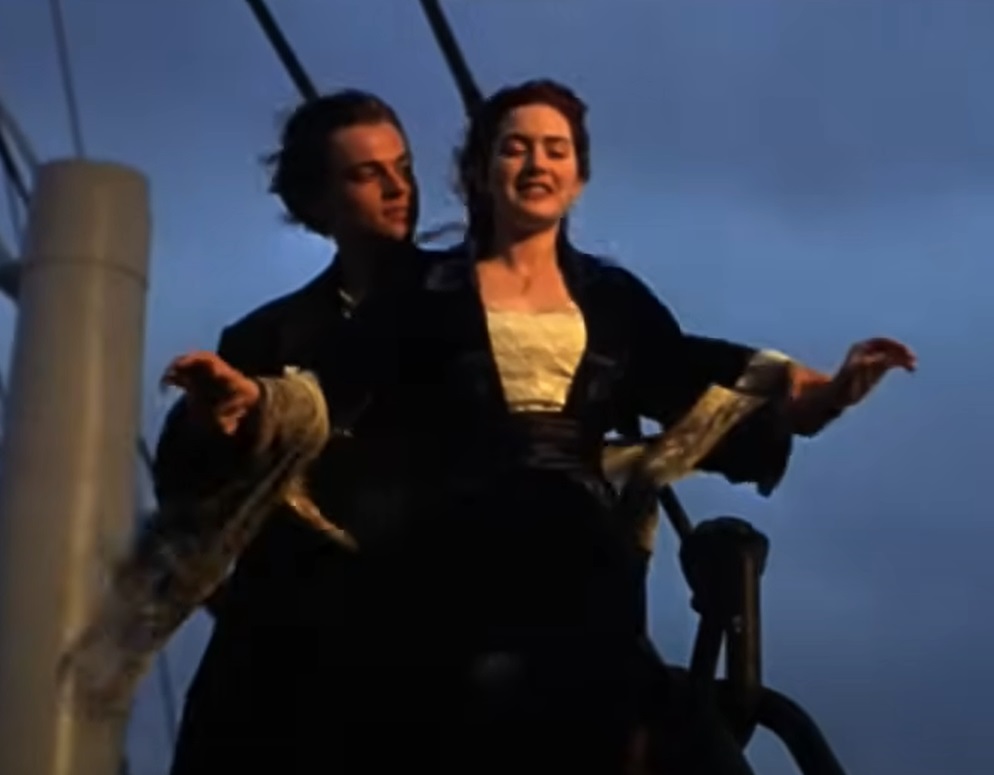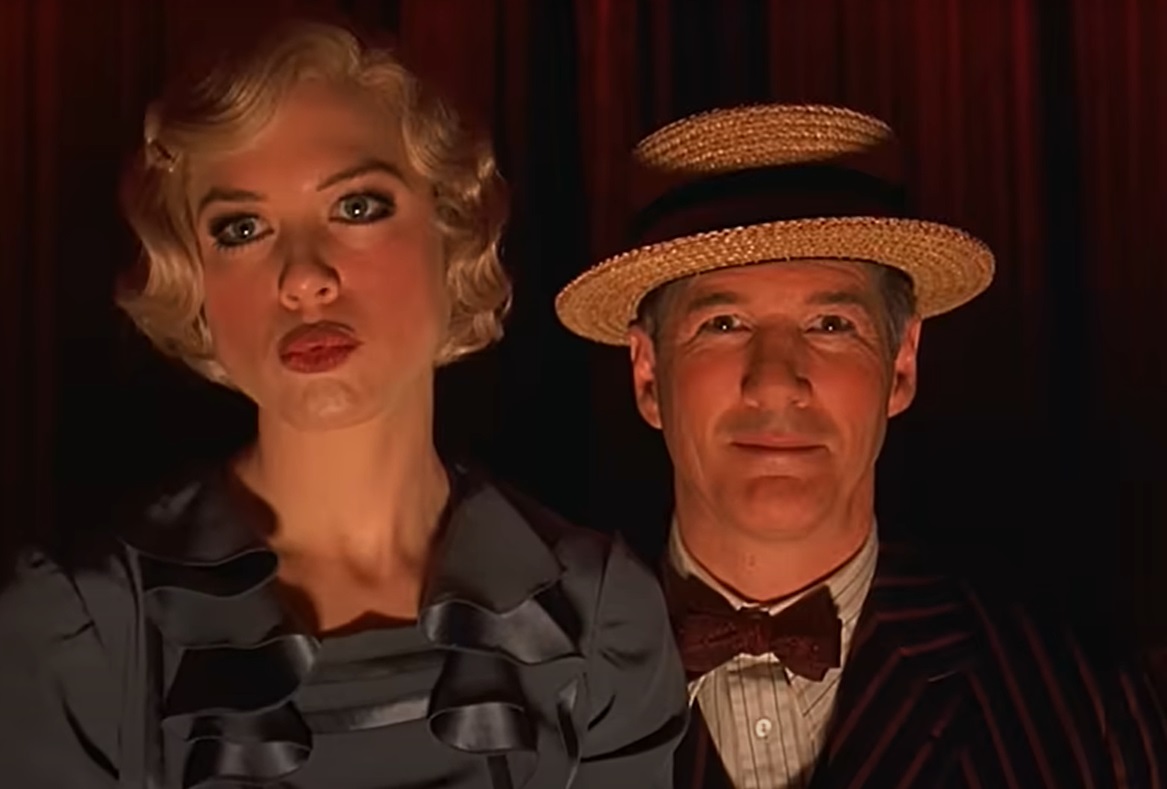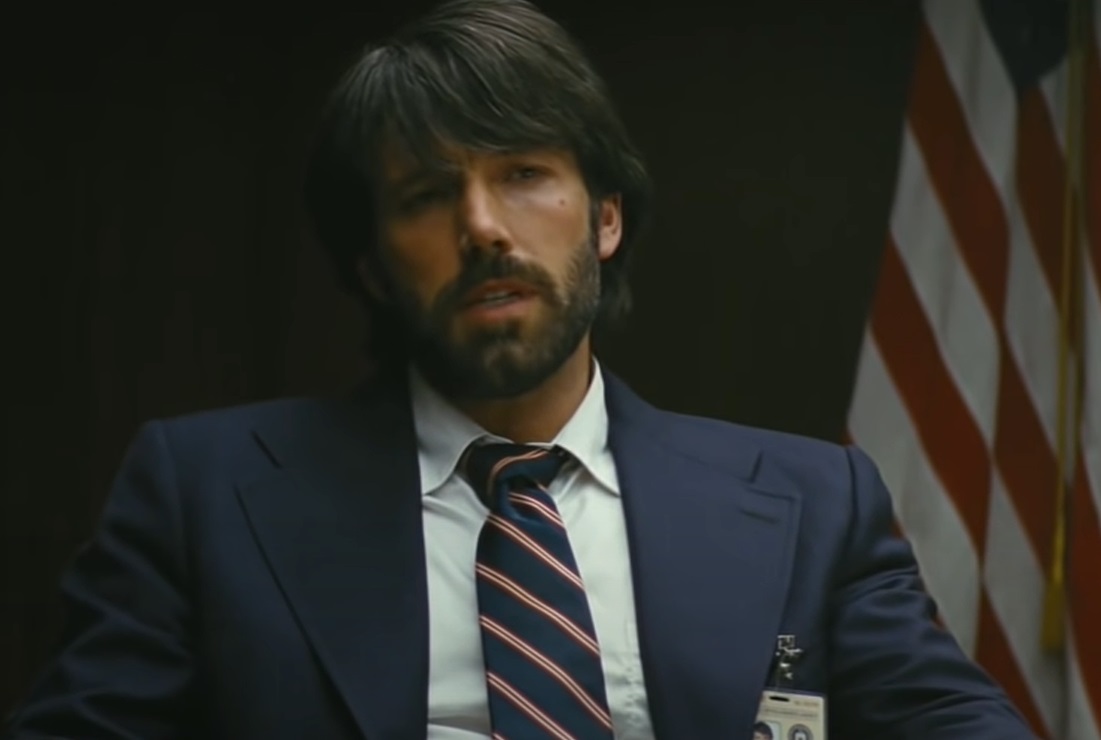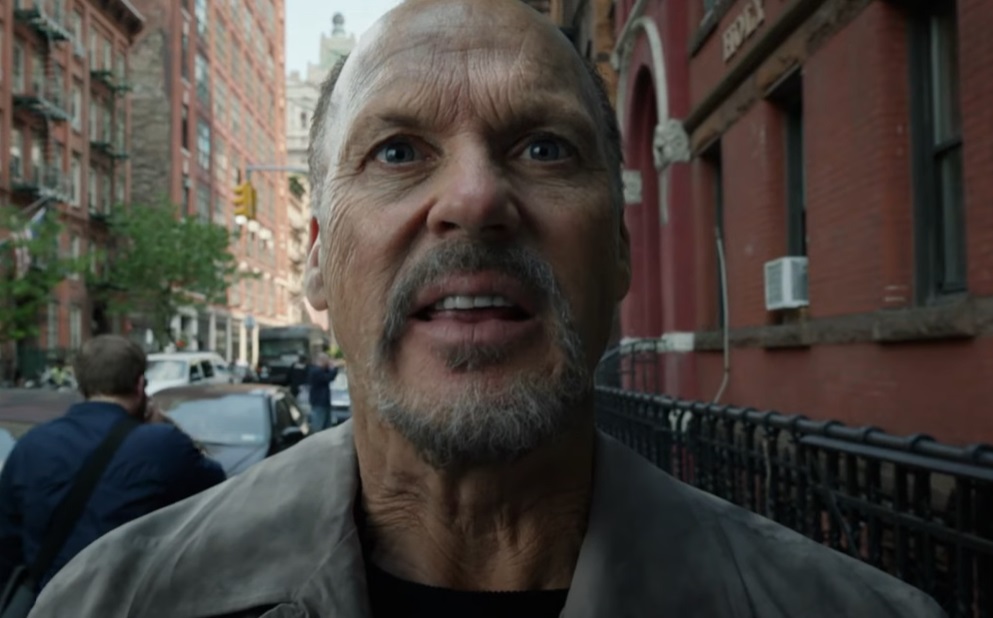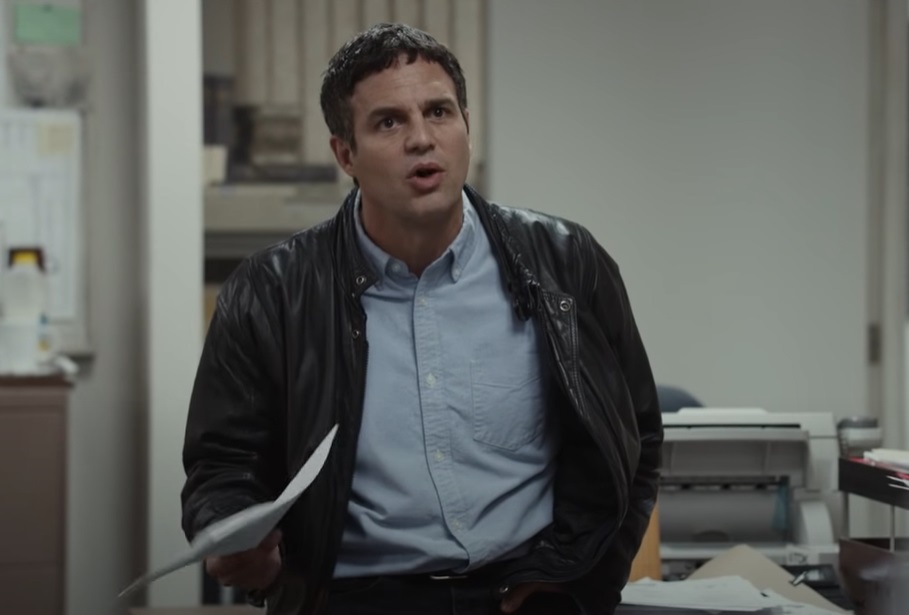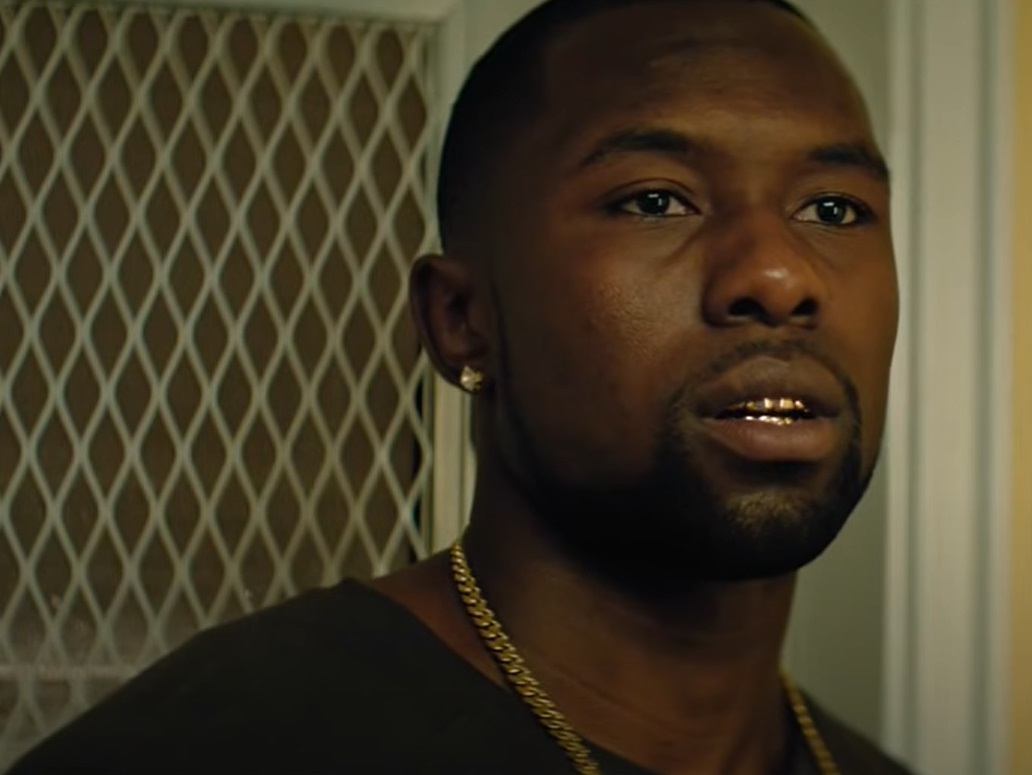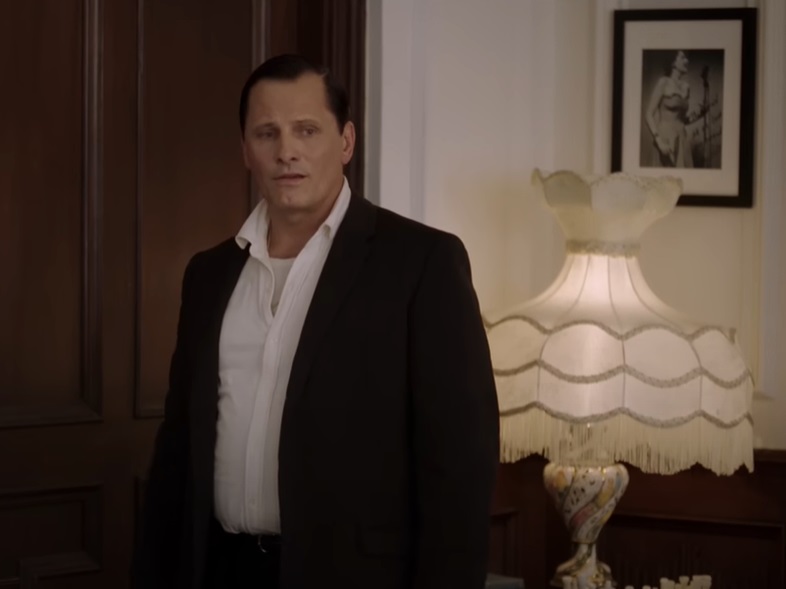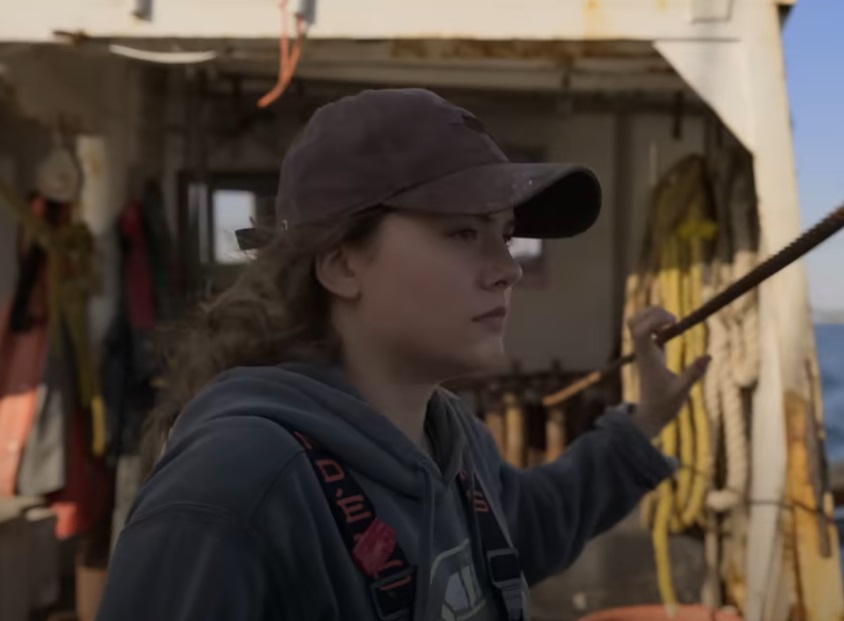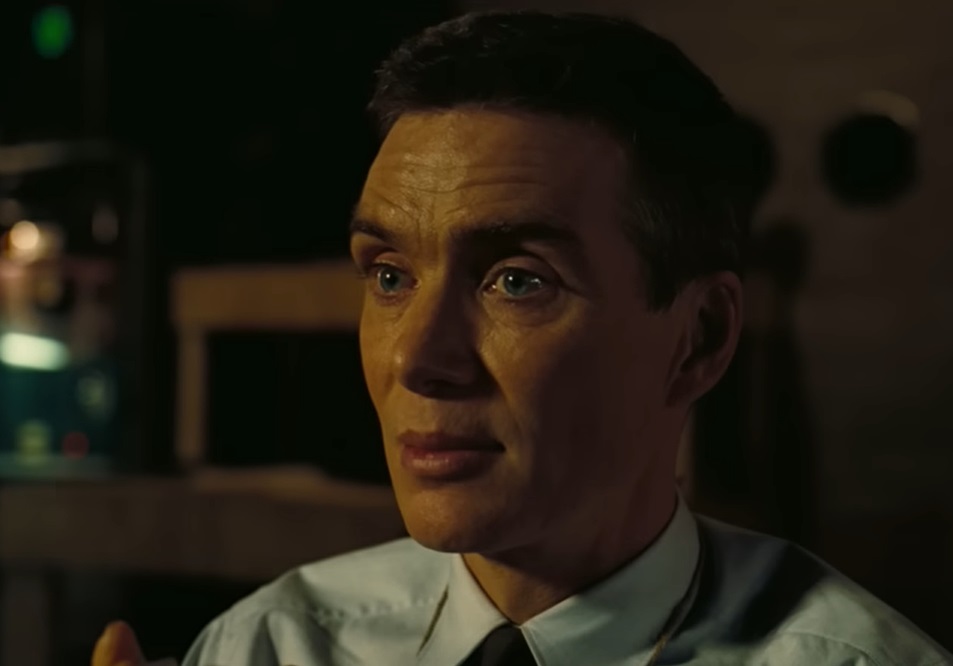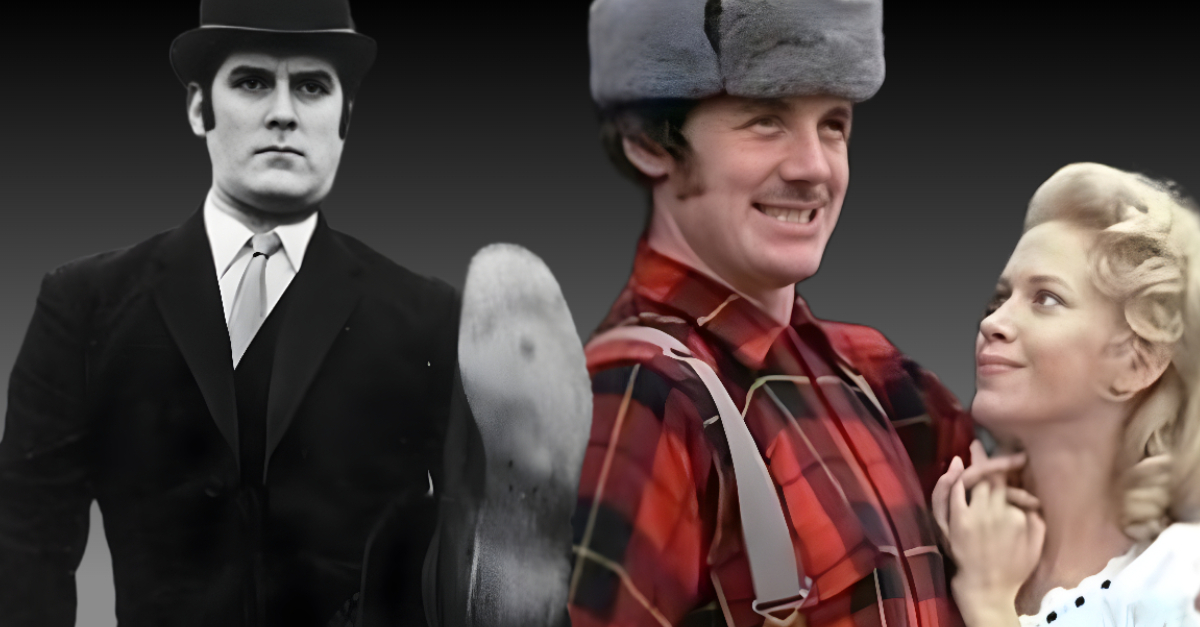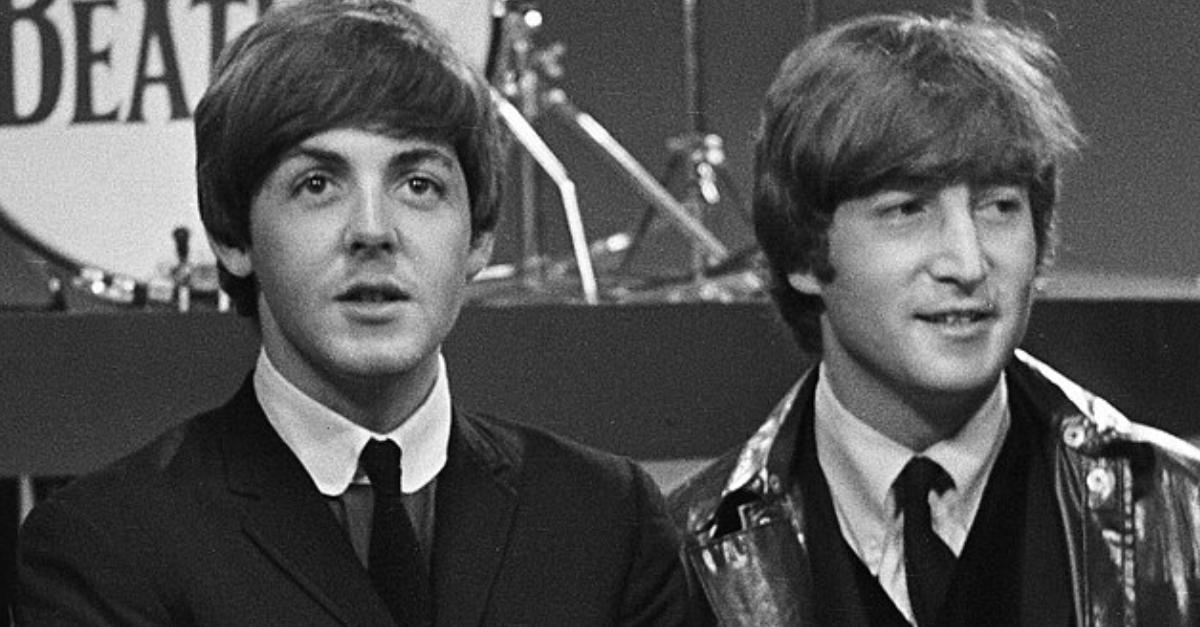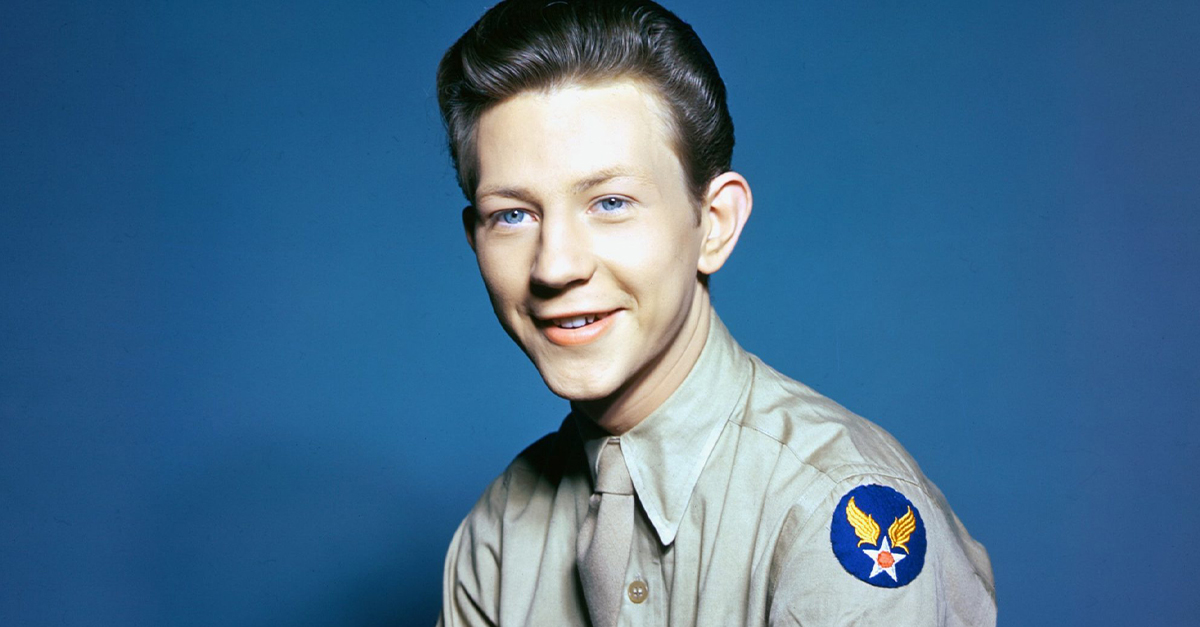And The Award Goes To…
Throughout the history of the Academy Awards, they’ve given away a whopping 96 Best Picture awards, selected from 601 films. Though each has its merits, there have been some interesting, surprising, and sometimes downright disturbing choices made by the Academy over the years—going all the way back to its inception. How many Best Picture winners have you seen?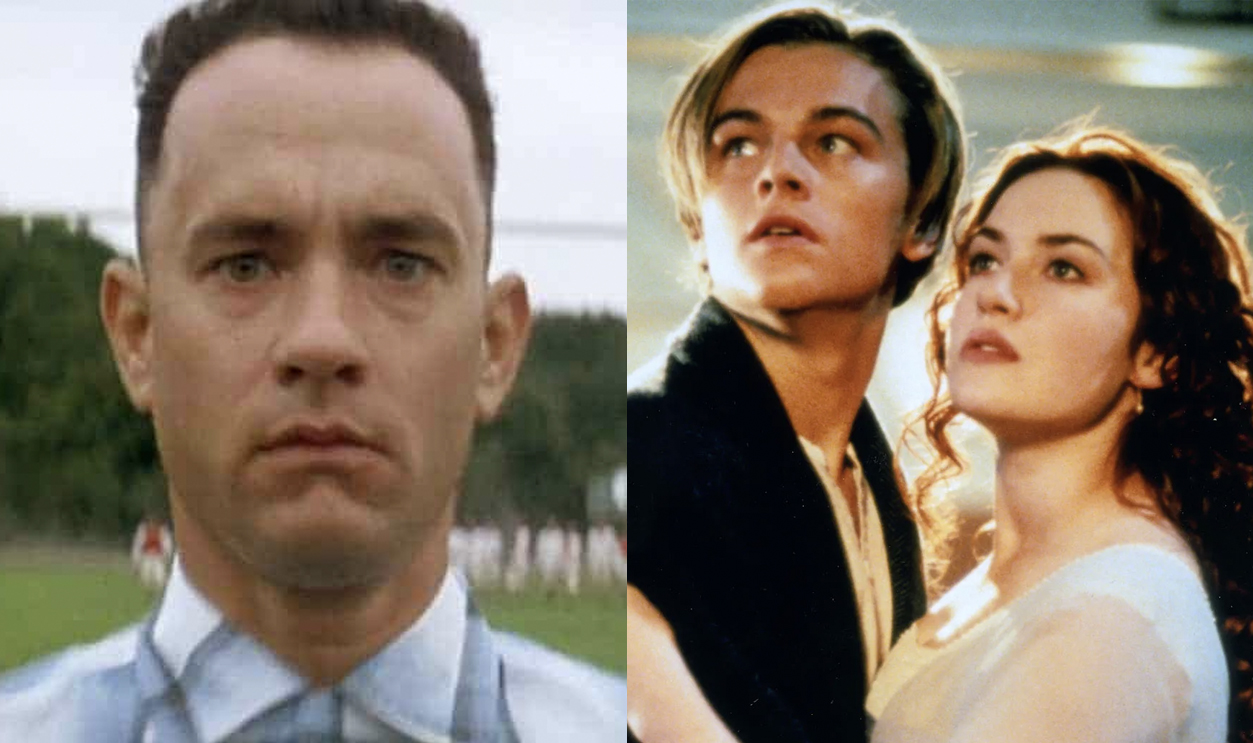
1927/1928 - "Wings”
The first Academy Awards, which took place in 1929 for films made in the two years before, technically had two awards meant to recognize the “best” pictures: “Outstanding Picture” and “Unique and Artistic Picture”. Interestingly, one of the biggest hit films of that era, Al Jolson’s The Jazz Singer, was disqualified due to its use of synchronized sound.
The Academy thought it would’ve been unfair to the other pictures to go up against it, and gave it an honorary award instead. Ultimately, Sunrise won “Unique and Artistic Picture, while Wings, a romantic action/war picture starring Clara Bow, won “Outstanding Picture,”—the award that went on to become Best Picture.
1928/29 – The Broadway Melody
Though you’re not likely to hear much about it today, 1929’s The Broadway Melody was the source of many firsts for the Oscars. It was the first sound film to win Best Picture, and it was one of the first musicals to use a Technicolor sequence—though sadly, only black and white versions of the film survive. However, this is one you can check free streaming services for pretty soon—it goes into the public domain on January 1, 2025.
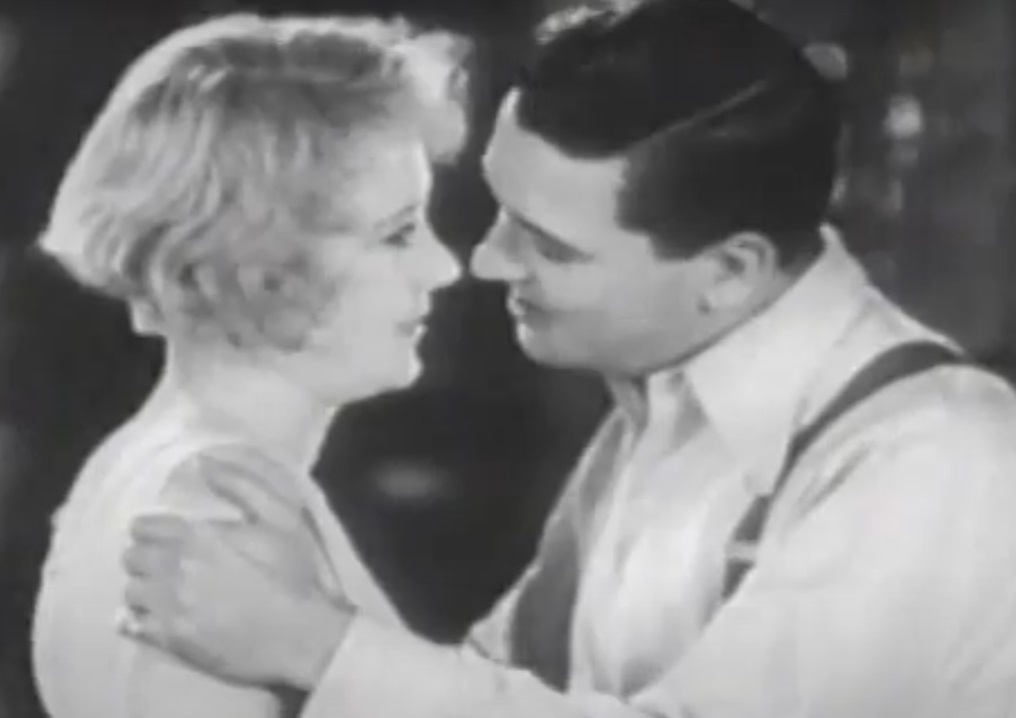 MGM, The Broadway Melody (1929)
MGM, The Broadway Melody (1929)
1929/30 – All Quiet on the Western Front
This was the first of many film adaptations of the Erich Maria Remarque novel. The epic anti-war narrative was written following Remarque’s service in the German forces in WWI, and it saw the author essentially banished Germany afterward. Considered one of the best American epic films, it caused a massive controversy in pre-WWII Germany, where teams of brownshirts led by Joseph Goebbels disrupted screenings and attacked moviegoers.
It was eventually banned in Germany, as well as in Italy, Austria, France, and peculiarly Victoria, Australia—on the grounds of “pacifism”. The horror!
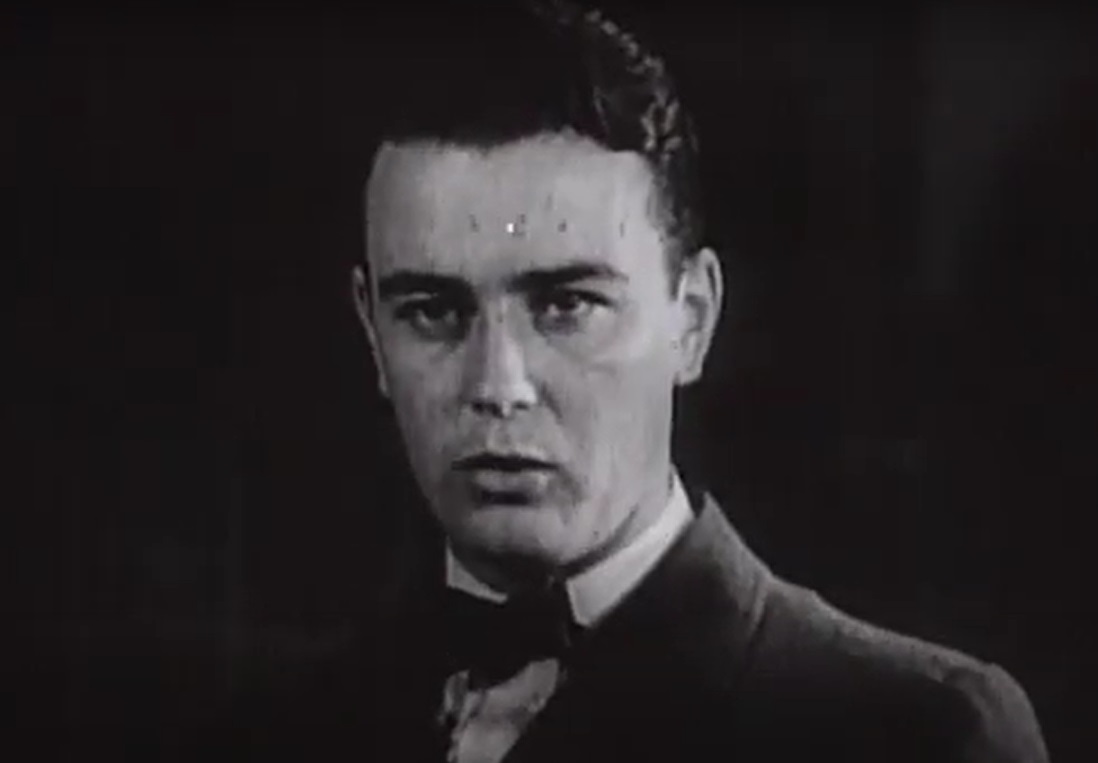 Universal, All Quiet on the Western Front (1930)
Universal, All Quiet on the Western Front (1930)
1930/31 – Cimarron
Cimarron, a pre-code epic Western film, swept the Academy Awards, winning for Best Picture, Best Adapted Screenplay, and Best Production Design, while both its leads, Richard Dix and Irene Dunn, were nominated as well. For its studio, RKO, it was a massive gamble. It was the most expensive movie they’d made—and it paid off, as it was their first win for Best Picture.
1931/32 – Grand Hotel
Competition was stiff at this Academy Awards night, as the field for Best Picture expanded from five to eight films. But was there any doubt that Grand Hotel would take it? Well, yes. Despite the fact that the star-studded film had heavy hitters like Greta Garbo, Wallace Beery, Joan Crawford, and John and Lionel Barrymore, it was only nominated in this one category, making it quite the anomaly. To date, it’s the only picture to accomplish this feat.
1932/33 – Cavalcade
At the 6th Academy Awards, the category swelled to a whopping ten pictures. The competition was stiff, with Cavalcade, a drama adapted from a Noel Coward play, going up against movies that have stood the test of time, like the Busby Berkley musical 42nd Street, an adaptation of Hemingway’s A Farewell to Arms, and Mae West’s classic She Done Him Wrong.
 Twentieth Century, Cavalcade (1933)
Twentieth Century, Cavalcade (1933)
1934 – It Happened One Night
In 1934, the category once again grew, from 10 to 12—but no one stood a chance against It Happened One Night. The Clark Gable and Claudette Colbert-starring romance, directed by Frank Capra, set a new record that night. It was the first of three films to ever sweep the “top” five categories at the Oscars—Best Picture, Best Director, Best Actor, Best Actress, and Best Screenplay.
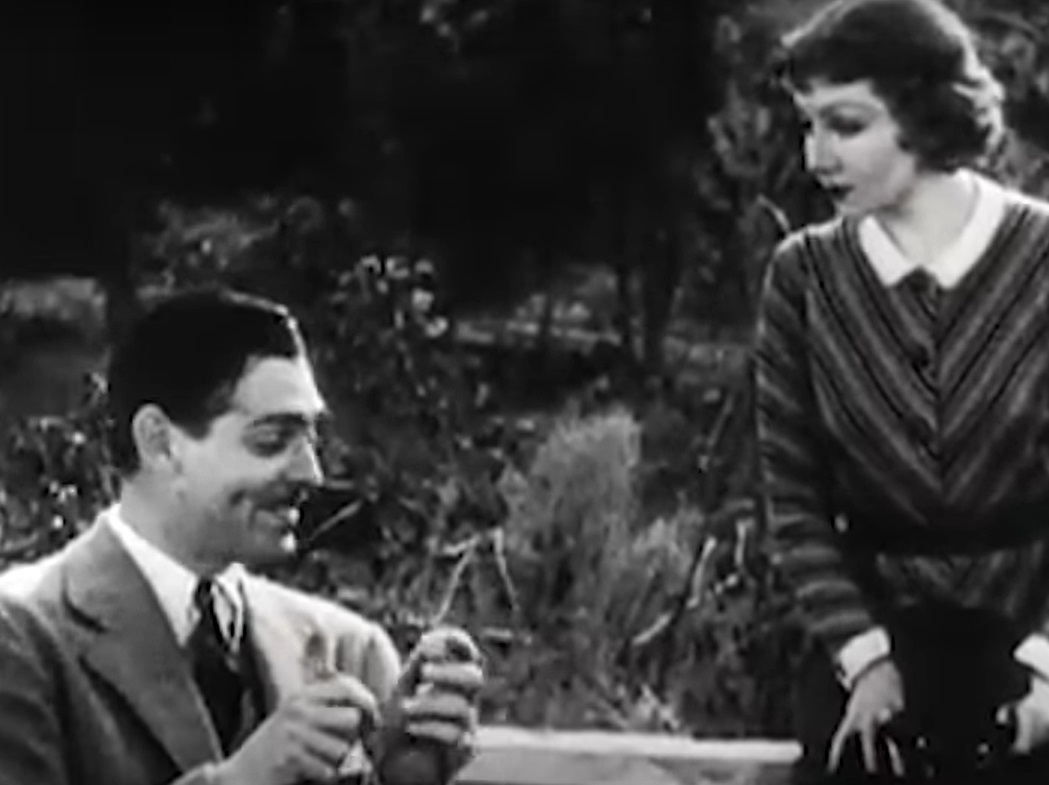 Columbia, It Happened One Night (1934)
Columbia, It Happened One Night (1934)
1935 – Mutiny on the Bounty
Like its predecessors The Broadway Melody and Grand Hotel, Mutiny on the Bounty was yet another film that was nominated in multiple categories, all of which it lost except for Best Picture. Additionally, three of its cast members—Clark Gable, Charles Laughton, and Franchot Tone—were nominated for Best Actor. As a result, the Academy created the award for Supporting Actor the following year.
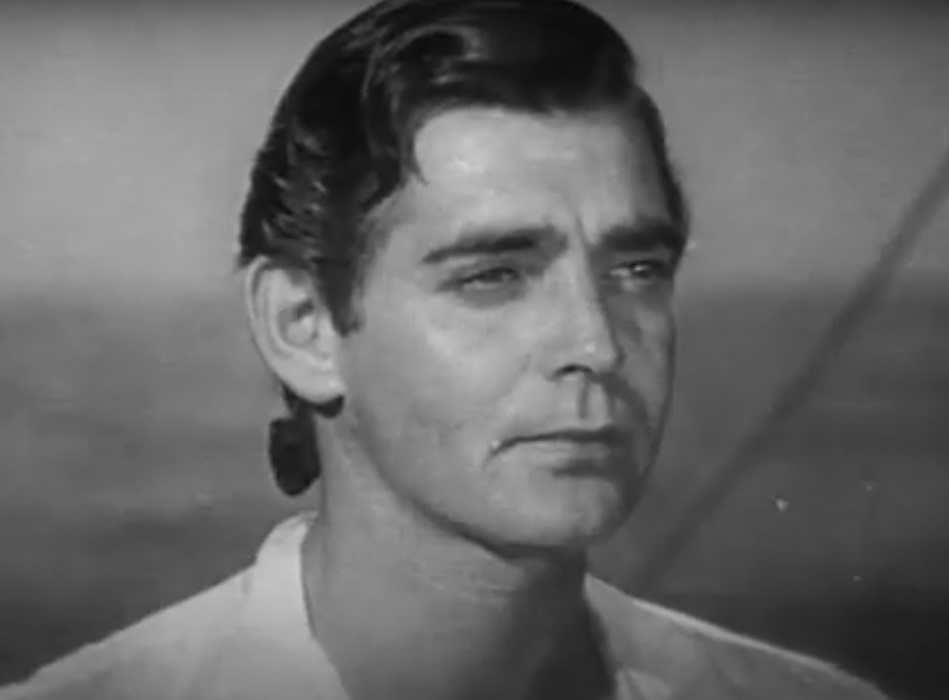 MGM, Mutiny on the Bounty (1935)
MGM, Mutiny on the Bounty (1935)
1936 – The Great Ziegfeld
This film, a fictionalized account of the life of the famed Broadway impresario Florenz Ziegfeld Jr, was a massive hit, and remains the gold standard for musical biography, and Golden Age Hollywood musicals in general.
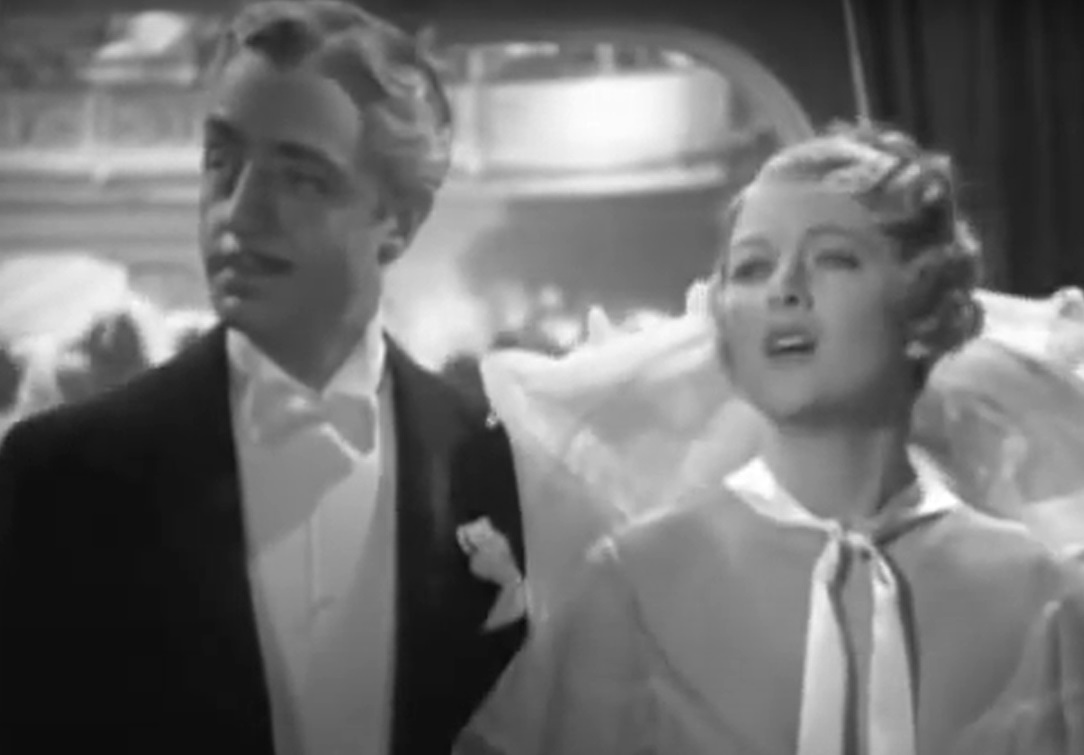 MGM, The Great Ziegfeld (1936)
MGM, The Great Ziegfeld (1936)
1937 – The Life of Emile Zola
Things took a serious turn in 1937, with the biopic of French author Zola taking home Best Picture against heavy hitters like Stage Door and the first of many adaptations of A Star Is Born, this one starring Katharine Hepburn.
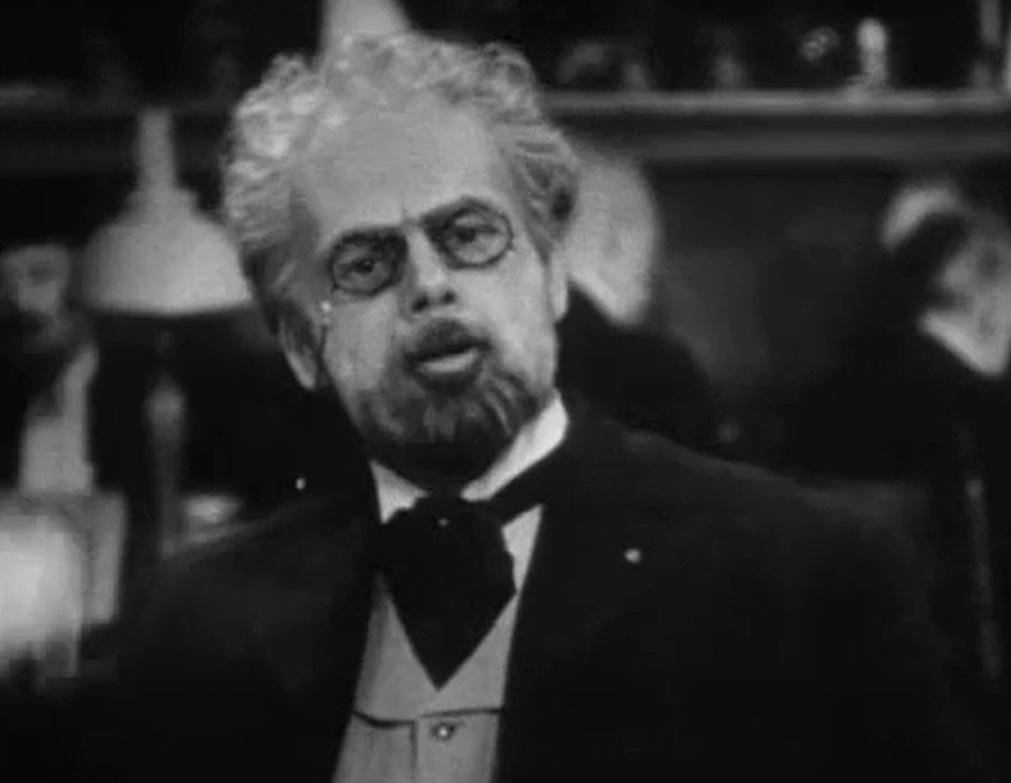 Warner Bros., The Life of Emile Zola (1937)
Warner Bros., The Life of Emile Zola (1937)
1938 – You Can’t Take It with You
This star-studded romantic comedy directed by Frank Capra was an easy bet to win Best Picture. Capra’s previous films, It Happened One Night and Mr Deeds Goes to Town, had won him Best Director Oscars—and You Can’t Take it With You made it a hat trick.
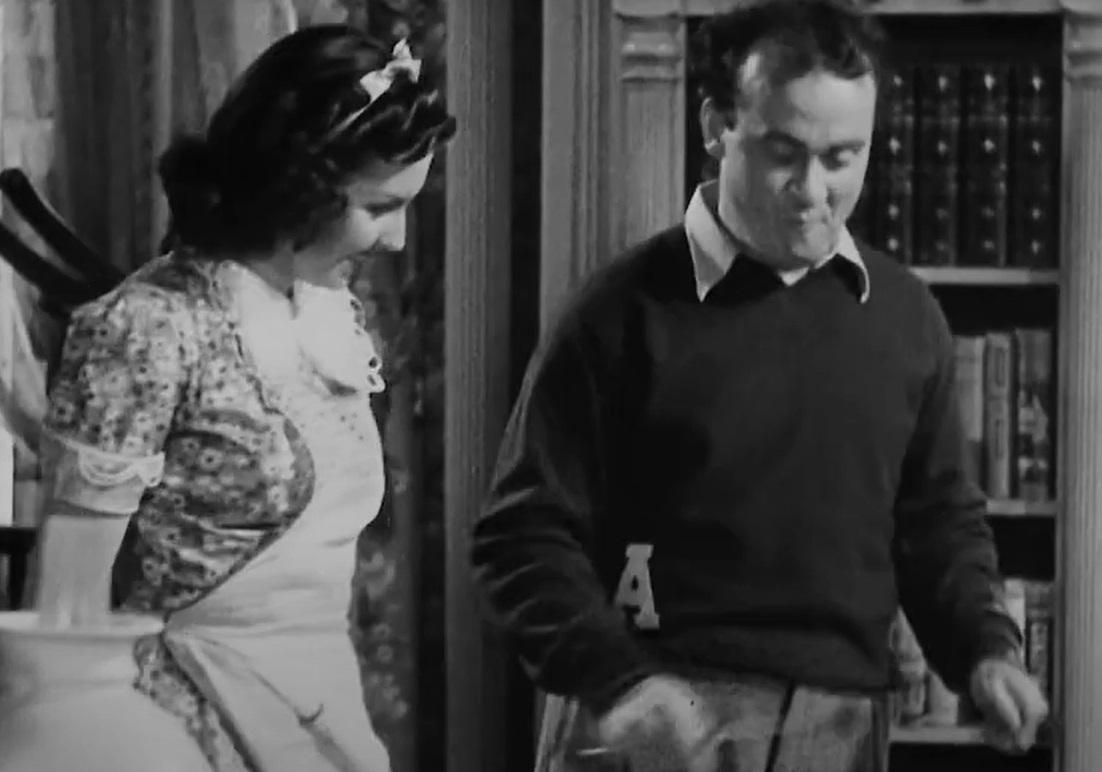 Columbia, You Can't Take It with You (1938)
Columbia, You Can't Take It with You (1938)
1939 – Gone with the Wind
Could the competition have been any more fierce in 1939? Were it not for timing, we wouldn’t have one of the greatest Oscar upsets in history—though truly, both pictures involved deserved to win. Though the sweeping epic Gone With the Wind won in 1939, it took the trophy from no less a film than The Wizard of Oz—truly, two of the greatest entries into the canon of American film history.
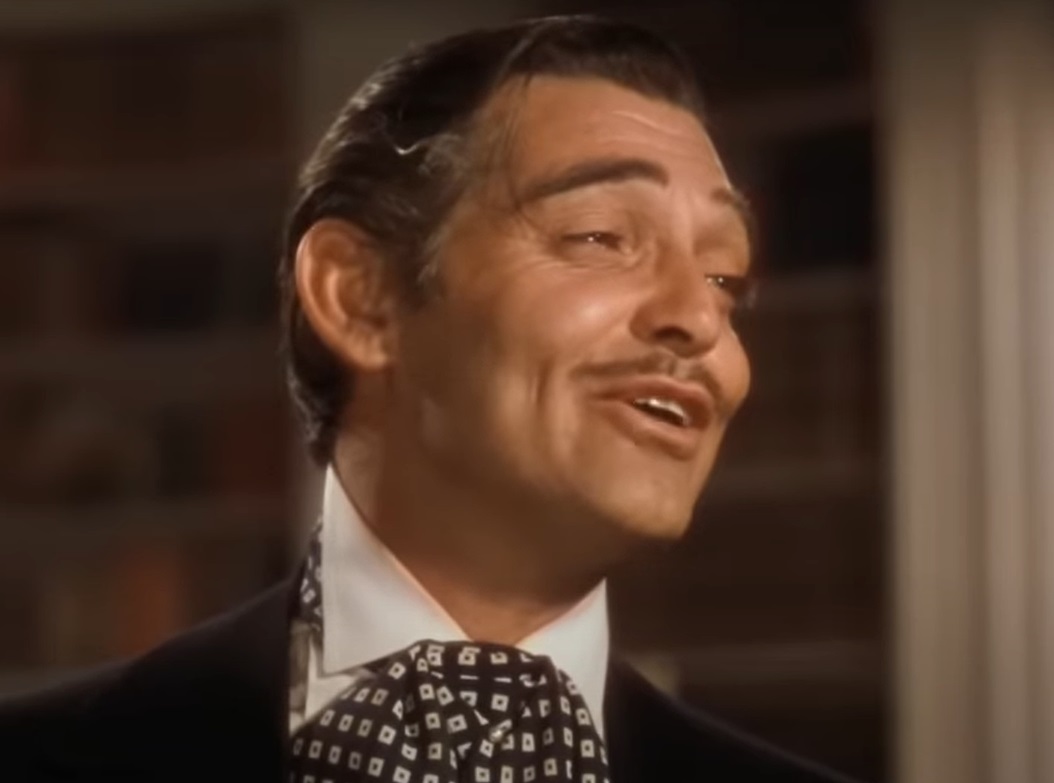 MGM, Gone with the Wind (1939)
MGM, Gone with the Wind (1939)
1940 – Rebecca
Alfred Hitchcock had a successful career directing thrillers in English before being scouted by David O Selznick and signed to a contract with his production company. The first film in the deal was Rebecca, a romantic psychological thriller that ended with a Best Picture win, proving that Selznick had made the right choice bringing Hitchcock to Hollywood.
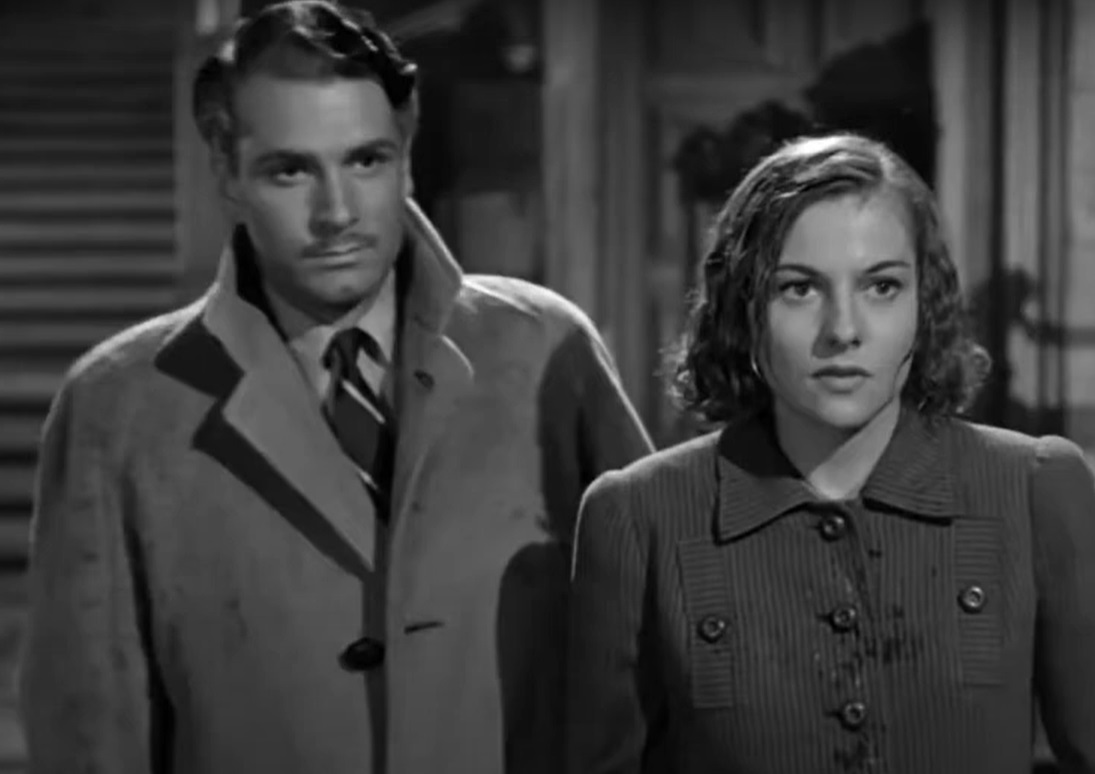 United Artists, Rebecca (1940)
United Artists, Rebecca (1940)
1941 – How Green Was My Valley
This John Ford drama chronicling the lives of a family in the South Wales coalfields was nominated for a whopping ten awards—but it’s even more shocking to learn which films it won against—not just noir classic The Maltese Falcon, but a film generally considered to be one of the greatest of all time, Citizen Kane.
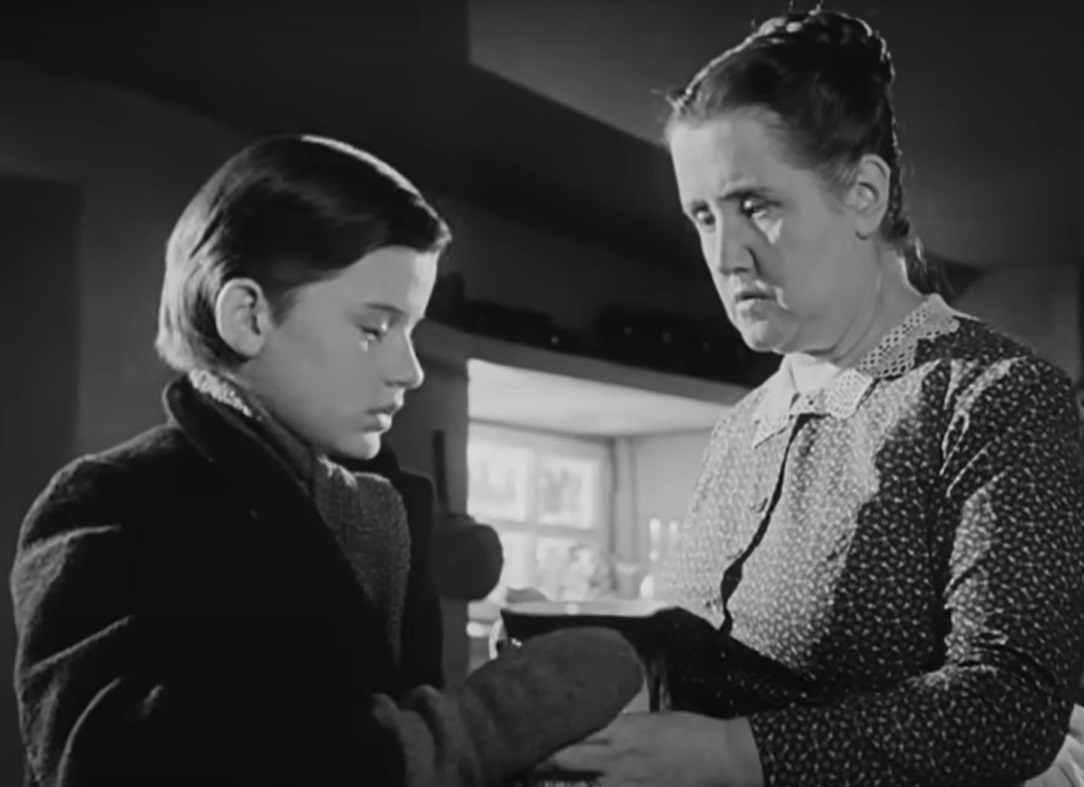 Twentieth Century, How Green Was My Valley (1941)
Twentieth Century, How Green Was My Valley (1941)
1942 – Mrs. Miniver
This commercial and critical success was the highest-grossing film of 1942 and it won six Oscars. It was also the first Best Picture winner to tackle a very prescient issue at the time, telling the story of a British housewife in England and how WWII affected her.
1943 – Casablanca
What’s the opposite of an upset? It’s no surprise that Casablanca took home Best Picture, but that’s not to say that it didn’t have fierce competition. It went up against heavy hitters like Heaven Can Wait and For Whom The Bell Tolls.
 Warner Bros., Casablanca (1942)
Warner Bros., Casablanca (1942)
1944 – Going My Way
As WWII raged on, a thinned-down Oscar ceremony was broadcast on the radio for the first time, with Bob Hope hosting. This year, only five pictures were nominated, and though 20th Century-Fox campaigned hard for their Woodrow Wilson biopic, Wilson, Paramount’s musical-comedy Going My Way beat out the patriotic flick.
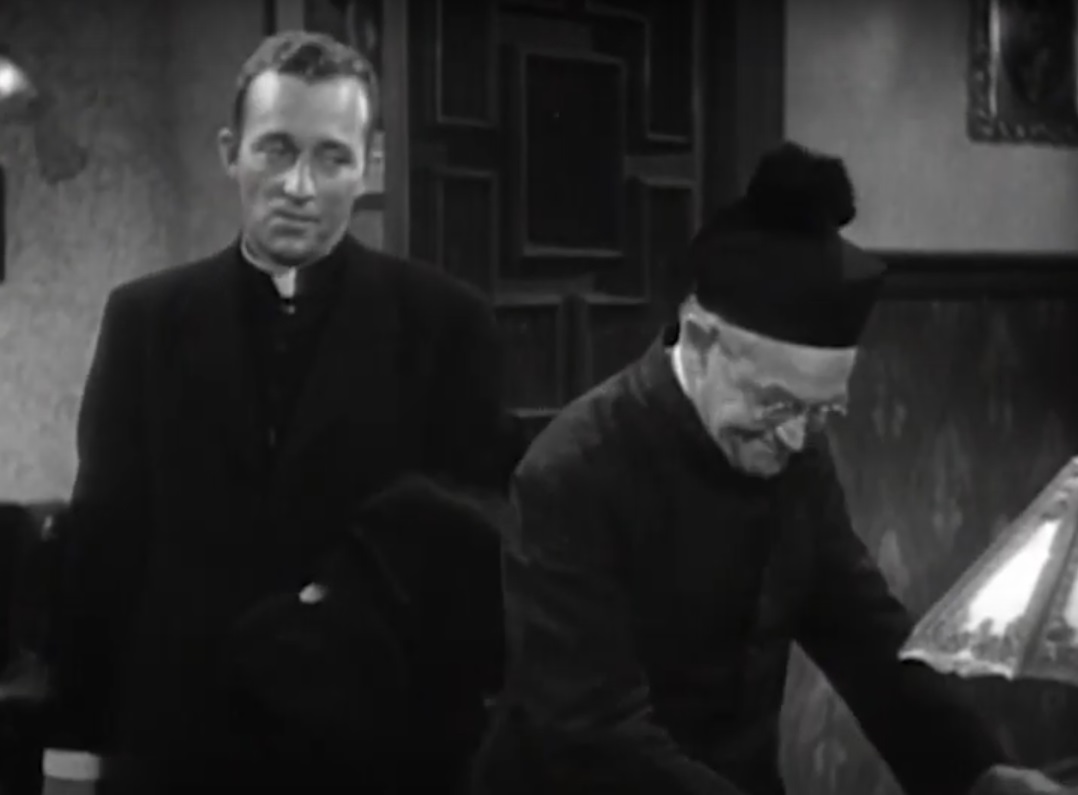 Paramount, Going My Way (1944)
Paramount, Going My Way (1944)
1945 – The Lost Weekend
Surely, The Lost Weekend has its fans. But when you consider what it was up against—the classic Bing Crosby/Ingrid Bergman musical The Bells of St Mary’s; noir staple Mildred Pierce; and Hitchcock’s Spellbound (also starring Bergman), it’s a surprise that it took home Best Picture.
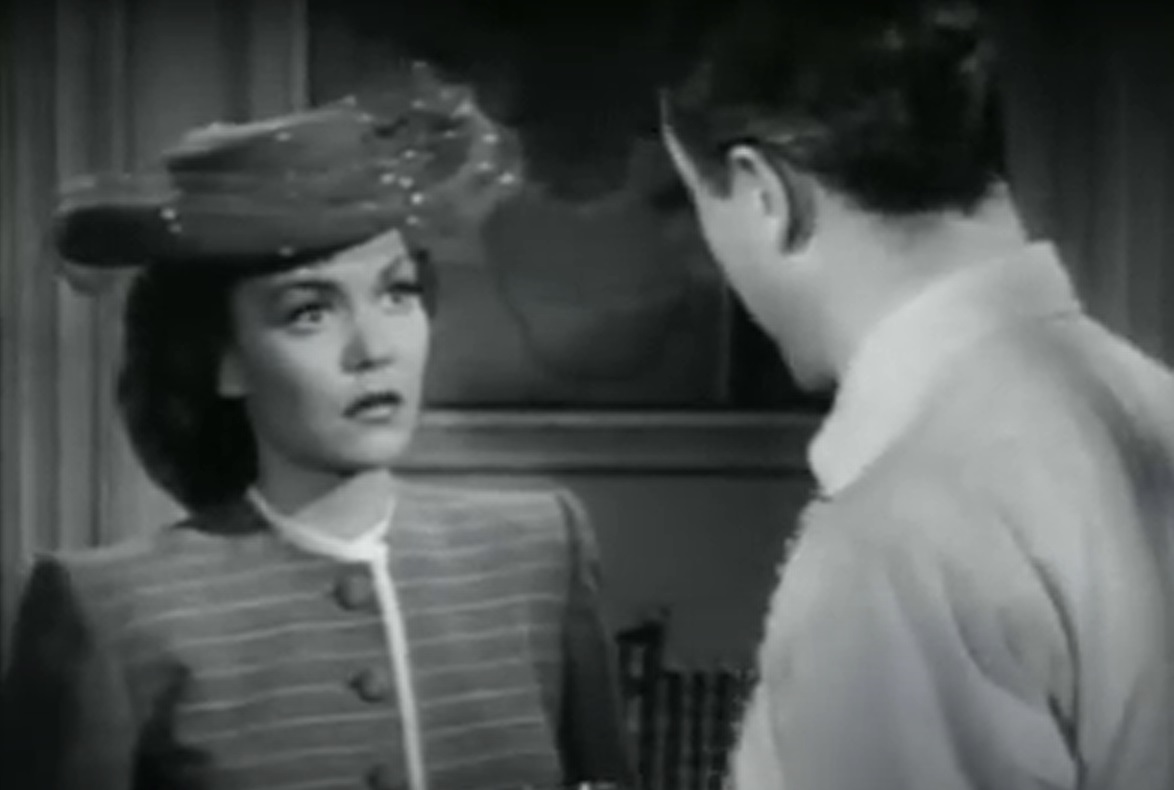 Paramount, The Lost Weekend (1945)
Paramount, The Lost Weekend (1945)
1946 – The Best Years of Our Lives
The Best Years of Our Lives swept the 19th Academy Awards, winning in seven categories including Best Picture. It was up against no less a film than the beloved classic It’s A Wonderful Life, which was actually something of a flop when it originally came out. It had mixed reviews and a poor box office return—but my, how things change as time goes by.
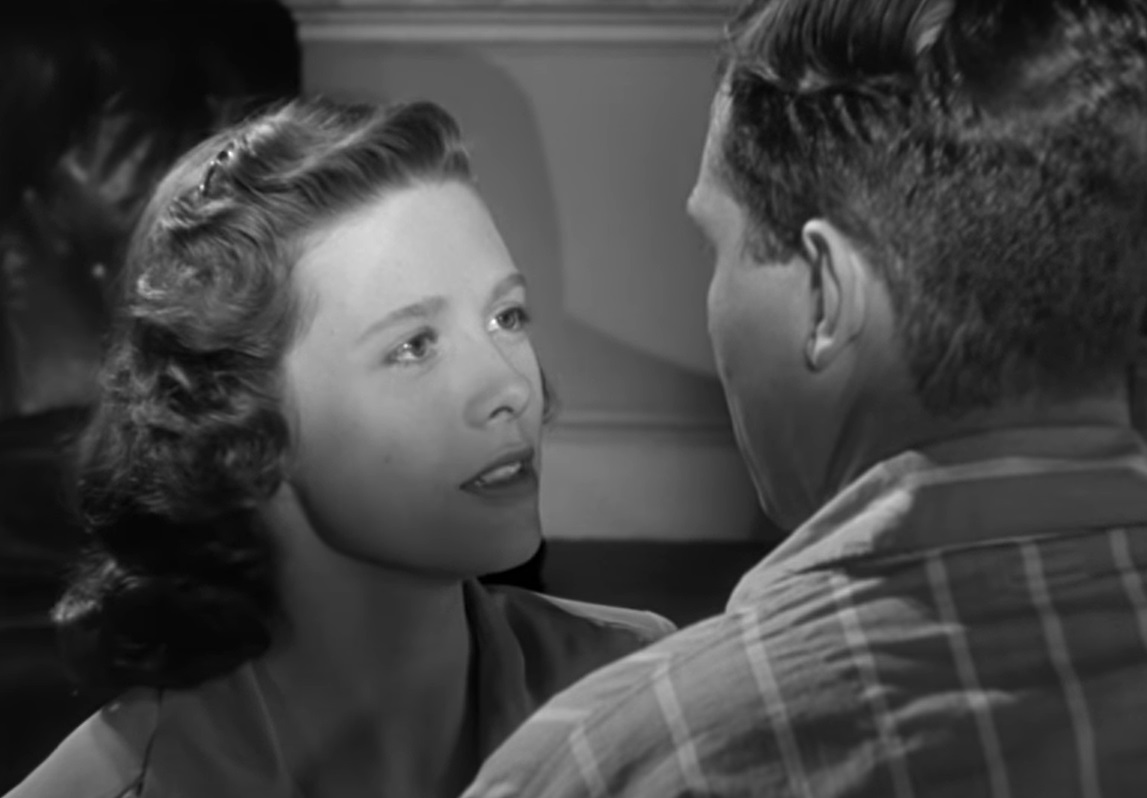 RKO, The Best Years of Our Lives (1946)
RKO, The Best Years of Our Lives (1946)
1947 – Gentleman’s Agreement
Two future Christmas classics were nominated at the 20th Academy Awards—The Bishop’s Wife and Miracle on 34th Street—but the Academy went for a serious, hard-hitting topic with Gentleman’s Agreement, which tackled the problem of anti-Semitism in New York City and its wealthy suburbs.
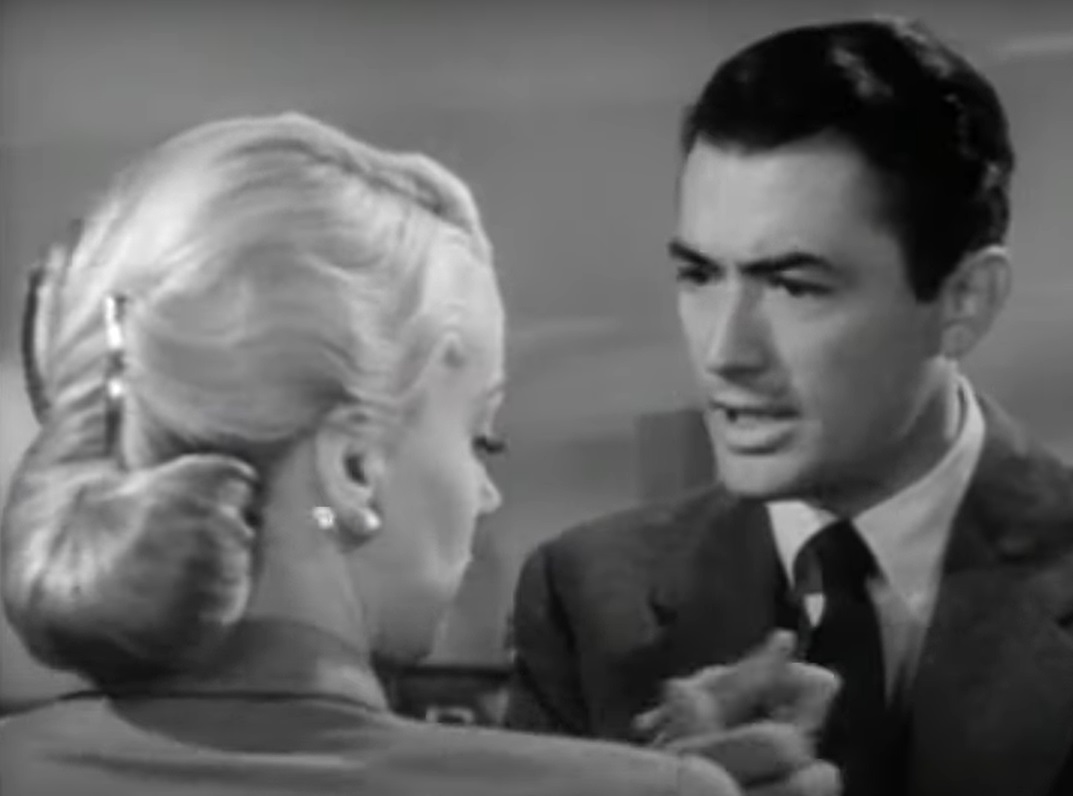 Twentieth Century, Gentleman's Agreement (1947)
Twentieth Century, Gentleman's Agreement (1947)
1948 – Hamlet
The Shakespeare adaptation that is perhaps the most critically acclaimed, 1948’s Hamlet didn’t only star Laurence Olivier—he also adapted and directed it. However, many took umbrage with the fact that Olivier cut the four-hour play down to a 155 minute film.
1949 – All the King’s Men
The poster tagline to this Best Picture winner to close out the decade reads “The Pulitzer Prize winning novel becomes a vital, very great motion picture”. Of the seven awards it was nominated for, it won three, also nabbing Best Actor for Broderick Crawford and Best Supporting Actress for Merecedes McCambridge.
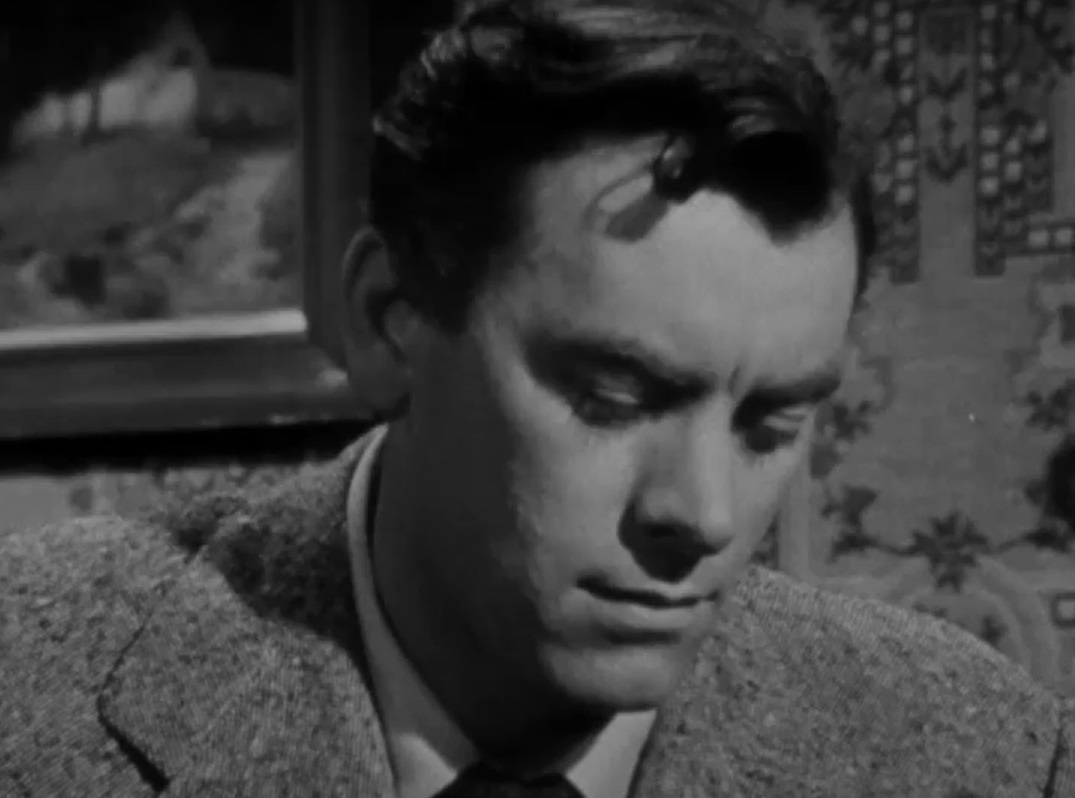 Columbia, All the King's Men (1949)
Columbia, All the King's Men (1949)
1950 – All About Eve
In 1950, two films about aging stars and their dangerous relationships with younger people were nominated—both classics that have stood the test of time: All About Eve and Sunset Boulevard. However, All About Eve was stiff competition for its rivals, receiving a record 14 nods, including four female acting nominations. Bizarrely, despite a combined six female acting nominations for the stars of both films, no actress from either walked away with a trophy.
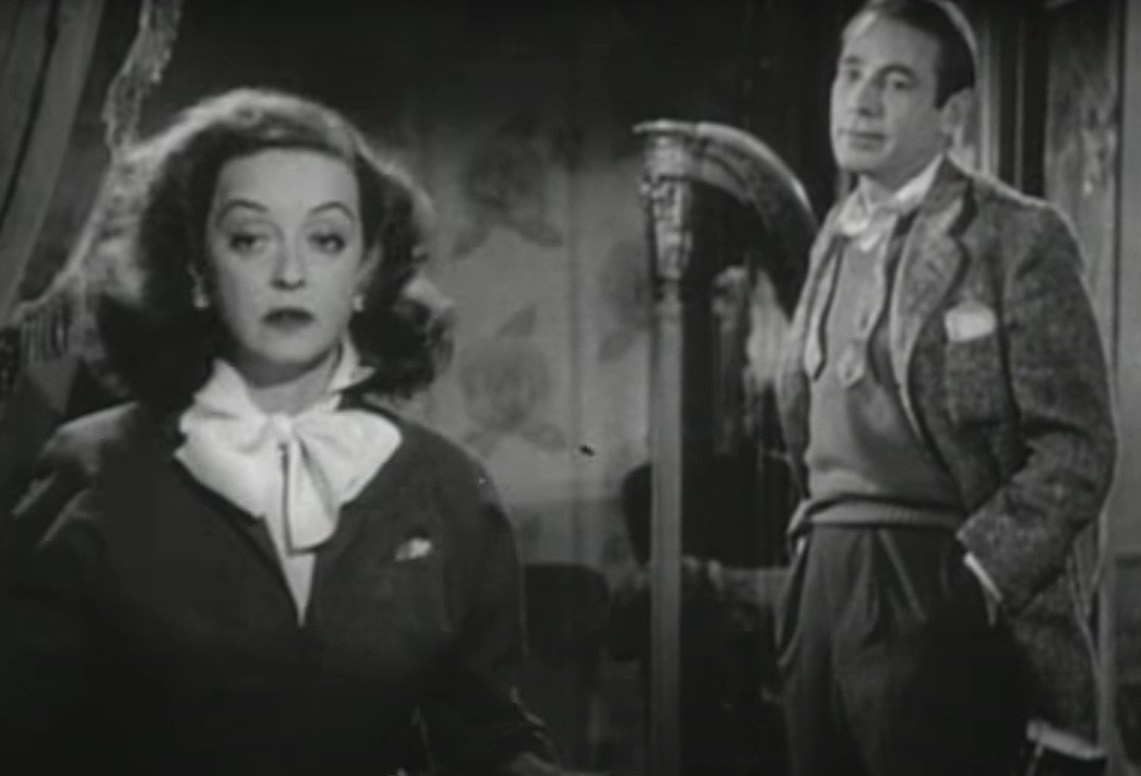 Twentieth Century, All About Eve (1950)
Twentieth Century, All About Eve (1950)
1951 – An American in Paris
The light musical romantic comedy An American in Paris, starring Gene Kelly and Leslie Caron, beat out the hard-hitting dramas A Place in the Sun and A Streetcar Named Desire at the 24th Academy Awards. This was also the year that the Academy began to give the award to producers, as opposed to studios, for Best Picture.
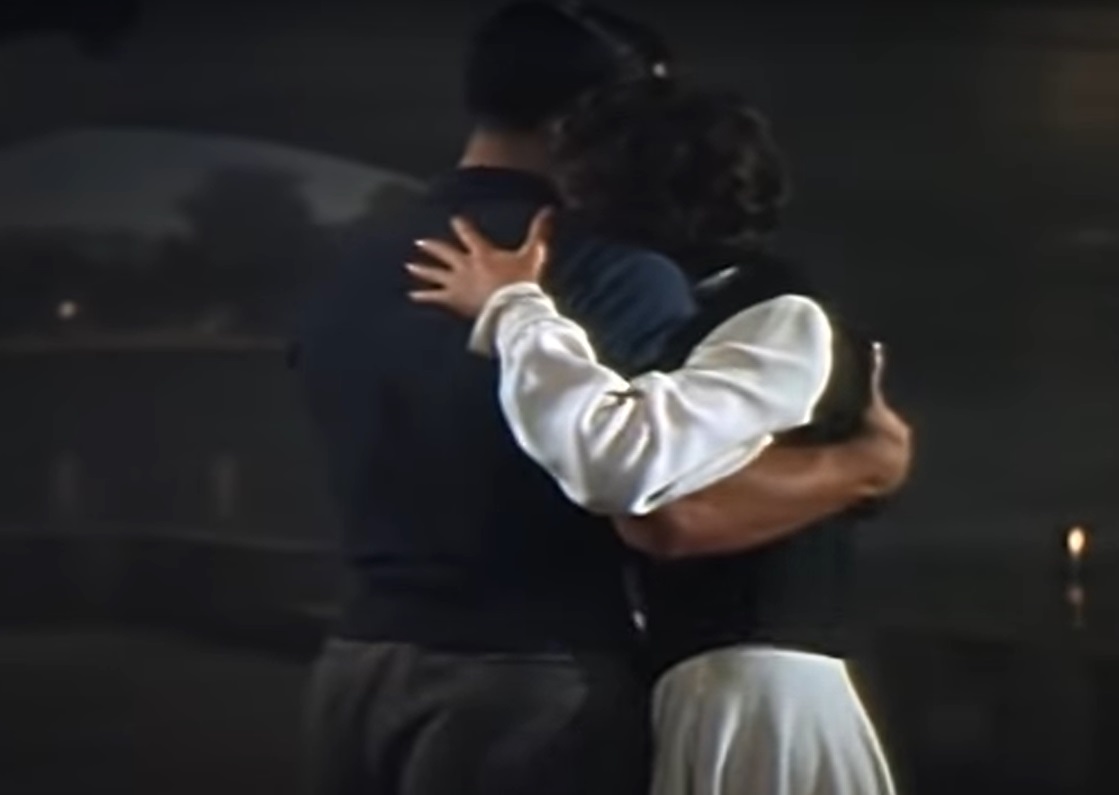 MGM, An American in Paris (1951)
MGM, An American in Paris (1951)
1952 – The Greatest Show on Earth
Cecil B DeMille’s circus-set drama was the big winner at the 25th Academy Awards. The film featured real performers from the Ringling Bros and Barnum & Bailey circuses. It also reunited two of the stars of It’s a Wonderful Life, James Stewart and Gloria Grahame, who played Violet in that film.
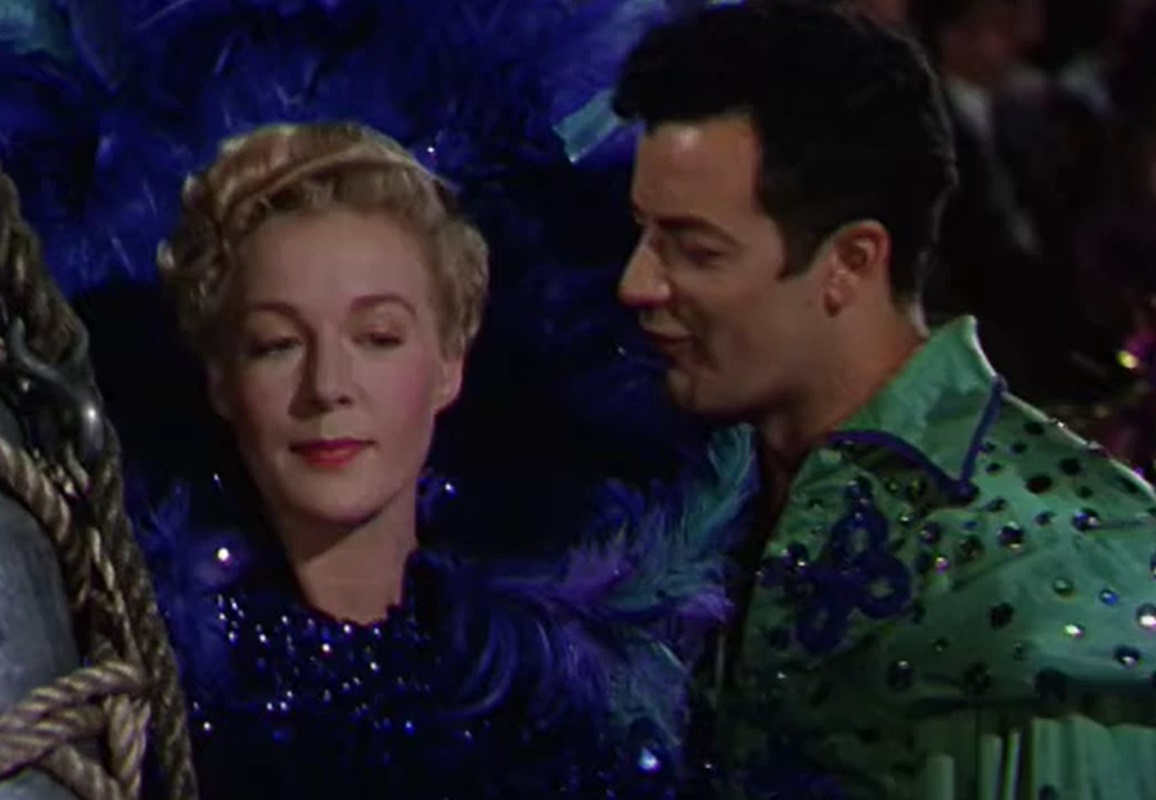 Paramount, The Greatest Show on Earth (1952)
Paramount, The Greatest Show on Earth (1952)
1953 – From Here to Eternity
This war drama centered on the lives of US soldiers in Hawaii around the period of the attack on Pearl Harbor. Burt Lancaster, Montgomery Clift, and Frank Sinatra were the headlining stars. It was rumored that Sinatra got his part in the film thanks to threats made by his Mafia connections—a story that ended up being portrayed, in its own way, in The Godfather.
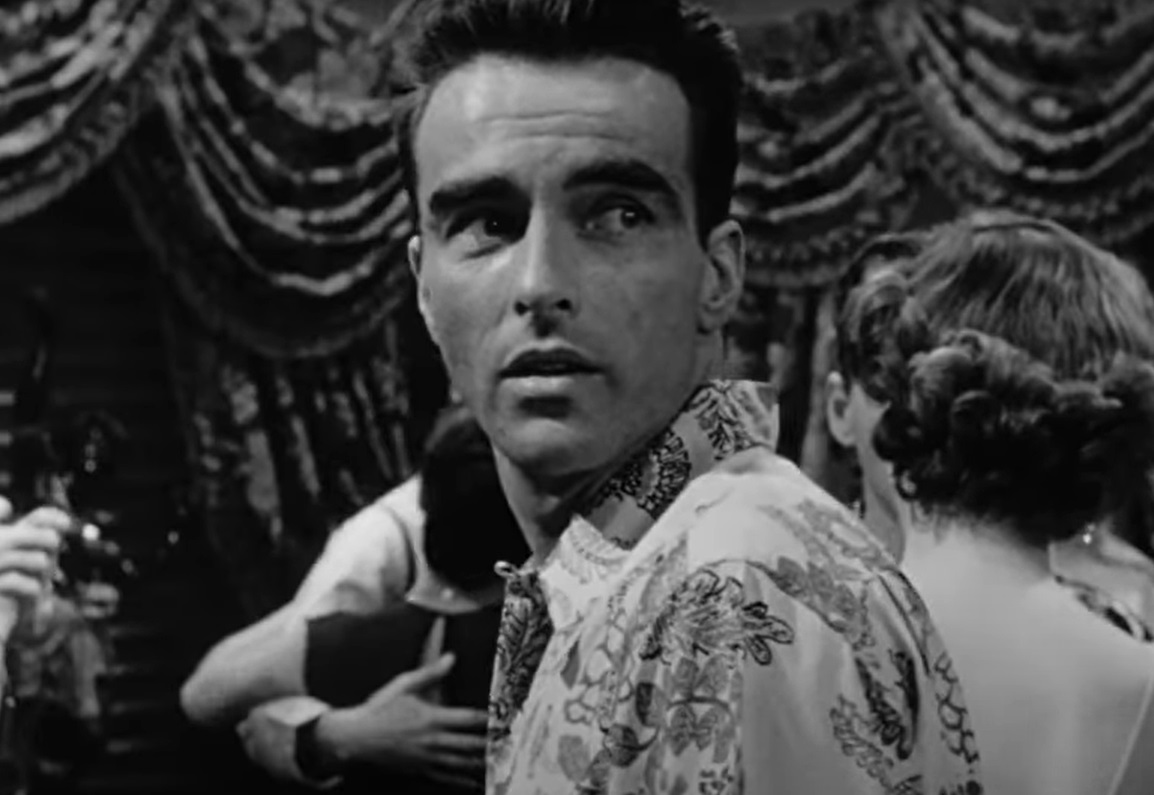 Columbia, From Here to Eternity (1953)
Columbia, From Here to Eternity (1953)
1954 – On the Waterfront
This film, which got Marlon Brando his first Oscar, was tainted by the controversy that preceded it. When director Elia Kazan and screenwriter Budd Schulberg were accused of being communists, they turned on their colleagues in Hollywood and testified, naming names of people they’d worked with that they believed were communists. Many believe this film to be Kazan’s response to those who criticized his choice to become a rat on his friends.
 Columbia, On the Waterfront (1954)
Columbia, On the Waterfront (1954)
1955 – Marty
Marty has two interesting, if somewhat dubious, distinctions—it was the first adaptation of a TV drama to win Best Picture, and it was also the first movie to spend more money on its Oscar campaign than on the film itself--$400,000 to a $340,000 budget.
1956 – Around the World in 80 Days
There are all-star casts—and then there’s Around the World in 80 Days. The film coined the term cameo for the amount of stars it packed in in small, or even non-speaking roles. The win for producer Michael Todd came just a few weeks after his wedding to Elizabeth Taylor—and just under a year before his untimely death in a plane crash.
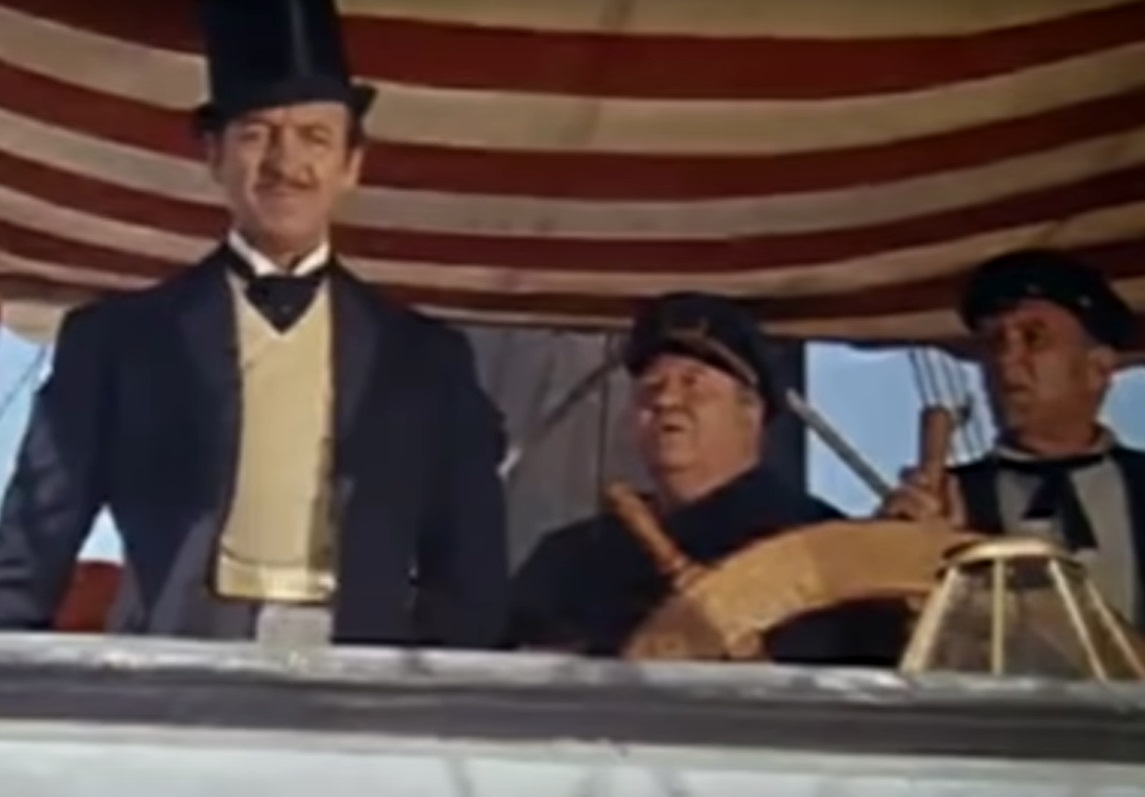 United Artists, Around the World in 80 Days (1956)
United Artists, Around the World in 80 Days (1956)
1957 – The Bridge on the River Kwai
The Bridge on the River Kwai was another Oscar winner that got caught up in the Hollywood hunt for communists. Though it won Best Picture and Best Adapted Screenplay, the Academy gave the award to the author of the novel the film was based on, instead of the two writers, Michael Wilson and Carl Foreman, who actually adapted the thing. At the time, they had been blacklisted.
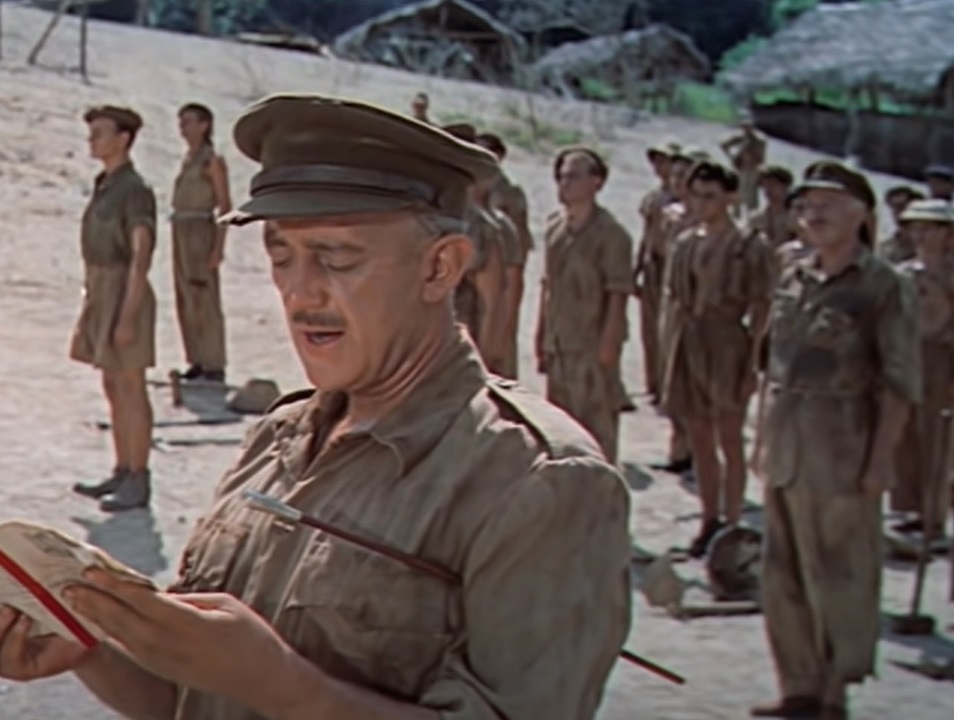 Columbia, The Bridge on the River Kwai (1957)
Columbia, The Bridge on the River Kwai (1957)
1958 – Gigi
This musical set a new record at the 31st Academy Awards: it won all nine awards that it had been nominated for. 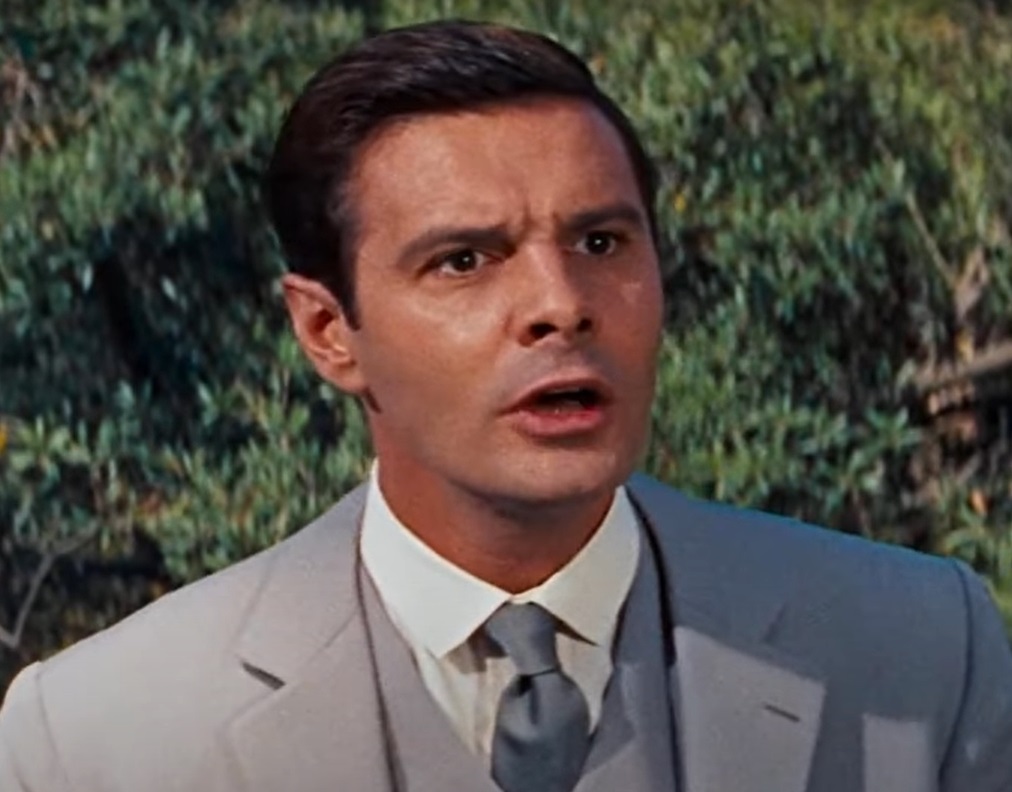 MGM, Gigi (1958)
MGM, Gigi (1958)
1959 – Ben-Hur
Though there have been many adaptations of Ben-Hur, this is THE big one—the epic we all watched at some point in school, or on cable, or with our grandparents. It was nominated for 12 Academy Awards and won 11—a feat that’s only been repeated twice since.
1960 – The Apartment
The Oscars rang in the 60s by heaping awards on this romantic comedy-drama directed, produced, and co-written by Billy Wilder, starring Jack Lemmon and Shirley MacLaine.
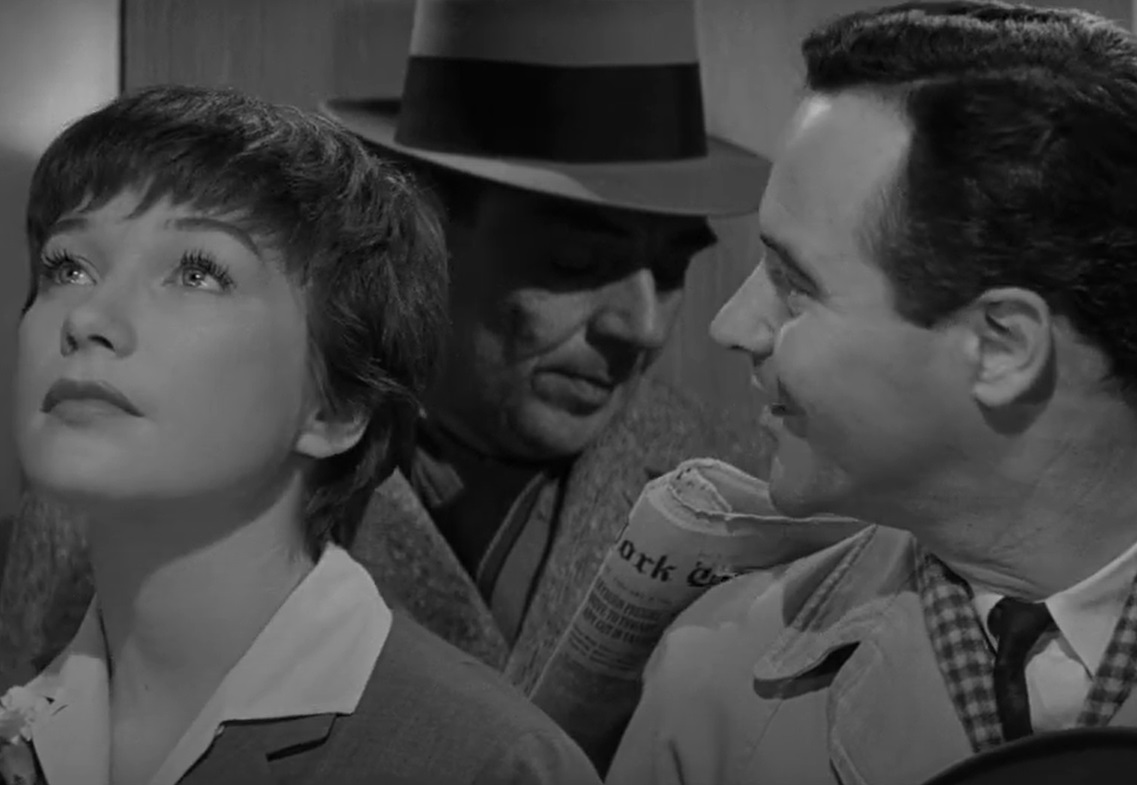 United Artists, The Apartment (1960)
United Artists, The Apartment (1960)
1961 – West Side Story
One of the most beloved musicals of all time, West Side Story set a record as the musical with the most Oscar wins, a total of 10, including Best Picture, Director, Screenplay, and Supporting Actor and Actress.
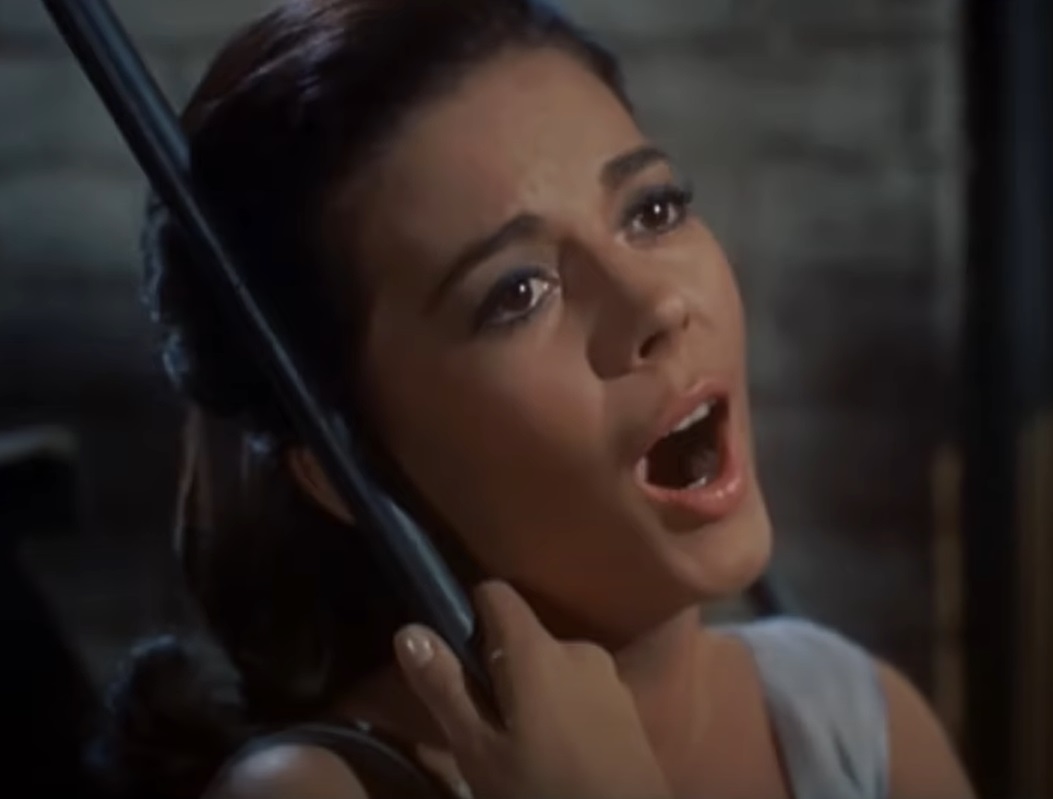 United Artists, West Side Story (1961)
United Artists, West Side Story (1961)
1962 – Lawrence of Arabia
The epic adventure film took home a slew of awards, including Best Picture—and it also set a record as the longest Best Picture in Oscar history, with a runtime of 3 hours and 48 minutes. That’s just one minute longer than Gone With the Wind.
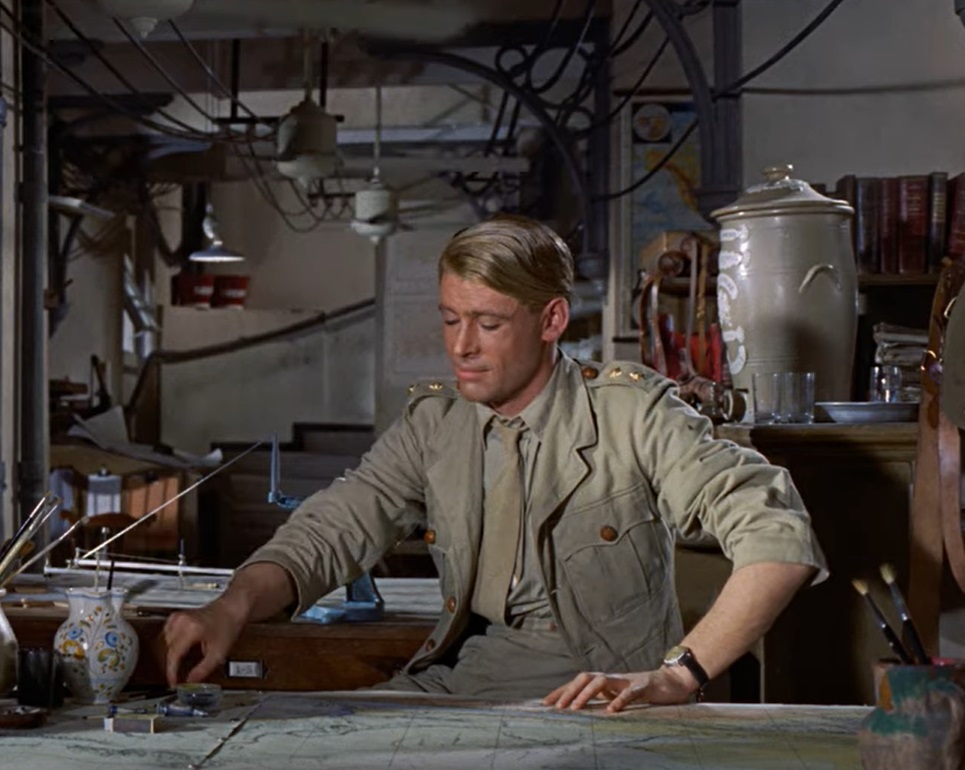 Columbia, Lawrence of Arabia (1962)
Columbia, Lawrence of Arabia (1962)
1963 – Tom Jones
This British comedy went up against a serious heavy hitter: the Elizabeth Taylor-led Cleopatra. Regardless, it took home four Oscars, and a bunch of Golden Globes and BAFTAs as well.
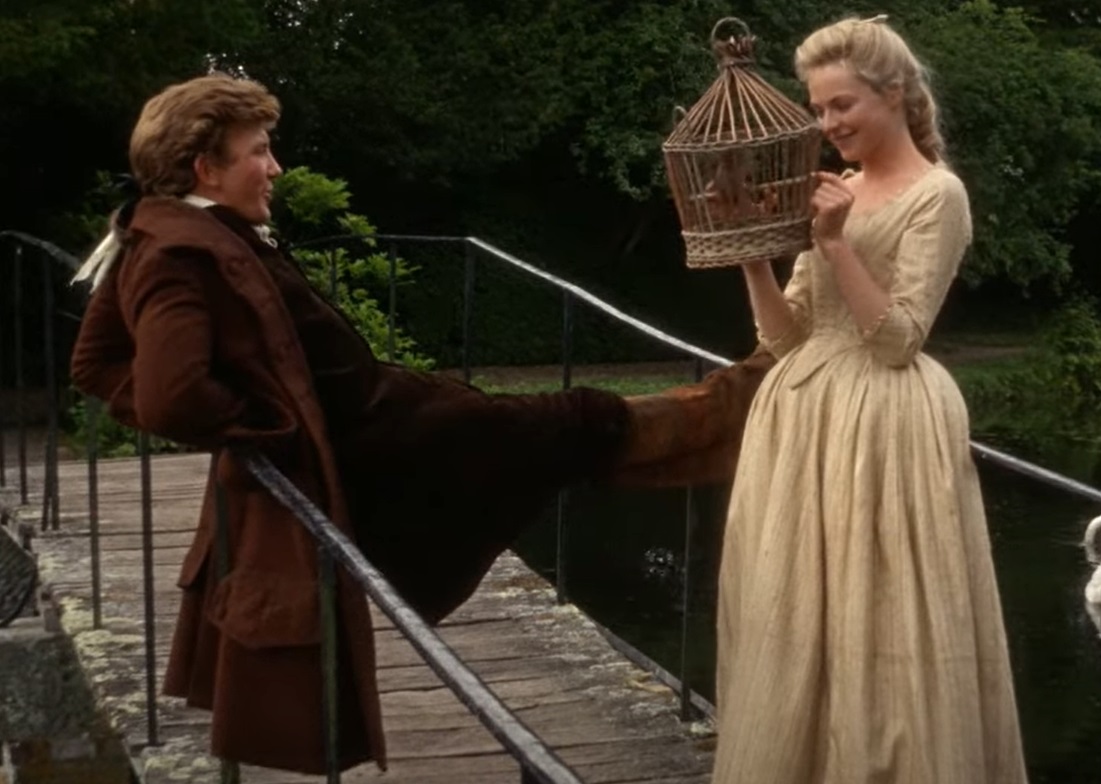 United Artists, Tom Jones (1963)
United Artists, Tom Jones (1963)
1964 – My Fair Lady
There was stiff competition at the 37th Academy Awards, but My Fair Lady beat out Kubrick’s Dr Strangelove or: How I Learned to Stop Worrying and Love the Bomb, and the Disney classic Mary Poppins.
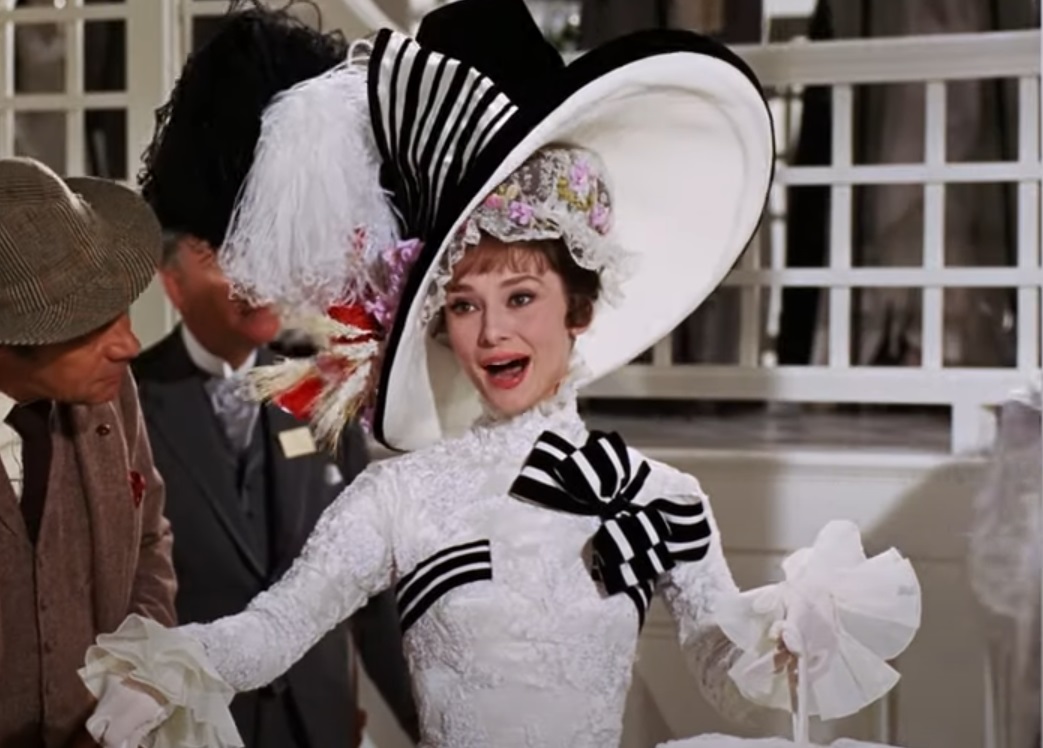 Warner Bros., My Fair Lady (1964)
Warner Bros., My Fair Lady (1964)
1965 – The Sound of Music
Tensions were once again high at the 38th Academy Awards, but ultimately, The Sound of Music beat out competitors like Doctor Zhivago and Ship of Fools. The beloved musical ended up with five awards including Best Picture at the end of the night—with Zhivago also taking home the same amount.
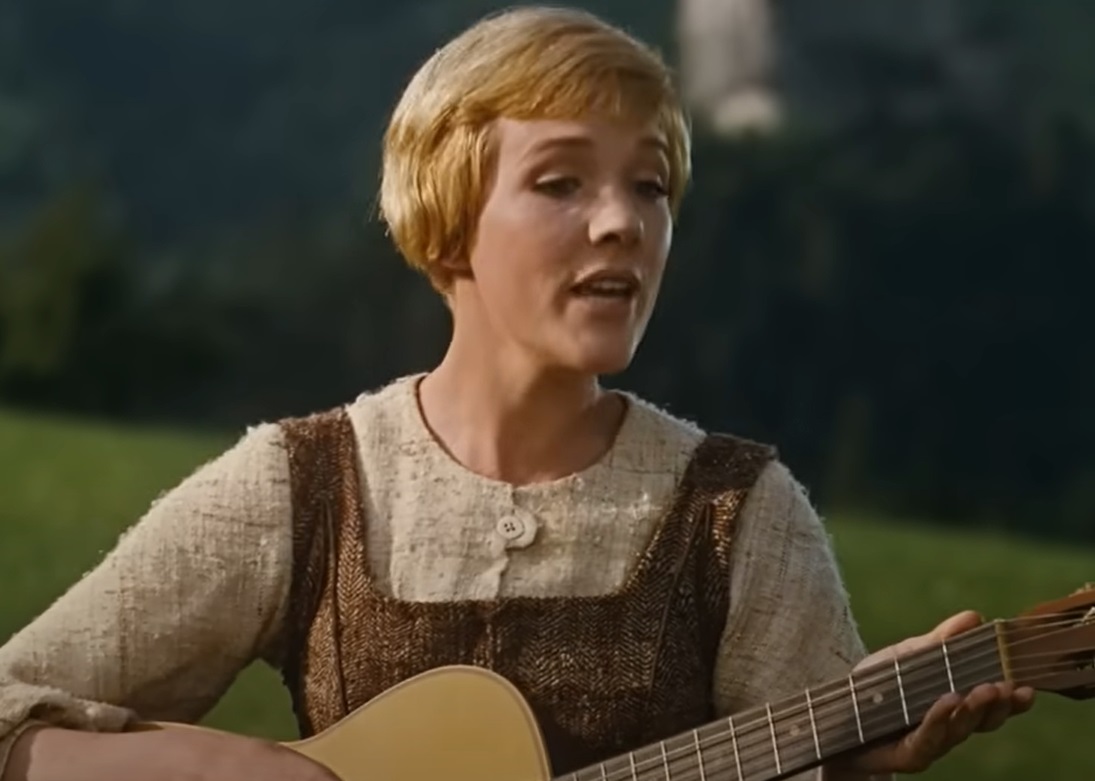 Twentieth Century, The Sound of Music (1965)
Twentieth Century, The Sound of Music (1965)
1966 – A Man for All Seasons
A Man for All Seasons is the story of Sir Thomas More’s final years spent locked in a political battle with Henry VIII as he attempted to divorce his first wife and name himself head of the Church of England. The Historical drama took home six awards at the 39th Academy Awards
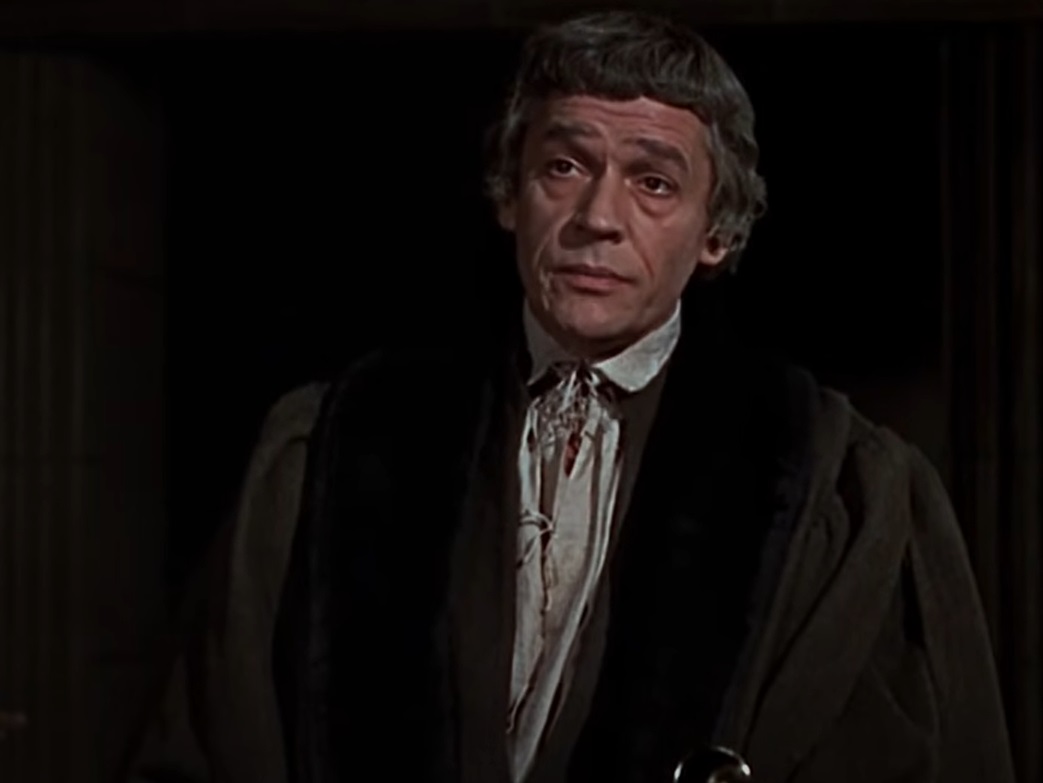 Columbia, A Man for All Seasons (1966)
Columbia, A Man for All Seasons (1966)
1967 – In the Heat of the Night
This mystery was actually up against another film, Guess Who’s Coming To Dinner, with the same star, Sidney Poitier. Despite the fact that each film ended up nominated for the “Big 5” Oscars, Sidney Poitier was, in each case, snubbed, with his co-stars getting nominated instead.
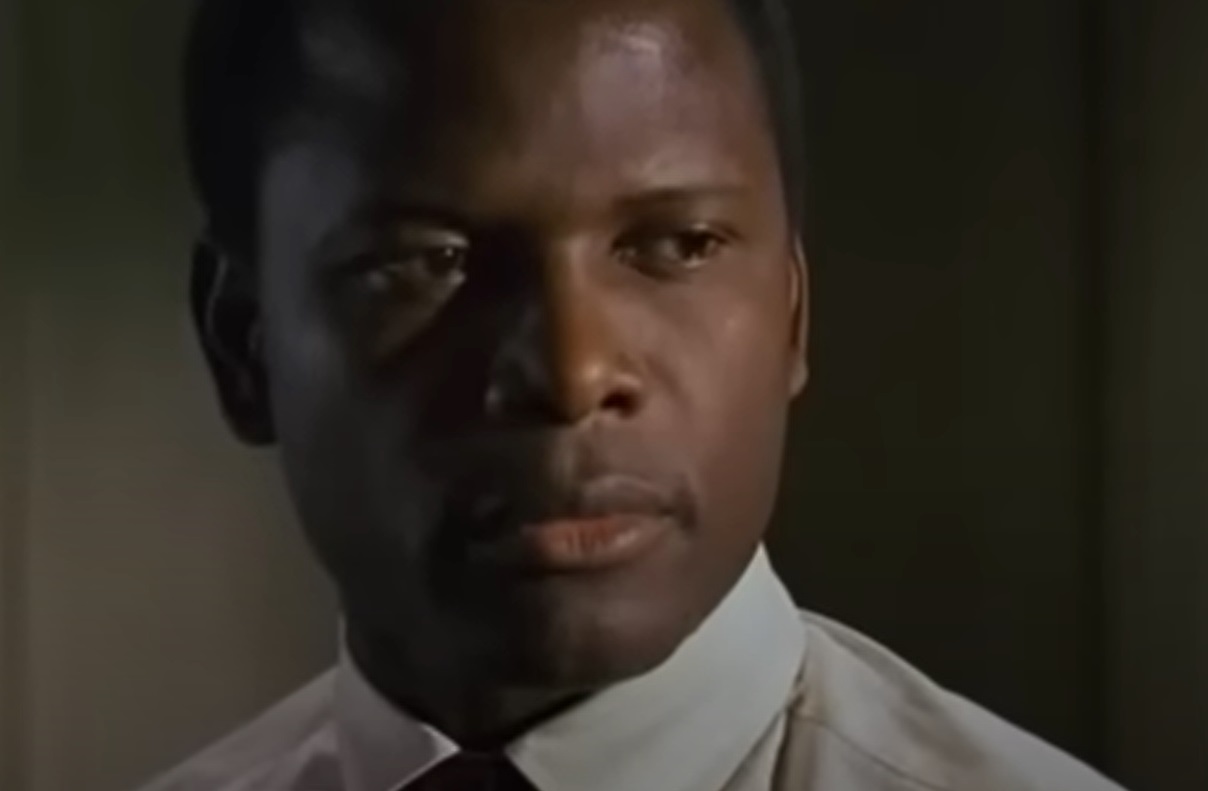 United Artists, In the Heat of the Night (1967)
United Artists, In the Heat of the Night (1967)
1968 – Oliver!
Though the era of the Hollywood musical was arguably in a period of fallow by the mid-60s, Oliver! was an obvious exception. It was nominated for 11 Oscars and went home with six trophies.
1969 – Midnight Cowboy
Film changed as the 60s came to a close, with movies like Easy Rider and Midnight Cowboy representing a grittier, less glamorous reality than the ones normally portrayed in Hollywood movies. Midnight Cowboy was the first X-rated (equivalent to NC-17 today) film to win Best Picture.
 United Artists, Midnight Cowboy (1969)
United Artists, Midnight Cowboy (1969)
1970 – Patton
Arriving when it did, in the middle of the Vietnam War, Patton left some critics confused over its messaging, and they couldn’t quite figure out if it was pro- or anti-war. Regardless, many praised George C Scott’s performance, it won Best Picture at the 43rd Academy Awards.
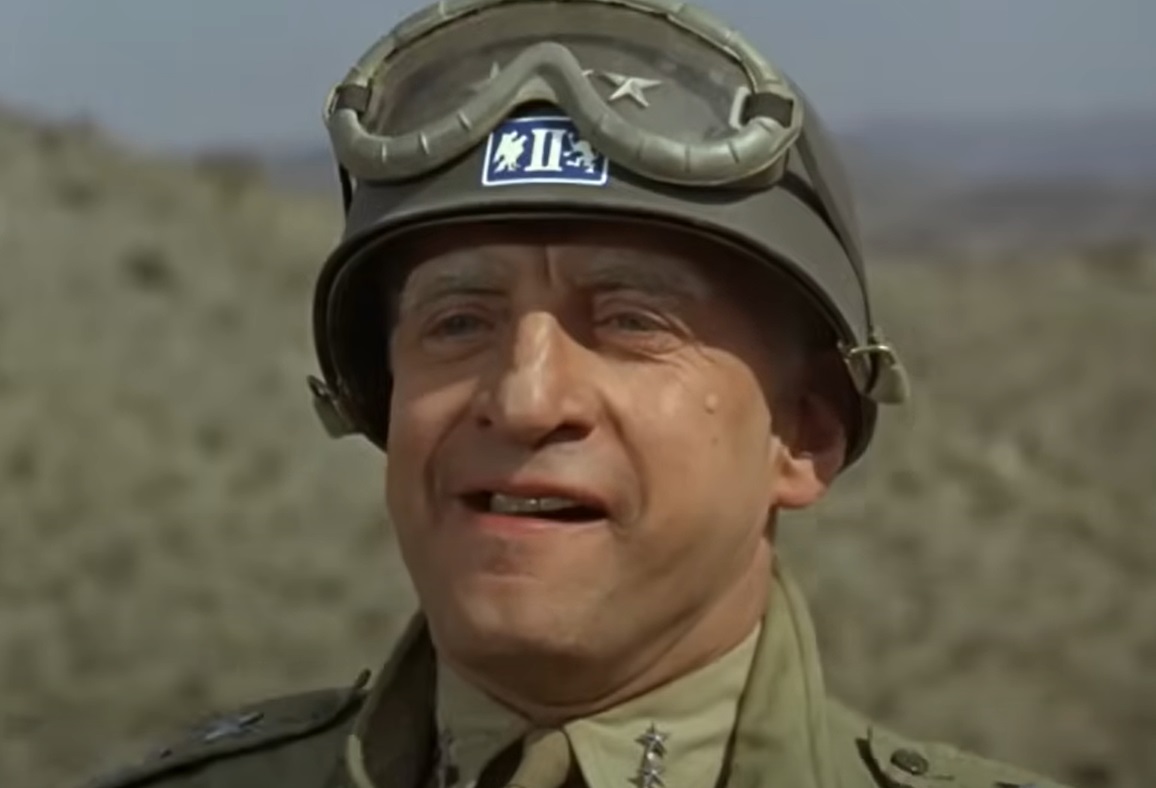 Twentieth Century, Patton (1970)
Twentieth Century, Patton (1970)
1971 – The French Connection
This 1971 neo-noir action thriller had serious competition from Fiddler on the Roof, The Last Picture Show, and Kubrick’s A Clockwork Orange. It ended up taking home five of the eight awards it was nominated for.
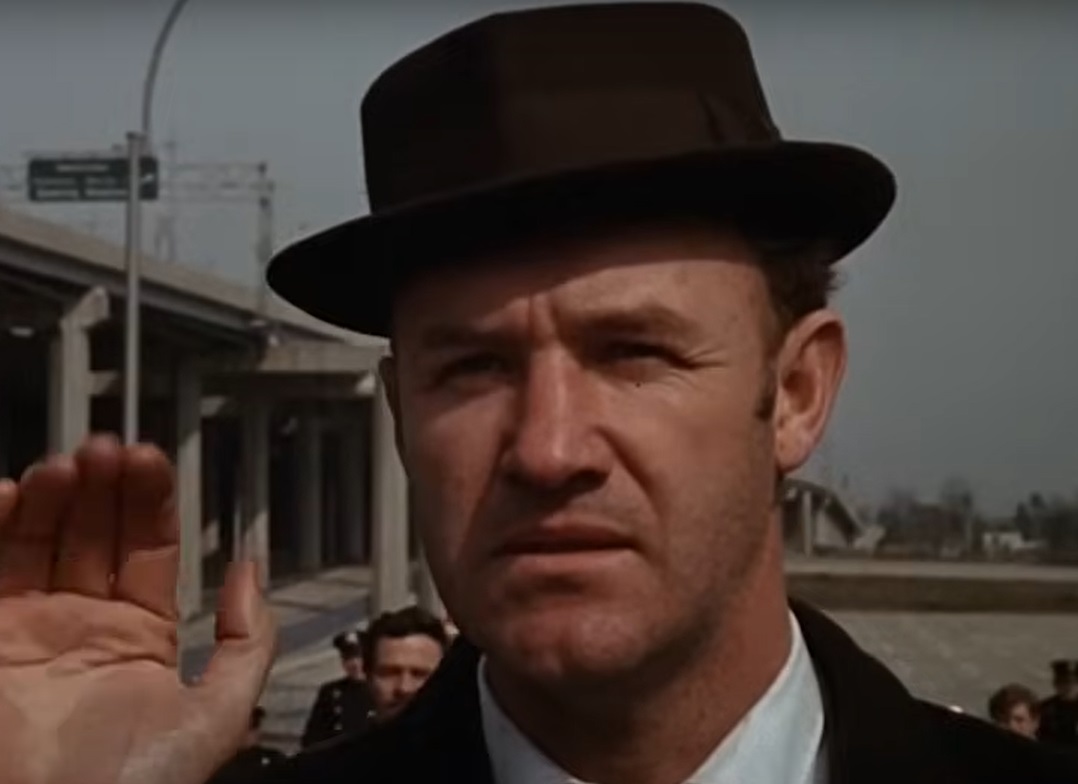 Twentieth Century, The French Connection (1971)
Twentieth Century, The French Connection (1971)
1972 – The Godfather
Is there a film that better defines 70s cinema than The Godfather? The beloved classic beat out Cabaret and Deliverance when it took home the Best Picture trophy at the 45th Academy Awards.
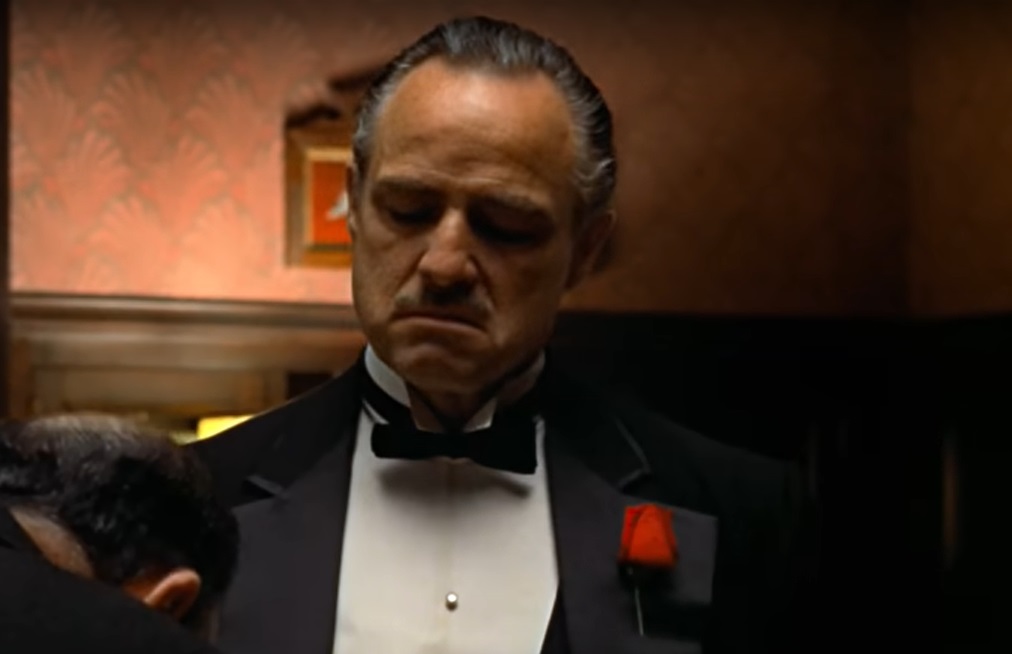 Paramount, The Godfather (1972)
Paramount, The Godfather (1972)
1973 – The Sting
The 1930s-set caper film starred 70s megastars Paul Newman and Robert Redford, and took home seven of the 10 Oscars it was nominated for.
1974 – The Godfather Part II
The second in the Godfather trilogy was nominated for 11 Academy Awards, and became the first sequel to ever win Best Picture—and remains one of only two to receive that honor.
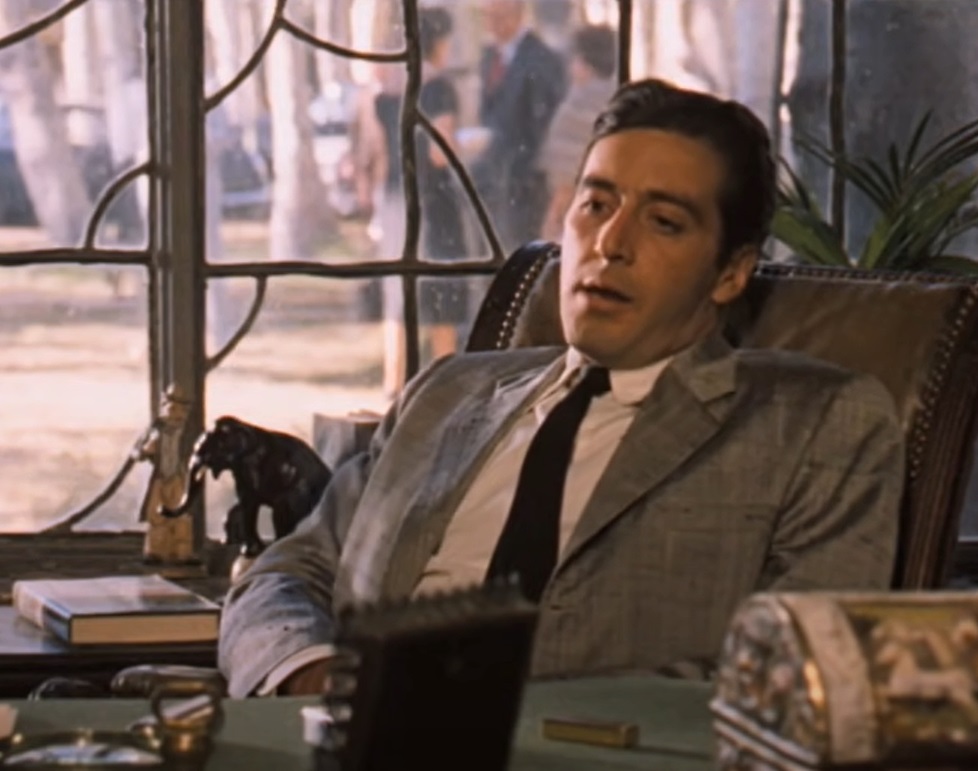 Paramount, The Godfather Part II (1974)
Paramount, The Godfather Part II (1974)
1975 – One Flew Over the Cuckoo’s Nest
After 1934’s It Happened One Night, One Flew Over the Cuckoo’s Nest became the second film ever (out of three) to be nominated and win the “Big 5” Oscars: Best Picture, Director, Actor, Actress, and Screenplay.
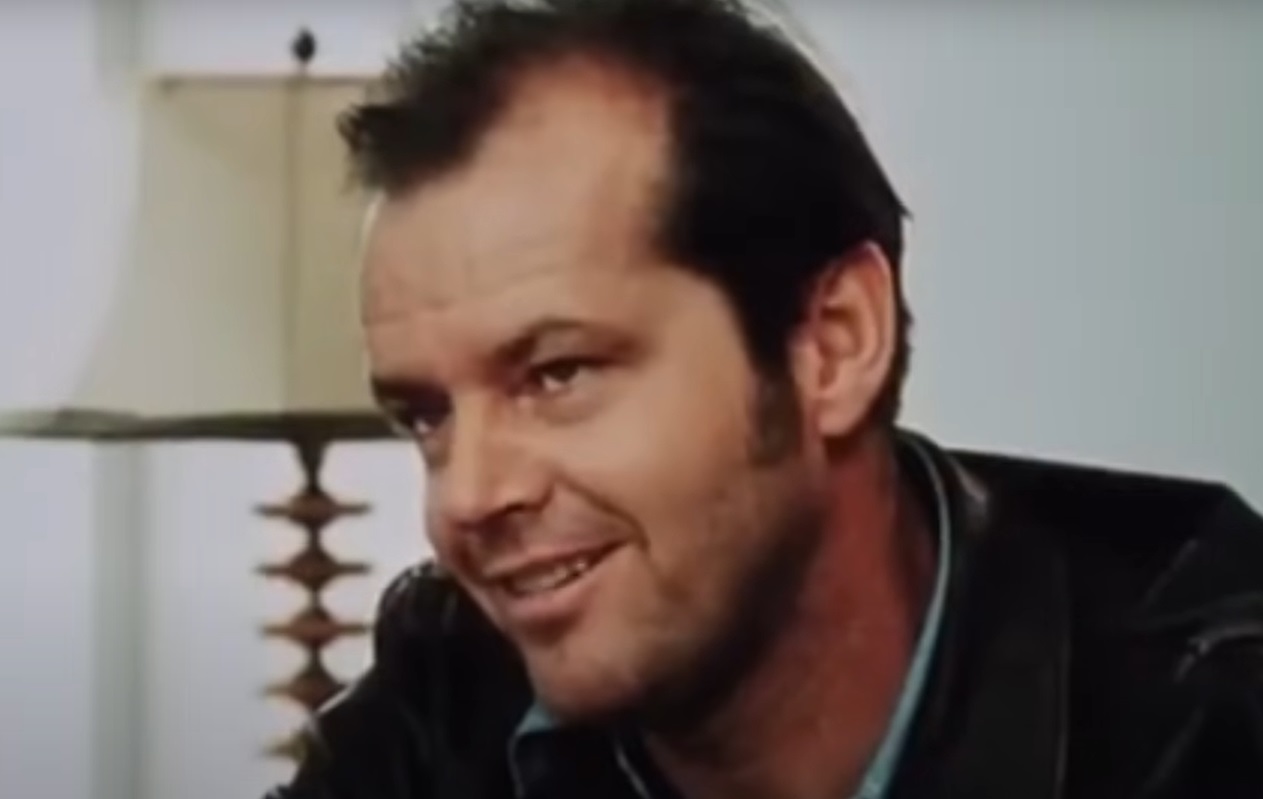 United Artists, One Flew Over the Cuckoo's Nest (1975)
United Artists, One Flew Over the Cuckoo's Nest (1975)
1976 – Rocky
Though nominated for the Big 5, Rocky ultimately took home Best Picture and Best Director for John D Avildsen, leaving Sylvestor Stallone in the cold for his work writing and directing the film.
1977 – Annie Hall
Film lovers had it good in the 1970s. Every year between 1974 and 1978, at least one film ended up nominated for the Big 5. At the 50th Academy Awards, Annie Hall was the one to go up for them—walking away with four wins in total. Writer and director Woody Allen missed out on the acting trophy.
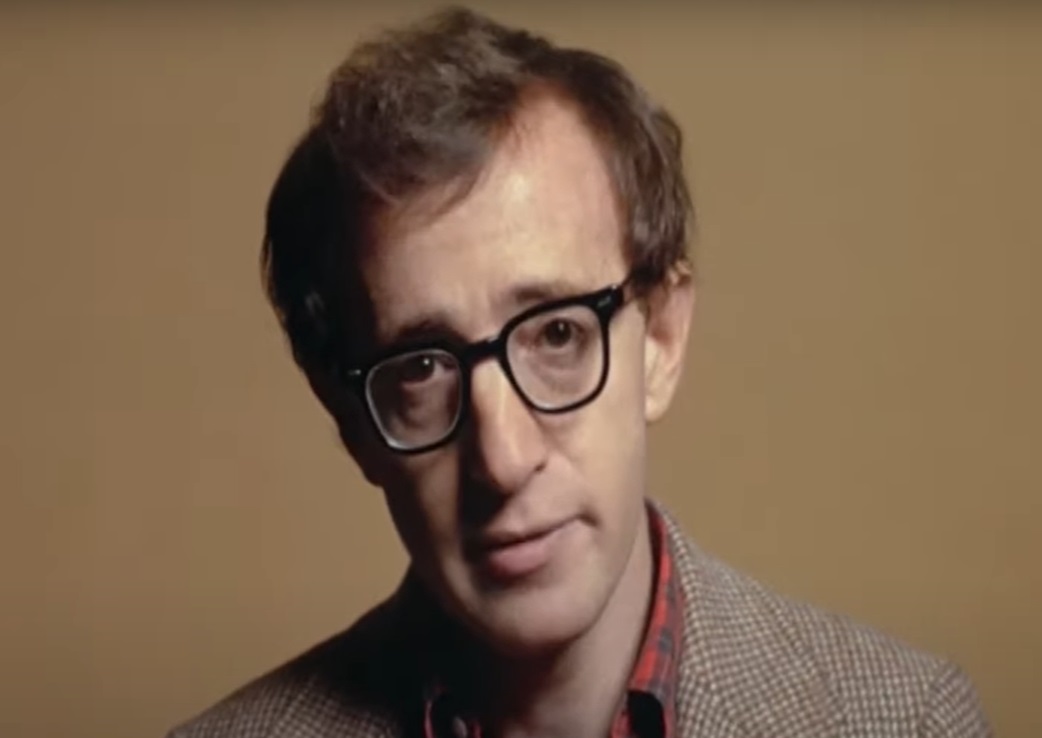 United Artists, Annie Hall (1977)
United Artists, Annie Hall (1977)
1978 – The Deer Hunter
As America grappled with the aftermath of the Vietnam War, it took cinema a couple of years to play catch up—and when it did, the portrayal was searing, as it was in Michael Cimino’s The Deer Hunter, which chronicles the way the war upended the lives of three young steelworkers who fought in it. It was five of the nine Oscars it was nominated for.
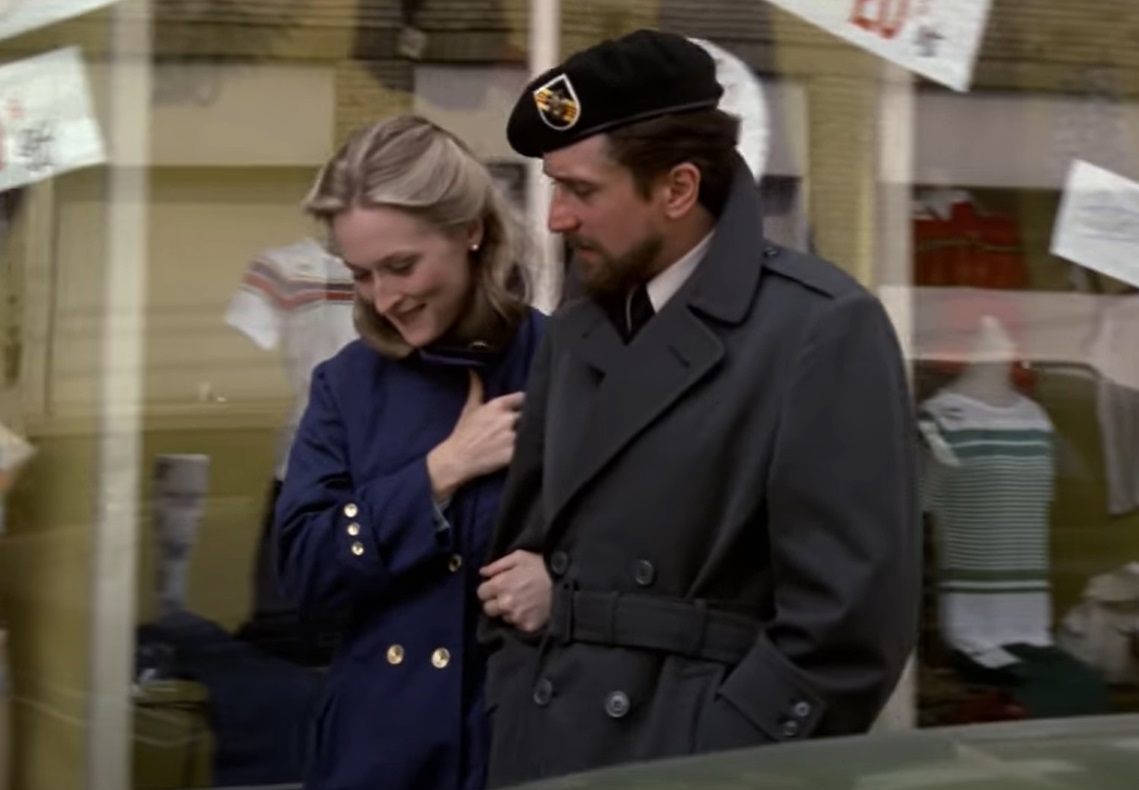 Universal, The Deer Hunter (1978)
Universal, The Deer Hunter (1978)
1979 – Kramer vs. Kramer
The divorce/court drama had some serious competition at the 52nd Academy Awards, going up against films like All That Jazz and Apocalypse Now. Though Kramer vs Kramer has its bona fides, many consider the fact that it won over Apocalypse Now an upset.
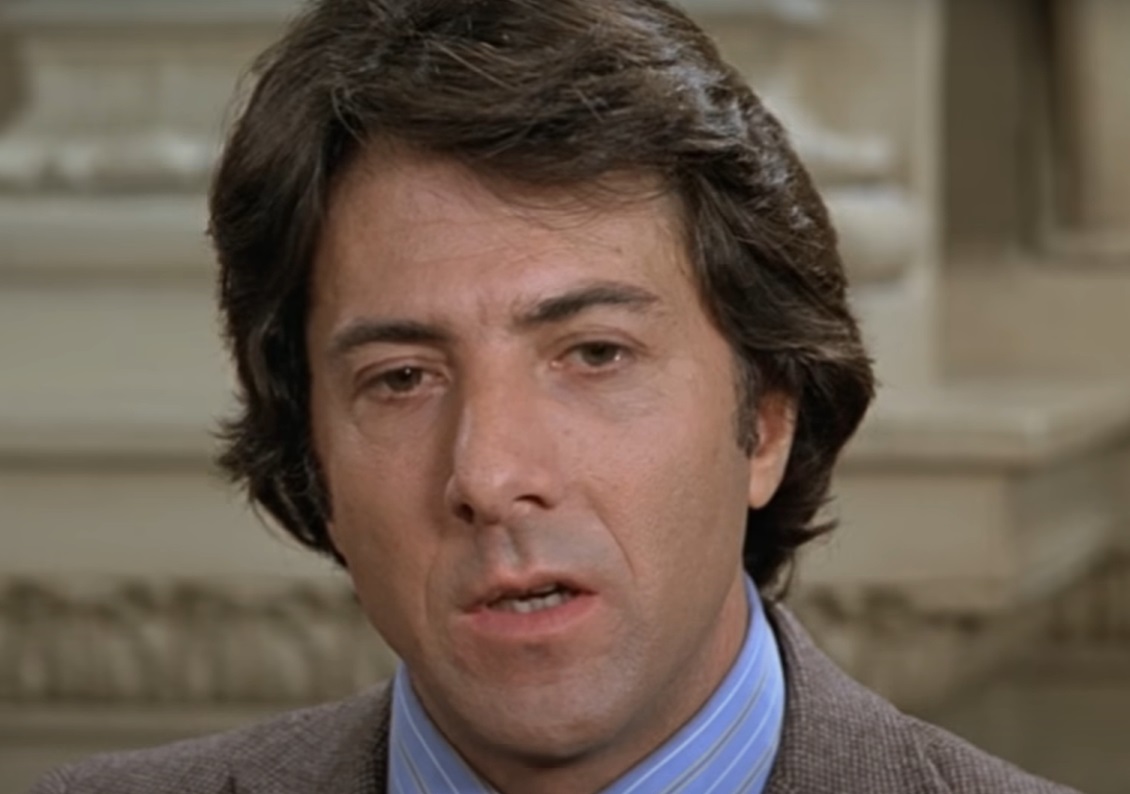 Columbia, Kramer vs. Kramer (1979)
Columbia, Kramer vs. Kramer (1979)
1980 – Ordinary People
Speaking of upsets…though Ordinary People certainly holds up, there are many who believe the Best Picture award at the 53rd Academy Awards should’ve gone to Martin Scorsese’s Raging Bull.
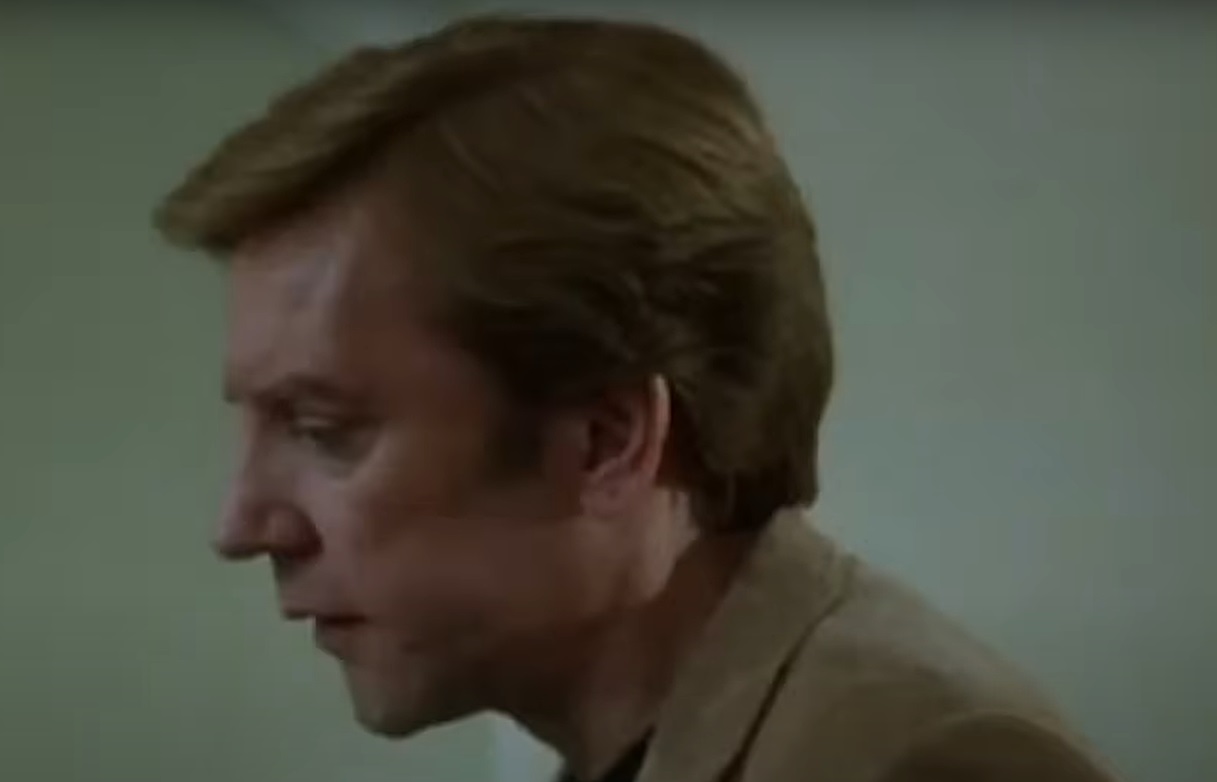 Paramount, Ordinary People (1980)
Paramount, Ordinary People (1980)
1981 – Chariots of Fire
Considering the popularity of both family and epic historical dramas at the Oscars, many expected 1981’s On Golden Pond or Reds to win. Instead, many were pleasantly surprised when Chariots of Fire, which tells the story of two British athletes at the 1924 Olympics, won.
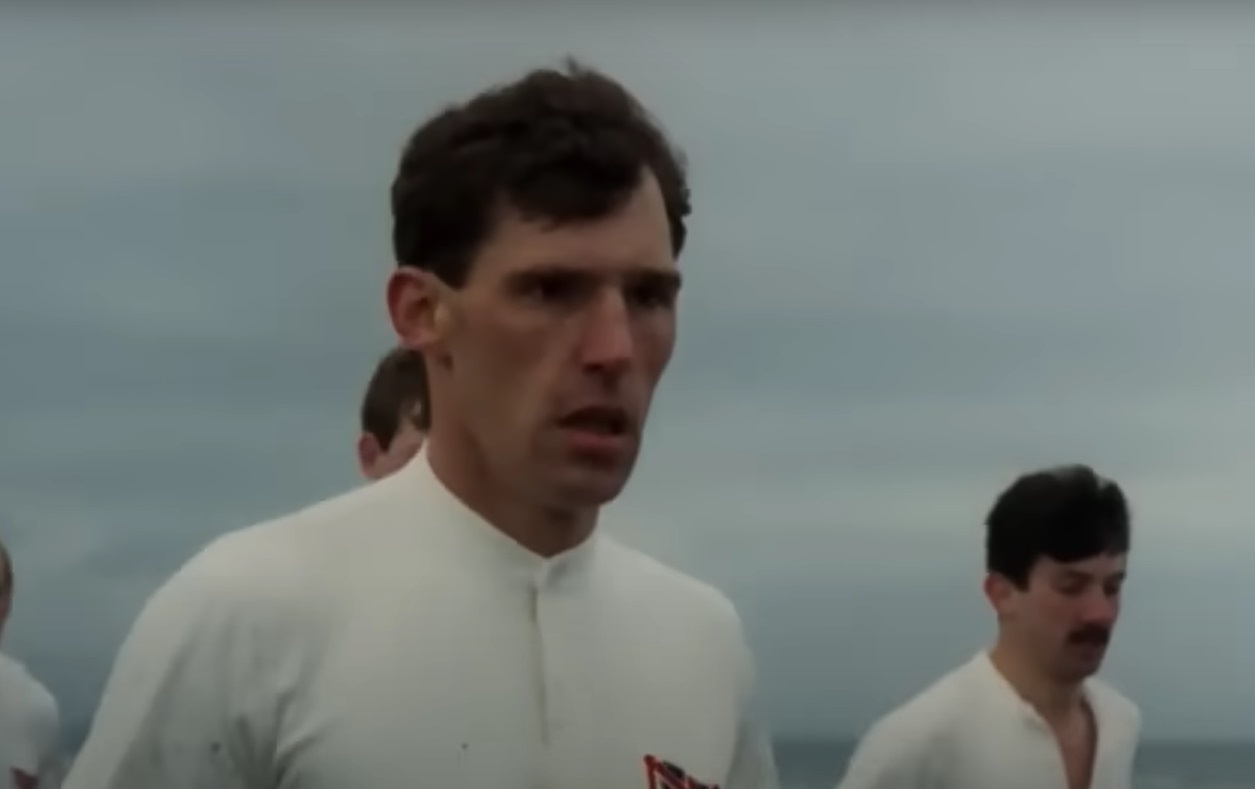 Twentieth Century, Chariots of Fire (1981)
Twentieth Century, Chariots of Fire (1981)
1982 – Gandhi
Historical epics were back on the table at next year’s Oscars, and the Richard Attenborough-directed and produced biopic about Mahatma Gandhi, starring Ben Kingsley, took home Best Picture.
1983 – Terms of Endearment
Tissues, anyone? James L Brooks made an unforgettable debut at the Oscars as a director after years of working in TV with Terms of Endearment, equal parts comedy and tearjerker, about the relationship between a mother and a daughter over the period of 30 years.
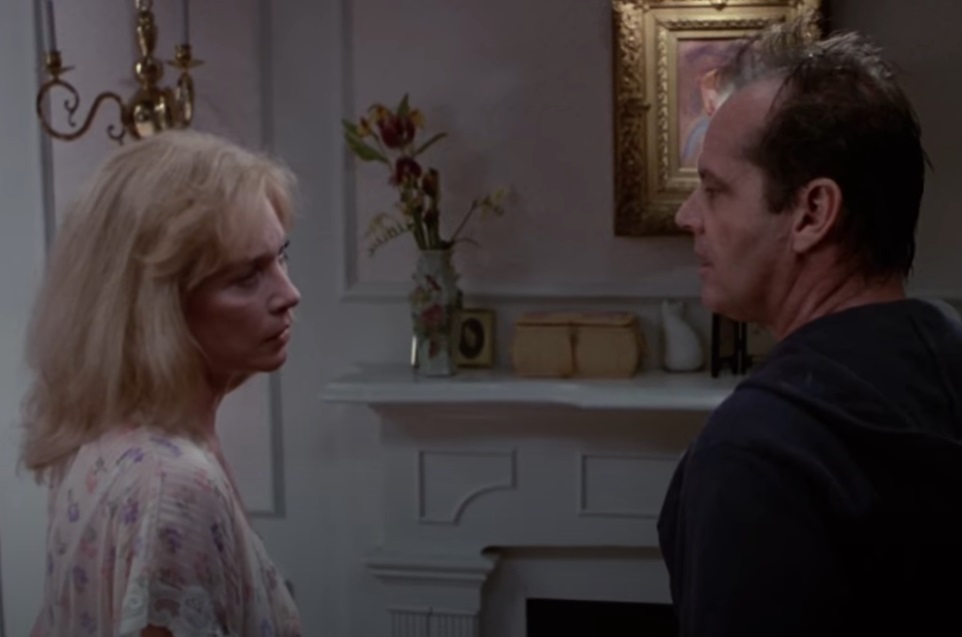 Paramount, Terms of Endearment (1983)
Paramount, Terms of Endearment (1983)
1984 – Amadeus
The 1984 fictionalized account of a period of composer Wolfgang Amadeus Mozart’s life and his rivalry with Italian composer Antonio Salieri was a massive hit, taking home a total of eight Oscars, including Best Picture.
1985 – Out of Africa
This epic romance stars Meryl Streep—and although she was snubbed, it took home Best Picture against competition like The Color Purple and Witness.
 Universal, Out of Africa (1985)
Universal, Out of Africa (1985)
1986 – Platoon
Though the Academy had snubbed Apocalypse Now, it changed its tune with Vietnam War films to hand over Best Picture to Oliver Stone’s Platoon, the first of three films the director made about the conflict.
1987 – The Last Emperor
This epic biographical drama about the last Emperor of China, Puyi, won in an upset against some of the most beloved films of the 1980s: Broadcast News, Fatal Attraction, and Moonstruck. It won nine out of nine trophies it was nominated for, the first film since Gigi to complete that feat.
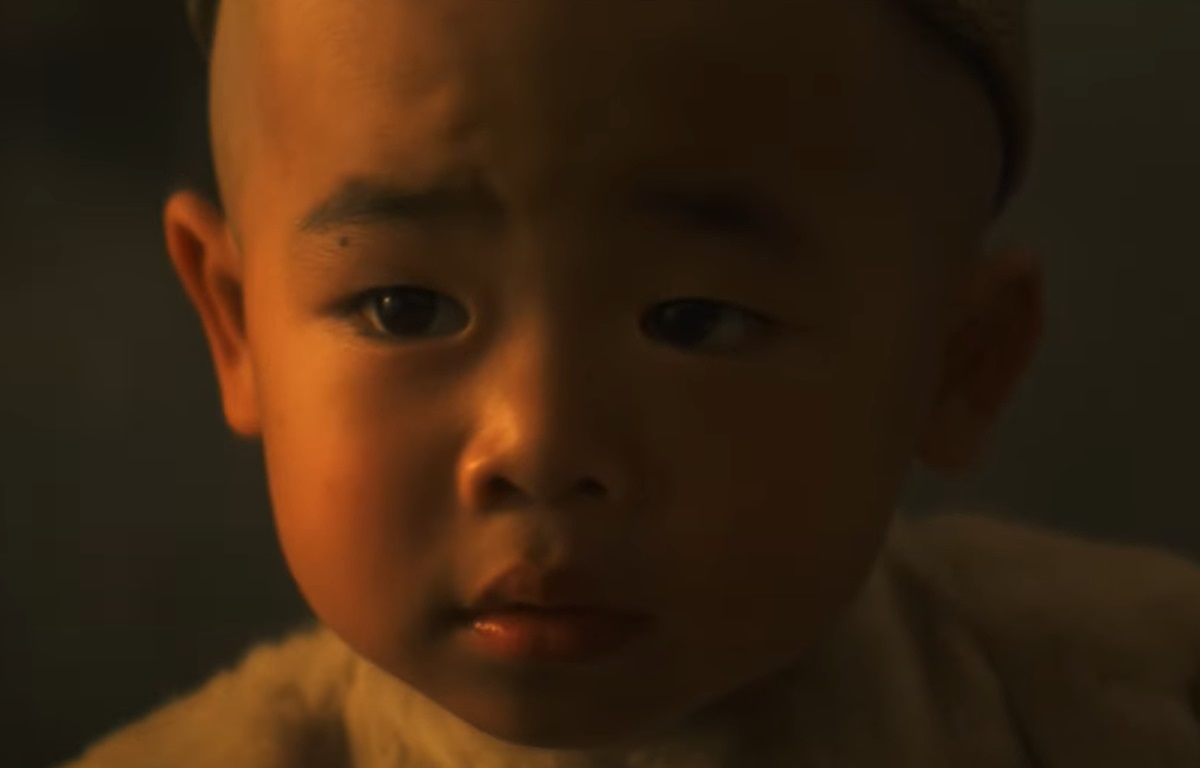 Columbia, The Last Emperor (1987)
Columbia, The Last Emperor (1987)
1988 – Rain Man
Though Rain Man was only #2 at the box office on the week it was released—after Twins—it was #1 at the Oscars that year, taking home Best Picture and three other trophies.
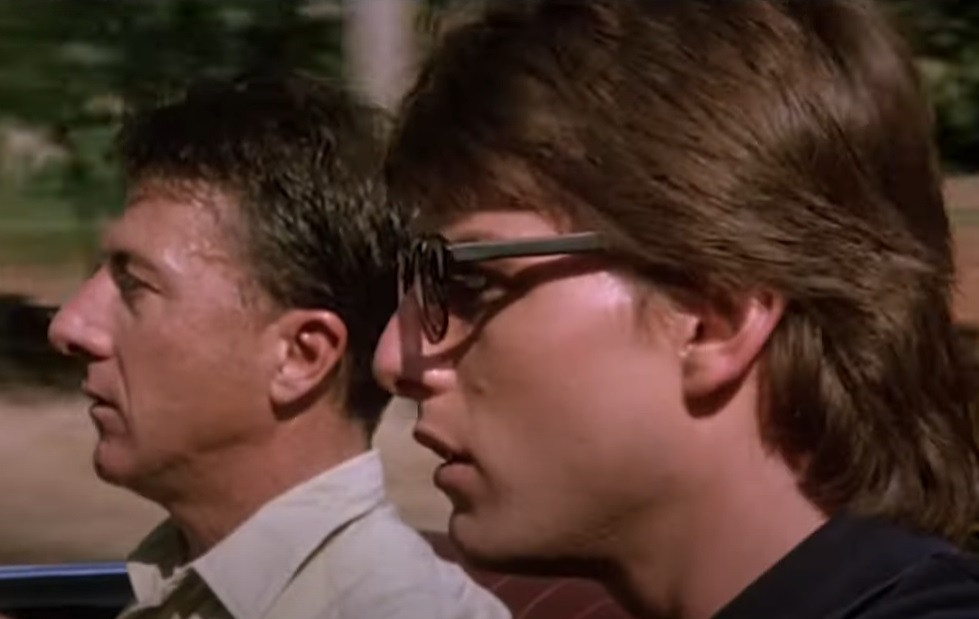 United Artists, Rain Man (1988)
United Artists, Rain Man (1988)
1989 – Driving Miss Daisy
Surprisingly, the comedy-drama won Best Picture despite the fact that its director wasn’t nominated. It was up against heavy hitters like Born on the Fourth of July, Dead Poets Society, My Left Foot, and Field of Dreams.
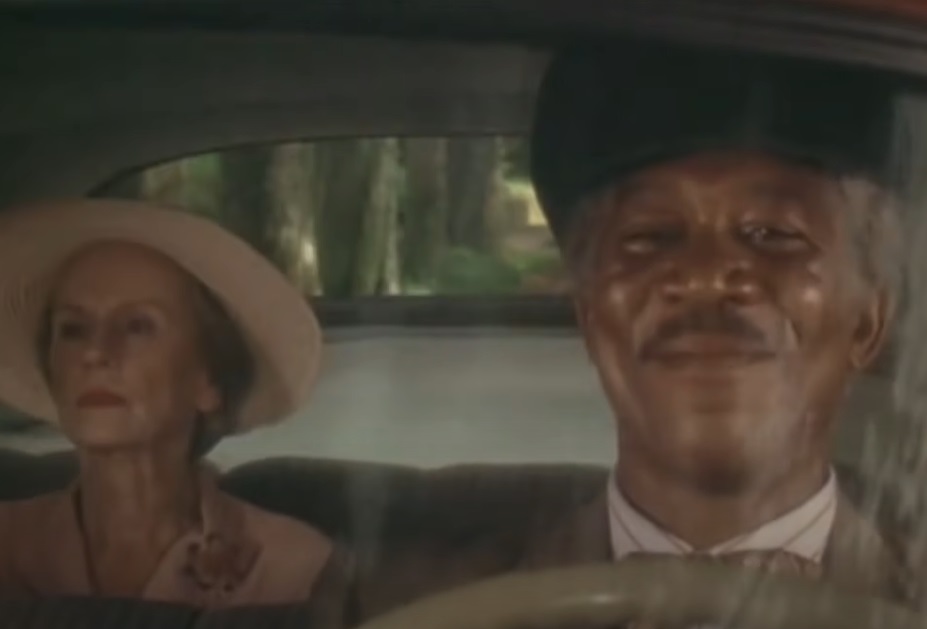 Warner Bros., Driving Miss Daisy (1989)
Warner Bros., Driving Miss Daisy (1989)
1990 – Dances with Wolves
The Academy rang in the 1990s by awarding Dances With Wolves Best Picture over the completion of Francis Ford Coppola’s Godfather trilogy. Unfortunately, another mob classic, Goodfellas, was caught in the crossfire, and was snubbed. And while The Godfather III was nominated for a slew of awards at the Oscars and Golden Globes, it ultimately only won two: dual Razzies for Sofia Coppola, Worst Supporting Actress and Worst New Star.
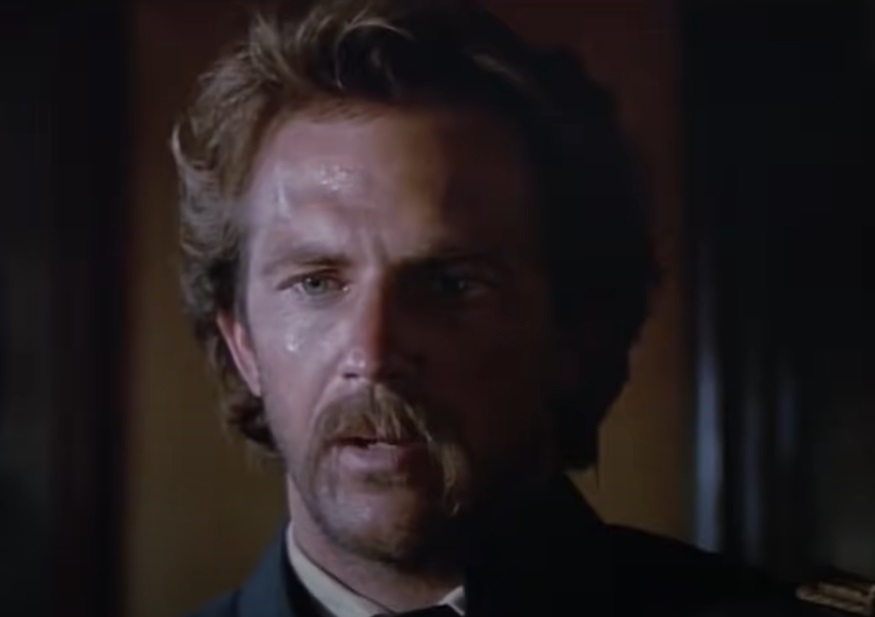 Orion, Dances with Wolves (1990)
Orion, Dances with Wolves (1990)
1991 – The Silence of the Lambs
1991 marked the third time ever, out of three, that a film won the Big 5 awards at the Oscars, with The Silence of the Lambs taking home Best Picture, Director, Actor, Actress, and Screenplay.
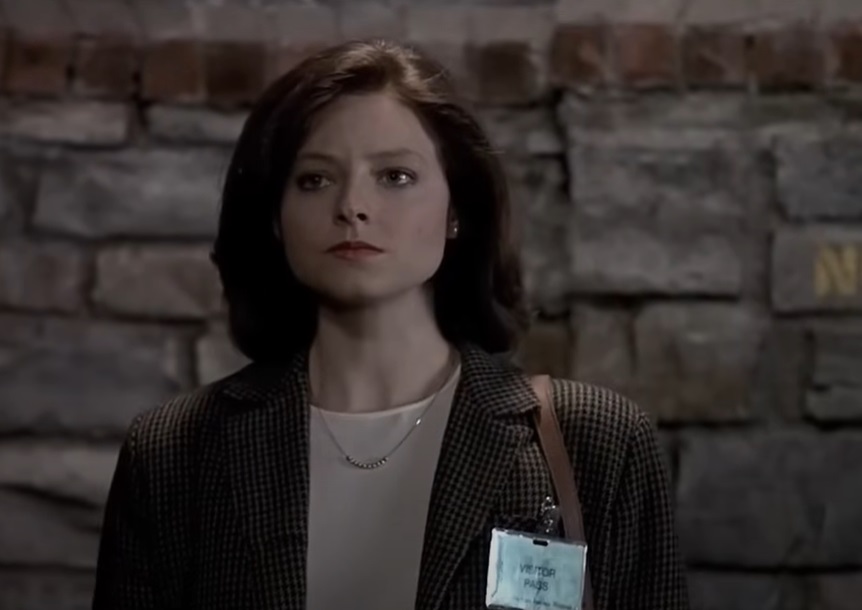 Orion, The Silence of the Lambs (1991)
Orion, The Silence of the Lambs (1991)
1992 – Unforgiven
This 1992 Western directed by and starring Clint Eastwood beat out The Crying Game, Scent of a Woman, and A Few Good Men. Guess they just couldn’t handle the truth!
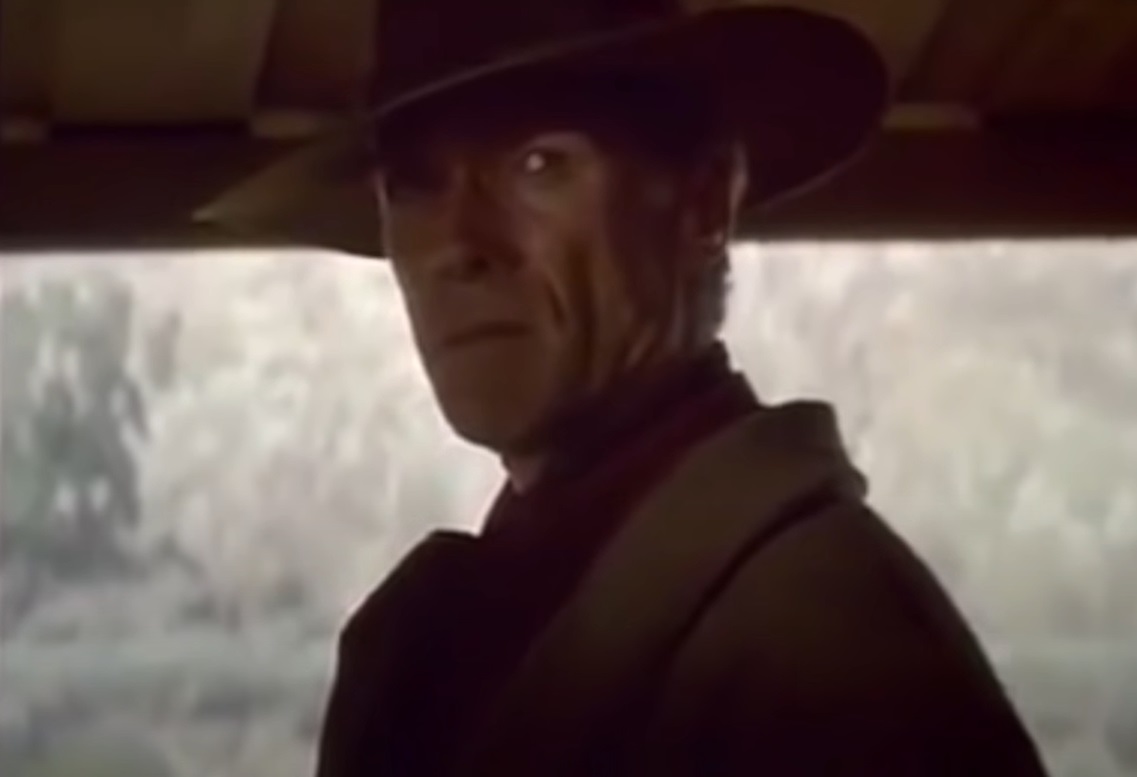 Warner Bros., Unforgiven (1992)
Warner Bros., Unforgiven (1992)
1993 – Schindler’s List
When you look at the Best Picture lineup of nominees for the 66th Academy Awards, you have to wonder how any of them lost—The Fugitive, In The Name of the Father, The Remains of the Day, and The Piano, are all modern classics. But then you see what won—Schindler’s List—and go yes, of course.
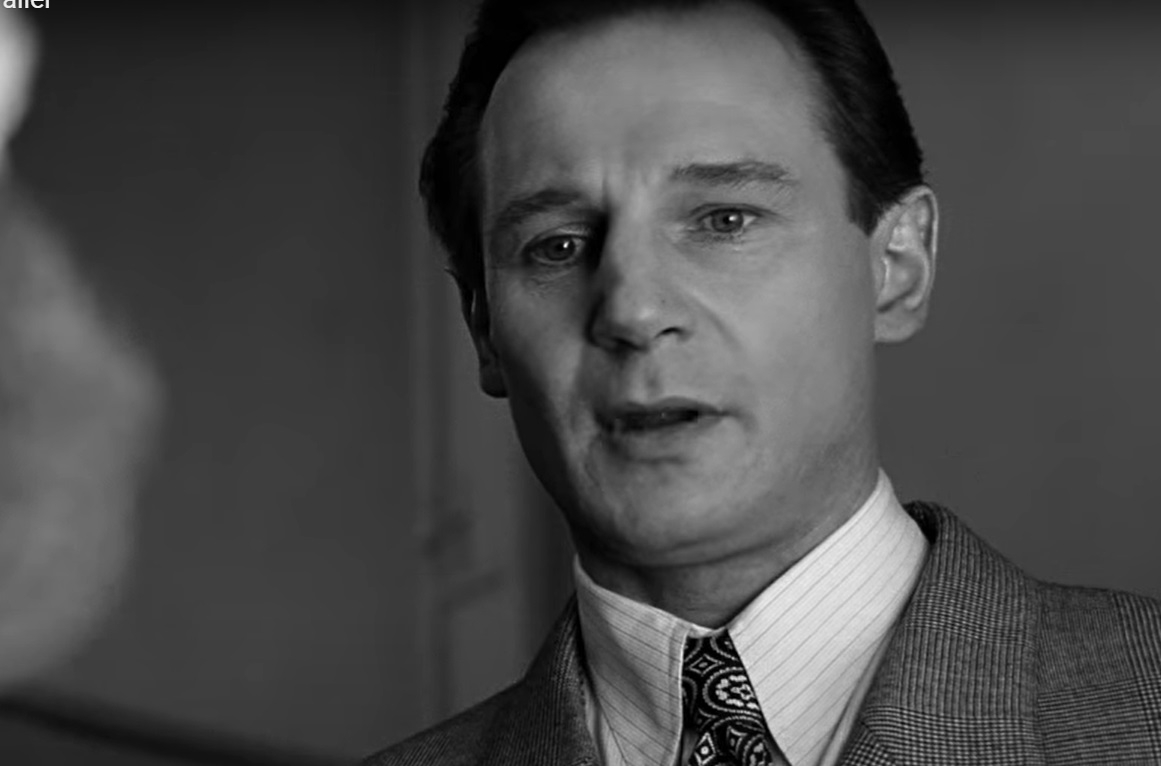 Universal, Schindler's List (1993)
Universal, Schindler's List (1993)
1994 – Forrest Gump
What was in the water in the mid 90s? The 67th Academy Awards had The Shawshank Redemption, Four Weddings and a Funeral, and Pulp Fiction as nominees—but, unsurprisingly, the beloved Tom Hanks-starring comedy-drama Forrest Gump took home Best Picture that year.
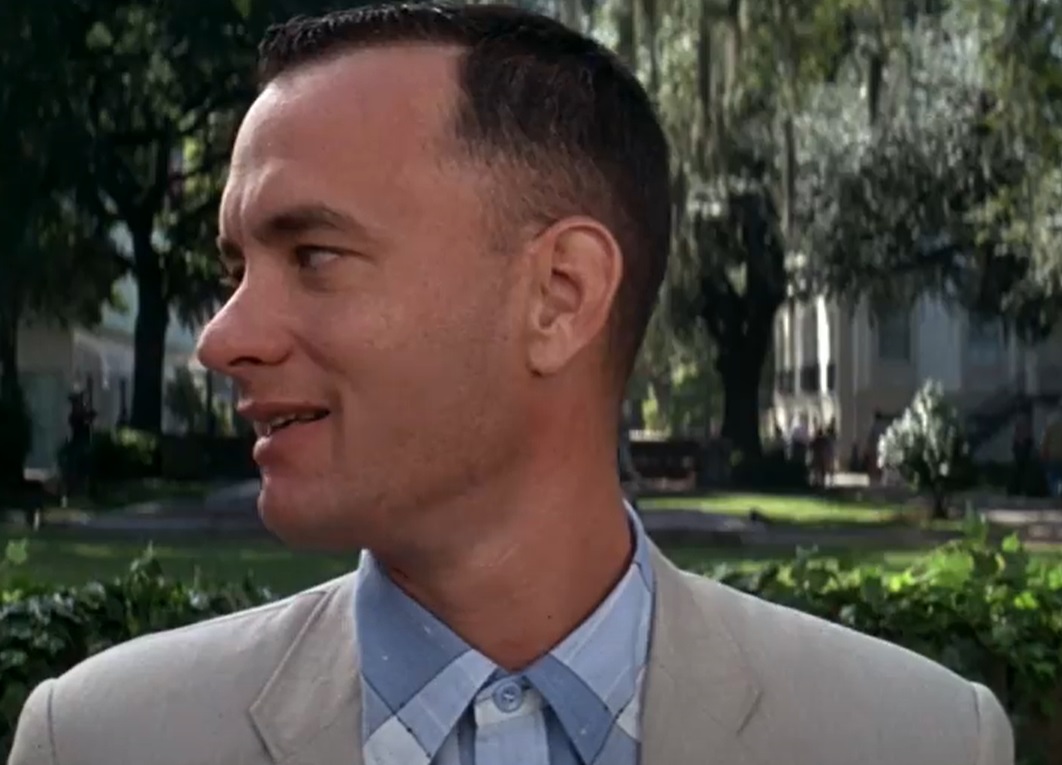 Paramount, Forrest Gump (1994)
Paramount, Forrest Gump (1994)
1995 – Braveheart
Mel Gibson really put his all into the retelling of the story of Sir William Wallace, producing, directing, and starring in the epic historical drama, and it paid off. The film took home five of the ten trophies it was nominated for.
1996 – The English Patient
This romantic war drama starring Ralph Fiennes and Kristin Scott Thomas beat out competition like Fargo and Jerry Maguire at the 69th Academy Awards. It took home nine awards that night, making it one of the top seven winners of all time.
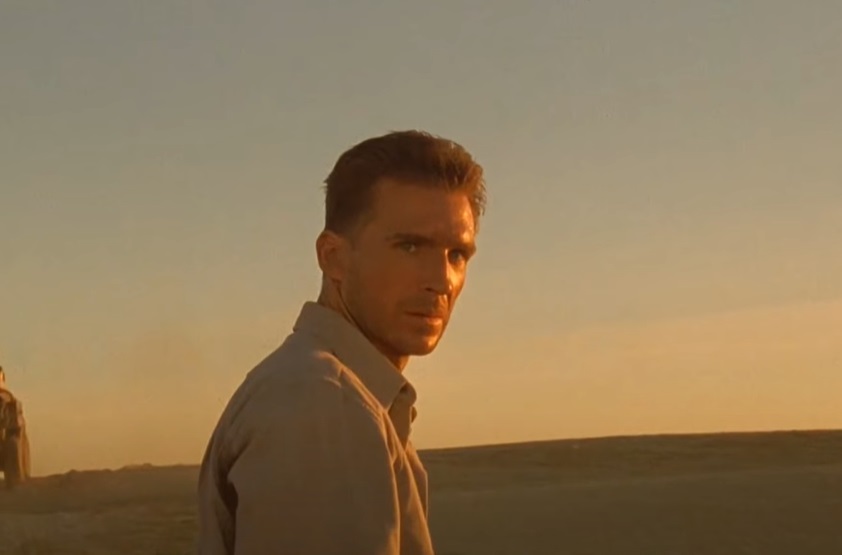 Miramax, The English Patient (1996)
Miramax, The English Patient (1996)
1997 – Titanic
Speaking of big winners, 1997 was the year that Titanic took over the world—so it was only appropriate that it took home Best Picture too. That’s not to say there was no competition, though—it was up against heavy hitters like As Good as It Gets, Good Will Hunting, and LA Confidential.
1998 – Shakespeare in Love
Shakespeare in Love was nominated for 13 Oscars and ultimately won seven, including Best Picture. However, it was something of an upset, as Saving Private Ryan was also up for that award.
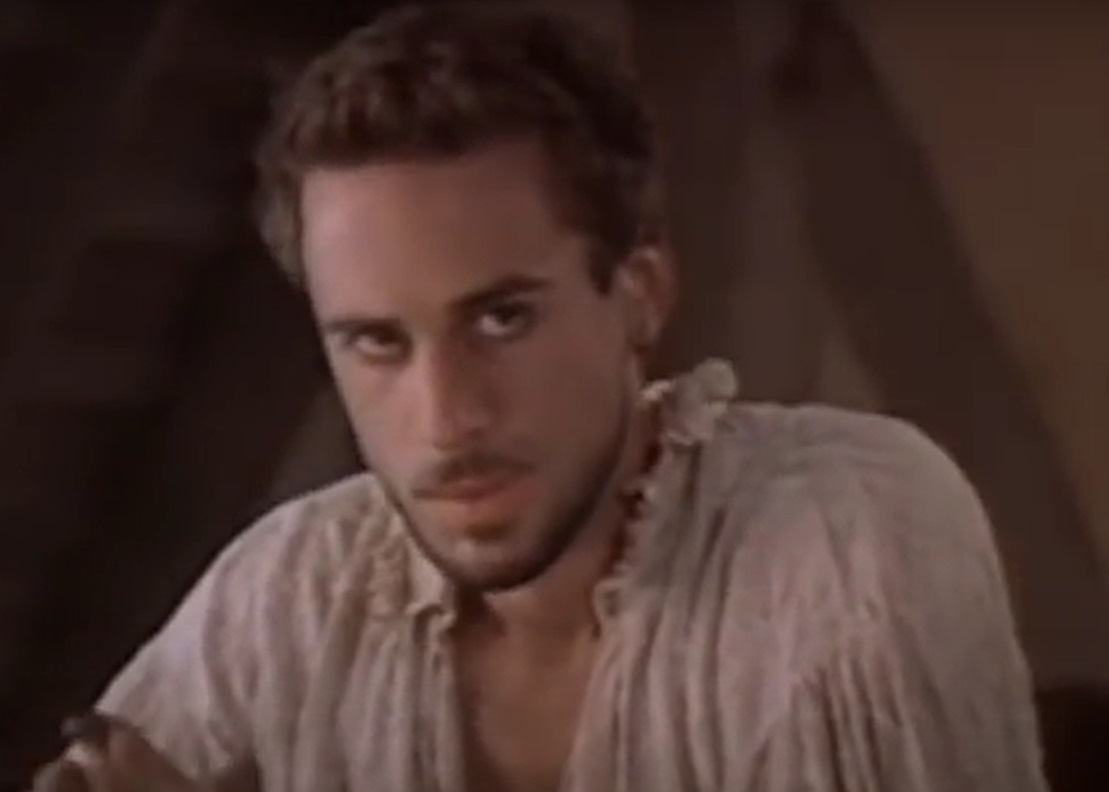 Miramax, Shakespeare in Love (1998)
Miramax, Shakespeare in Love (1998)
1999 – American Beauty
As far as Oscar mistakes go, many would agree that awarding American Beauty Best Picture perhaps wasn’t the best decision. The film hasn’t aged well, but the field of competition was crowded with films that were classic melodrama-over-substance Oscar bait—The Cider House Rules, The Green Mile, and The Sixth Sense included.
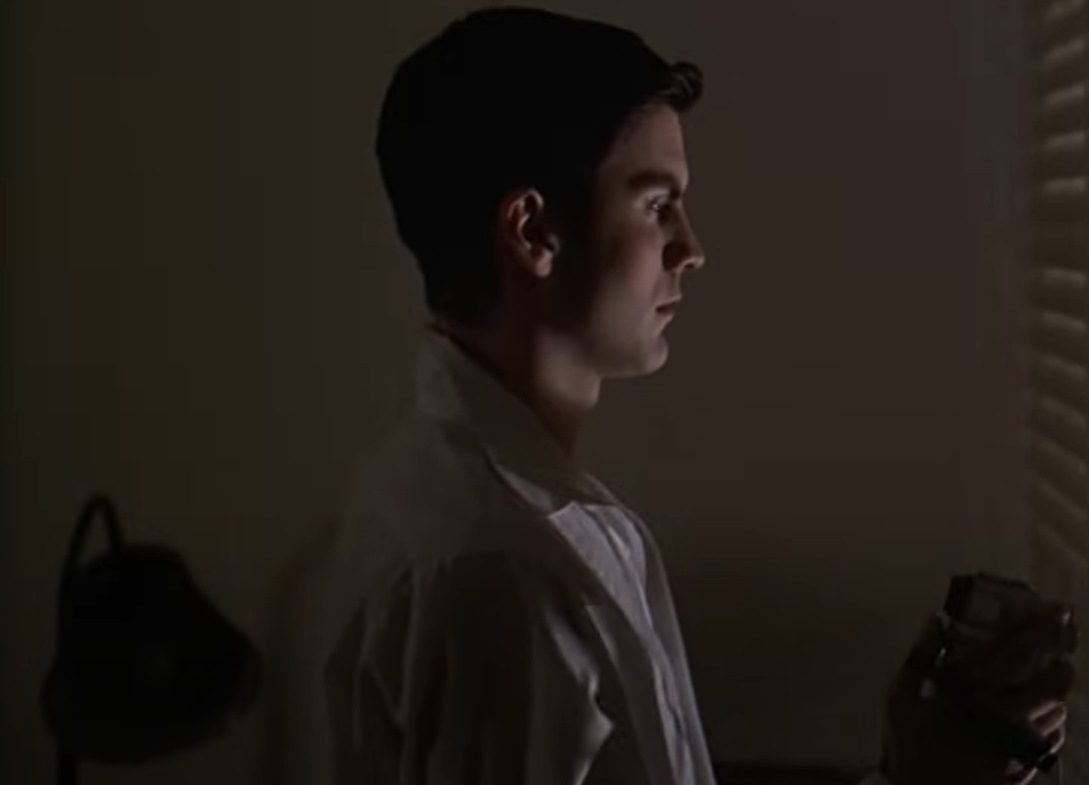 DreamWorks, American Beauty (1999)
DreamWorks, American Beauty (1999)
2000 – Gladiator
Gladiator was a massive hit, and it went home with Best Picture and Best Actor Oscars (for Russell Crowe) to reflect that. Finally, later in 2024, there’ll be a sequel to the film, nearly a quarter of a century in the making.
2001 – A Beautiful Mind
Russell Crowe came back for more one year after Gladiator with A Beautiful Mind, a biographical drama about mathematician John Nash. Though he was nominated, he didn’t win—but the film did take home Best Picture.
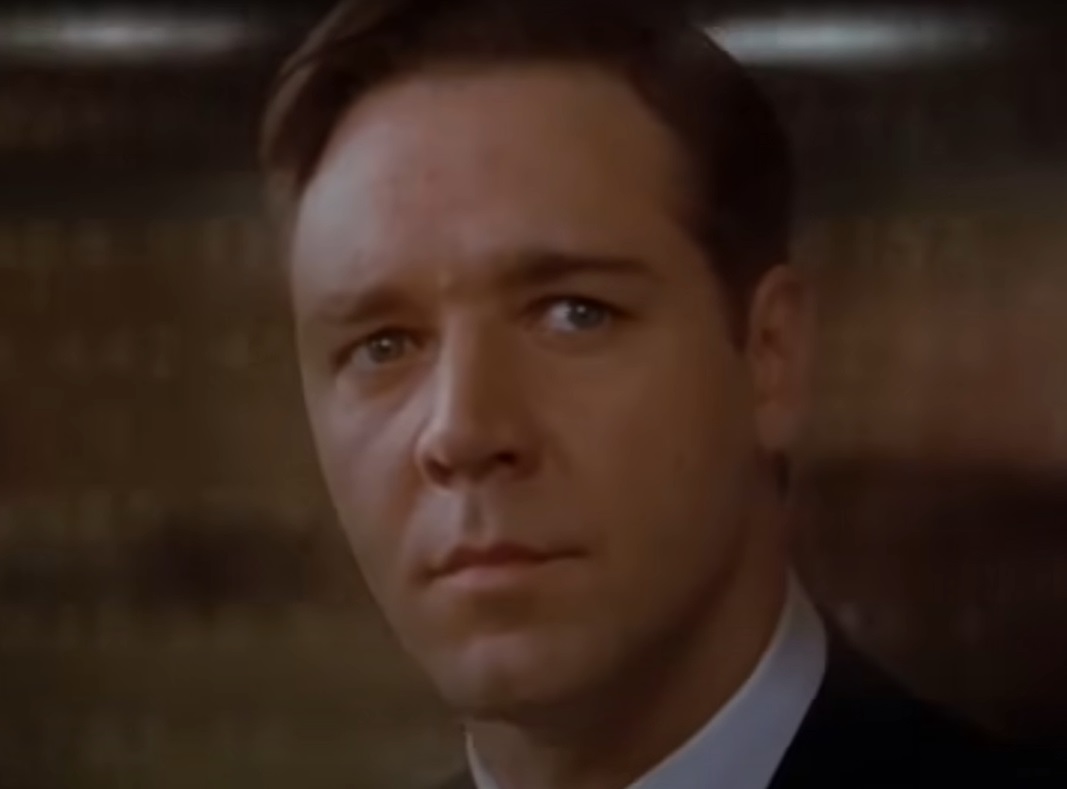 Universal, A Beautiful Mind (2001)
Universal, A Beautiful Mind (2001)
2002 – Chicago
The musical comedy based on the stage play made for a big surprise when it won Best Picture. It was up against prestige fare like The Hours, The Pianist, Gangs of New York, and the fantasy epic The Lord of the Rings: The Two Towers.
2003 – The Lord of the Rings: The Return of the King
Lock this one in to your memory. One day, you might find yourself at pub trivia, and the host might ask: “What’s the only third part of a trilogy/threequel to ever win Best Picture at the Oscars”? Luckily, if you’re reading this, you’ll know the answer. It’s The Lord of the Rings: The Return of the King. It was also the first fantasy film to win Best Picture, and it's tied with Ben-Hur and Titanic for the most Academy Award wins.
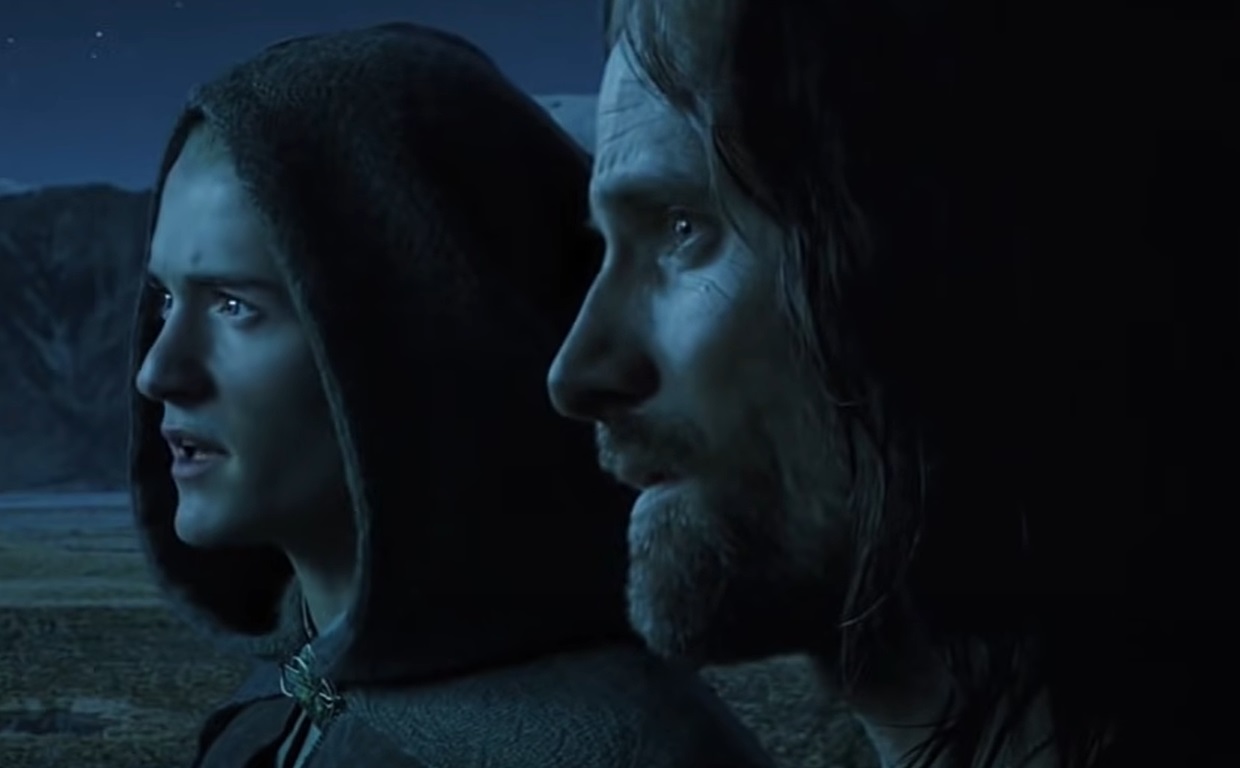 New Line, The Lord of the Rings: The Return of the King (2003)
New Line, The Lord of the Rings: The Return of the King (2003)
2004 – Million Dollar Baby
This film made a strange record: it was the first Best Picture winner in 77 ceremonies to be set in Southern California.
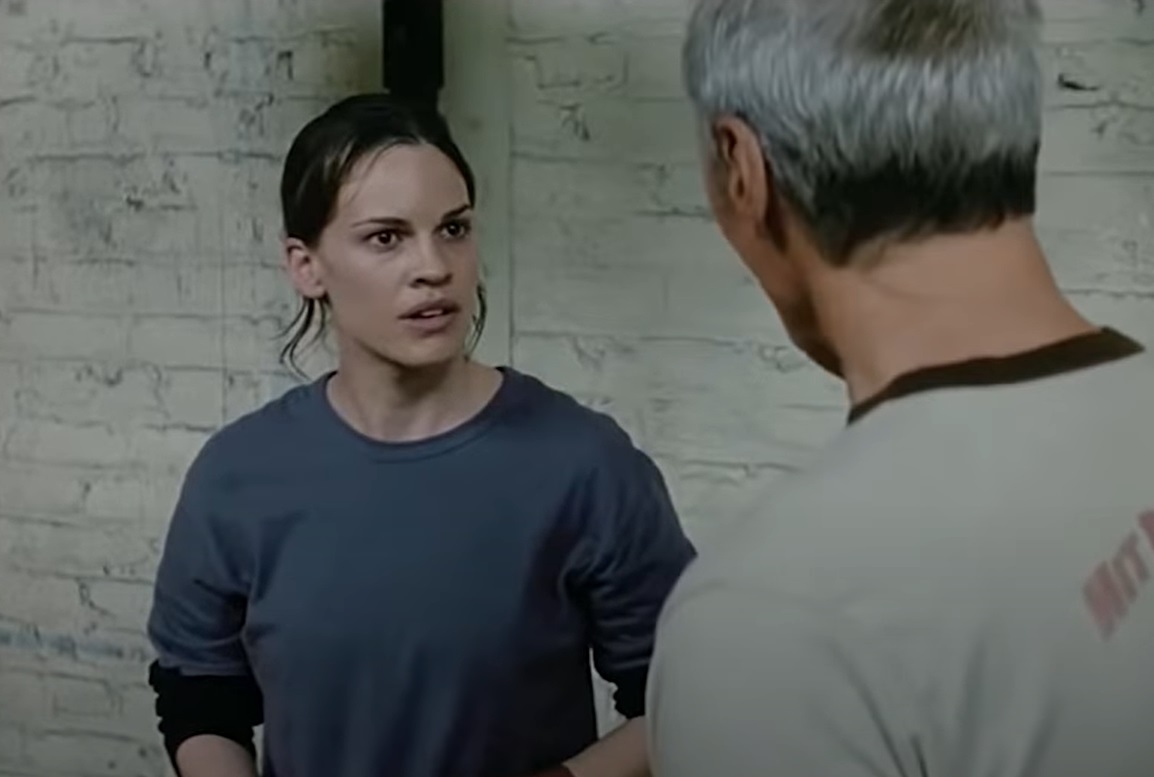 Warner Bros., Million Dollar Baby (2004)
Warner Bros., Million Dollar Baby (2004)
2005 – Crash
One of the biggest Oscar upsets of all time—or THE biggest Oscar upset of all time? Since the time that Crash won Best Picture, the tide has turned against the film, with many criticizing its simplistic and sophomoric portrayals of race relations in America.
2006 – The Departed
Martin Scorsese had been nominated for Best Director five times for films made between 1980 and 2004. Though excellent, but perhaps not his best work, The Departed was the one to finally break the streak. Some said the win was something of a "Lifetime Achievement Award for a lesser film". Hey, a win is a win is a win.
 Warner Bros., The Departed (2006)
Warner Bros., The Departed (2006)
2007 – No Country for Old Men
This 2007 winner was the second winner in Oscar history to be directed by a duo after West Side Story. Joel and Ethan Coen took home Best Picture and Best Director, while Javier Barden won Best Supporting Actor for his intimidating turn as Anton Chigurh.
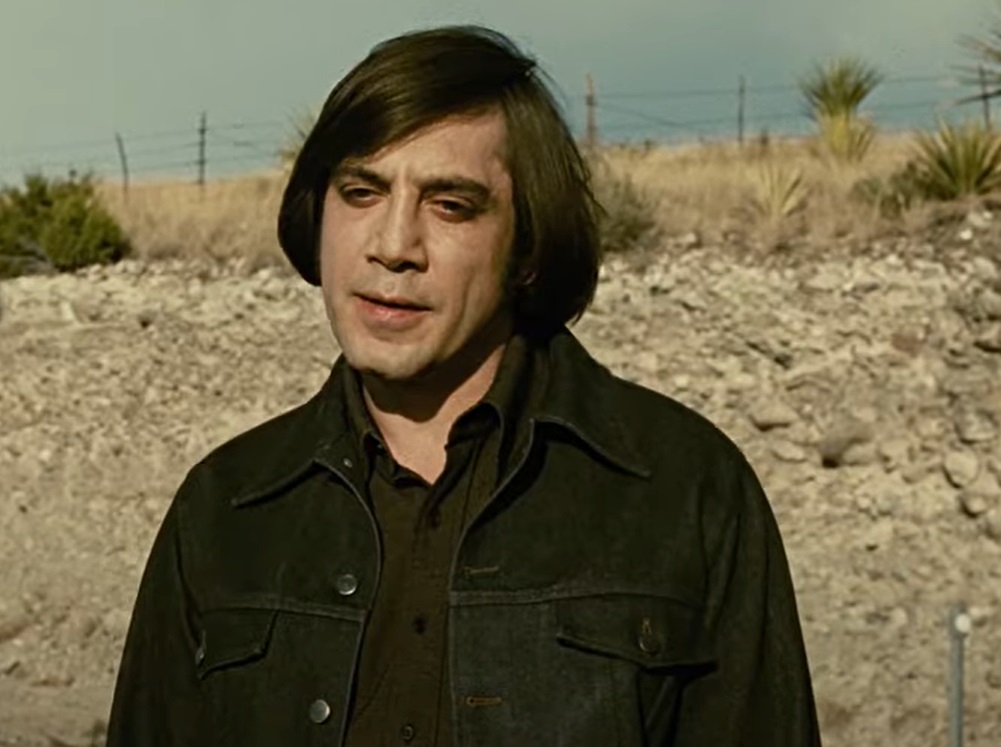 Paramount, No Country for Old Men (2007)
Paramount, No Country for Old Men (2007)
2008 – Slumdog Millionaire
Slumdog Millionaire started with awards hype, went on to massive success in the UK and India, and then, as hype spread across the Atlantic, it became a sleeper hit in the US. It was nominated for ten awards and won eight, the most given to one film that year.
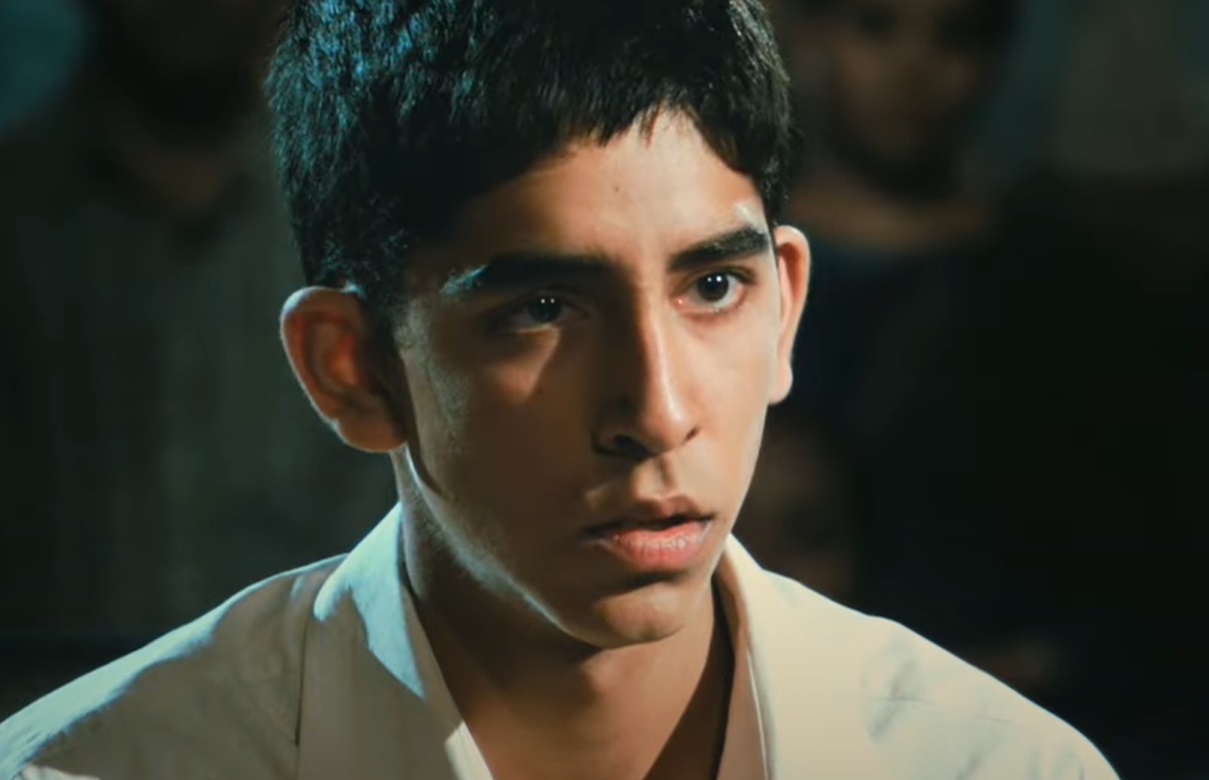 Warner Bros., Slumdog Millionaire (2008)
Warner Bros., Slumdog Millionaire (2008)
2009 – The Hurt Locker
After years with just five Best Picture nominees, the Academy opened the category up to a potential ten nominees in an effort to drum up interest in the Oscars. That year, The Hurt Locker beat out a whole lot of films with Oscar hype, including Up, Avatar, The Blind Side, District 9, Inglourious Basterds, Precious, A Serious Man, and Up in the Air.
Perhaps even more remarkably, The Hurt Locker director Kathryn Bigelow won Best Director over her ex-husband, James Cameron, for Avatar. That’s gotta feel good.
 Summit, The Hurt Locker (2008)
Summit, The Hurt Locker (2008)
2010 – The King’s Speech
There were a slew of quality contenders at the 83rd Academy Awards, but ultimately, Academy members picked the sweet and subtle The King’s Speech over flashier fare like Inception, The Social Network, and Toy Story 3.
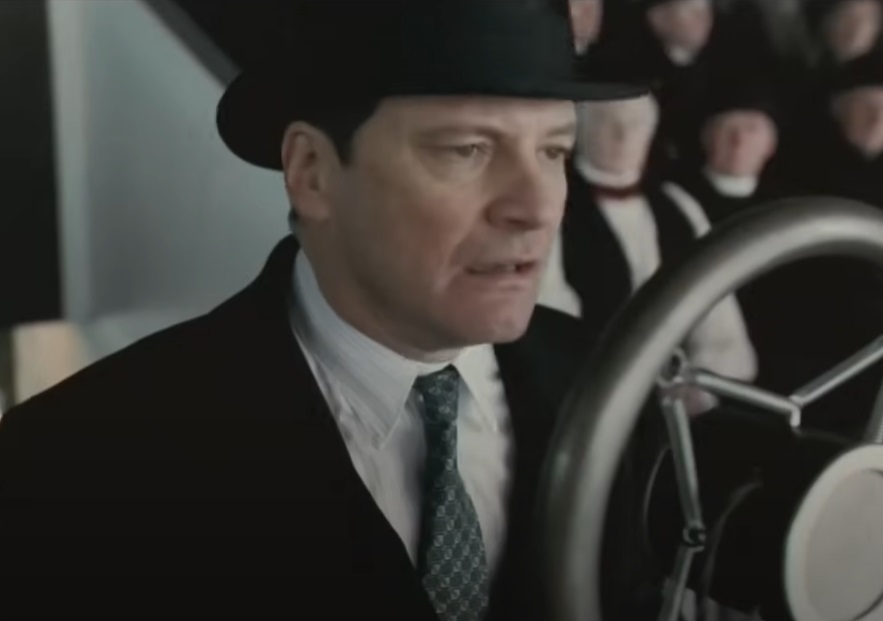 Paramount, The King's Speech (2010)
Paramount, The King's Speech (2010)
2011 – The Artist
In a surprising twist—considering that Hollywood loves making movies about Hollywood—The Artist was the first Best Picture to be set in the film industry. Additionally, it was only the second ever silent film to win Best Picture, after the first-ever winner, Wings.
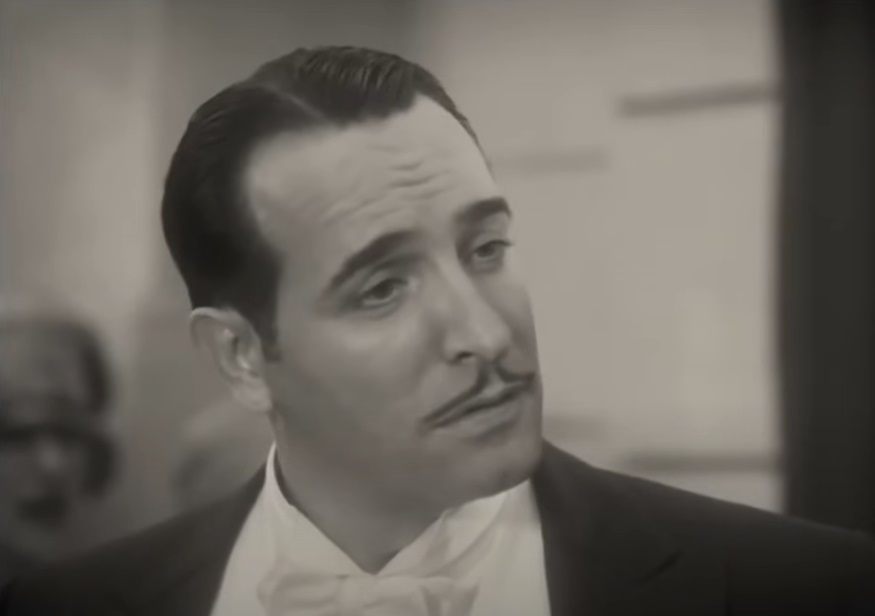 Warner Bros., The Artist (2011)
Warner Bros., The Artist (2011)
2012 – Argo
Though the Ben Affleck-directed drama won the top award at the 85th Academy Awards, Affleck himself was snubbed and left out of the directing category—something that hadn’t happened in 23 years.
2013 – 12 Years a Slave
One of the best films of the 2010s, 12 Years a Slave was a massive financial and critical success, and also walked away with three Oscars out of a total nine nominations.
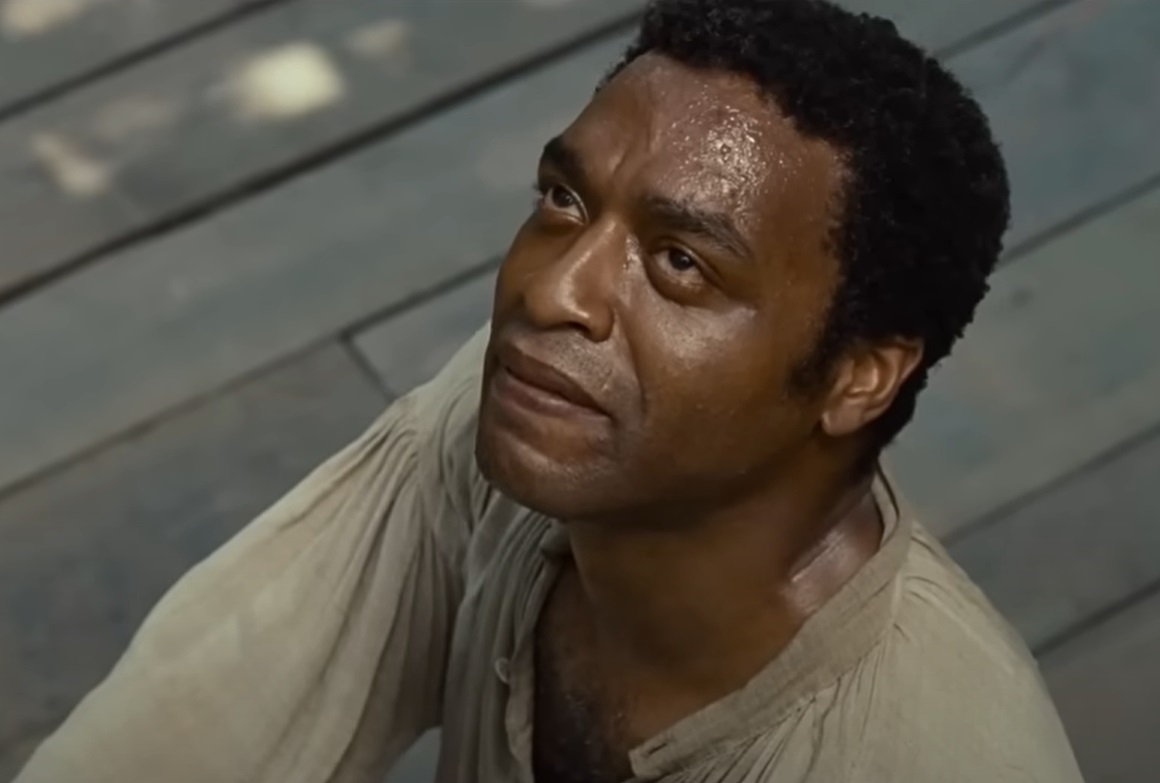 Summit, 12 Years a Slave (2013)
Summit, 12 Years a Slave (2013)
2014 – Birdman or (The Unexpected Virtue of Ignorance)
This ensemble comedy-drama won a total of four awards from nine nominations, beating out films like Selma, Whiplash, Boyhood, and The Grand Budapest Hotel for Best Picture.
2015 – Spotlight
This 2015 drama, about the Boston Globe’s “Spotlight” team and their investigation into abuses in the Catholic church. It won Best Picture and Best Screenplay—and with only those two wins, it was the first film since 1952’s The Greatest Show on Earth to win Best Pic and only win in one other category.
2016 – Moonlight
Well, who can forget Moonlight’s win? Certainly, neither the cast and crew of Moonlight, La La Land, the producers of the awards show, and Faye Dunaway and Warren Beatty won’t. After La La Land was mistakenly announced as the winner, that film’s producer realized the mistake, and Moonlight was announced as the actual winner. It was the first film with an all-Black cast, and with gay themes, to win Best Picture.
2017 – The Shape of Water
Competition was thick at the 90th Academy Awards. In a field that included nominees like Get Out, Phantom Thread, Lady Bird, Dunkirk, and Call Me By Your Name, Guillermo Del Toro’s fantasy romance The Shape of Water took home the big trophy.
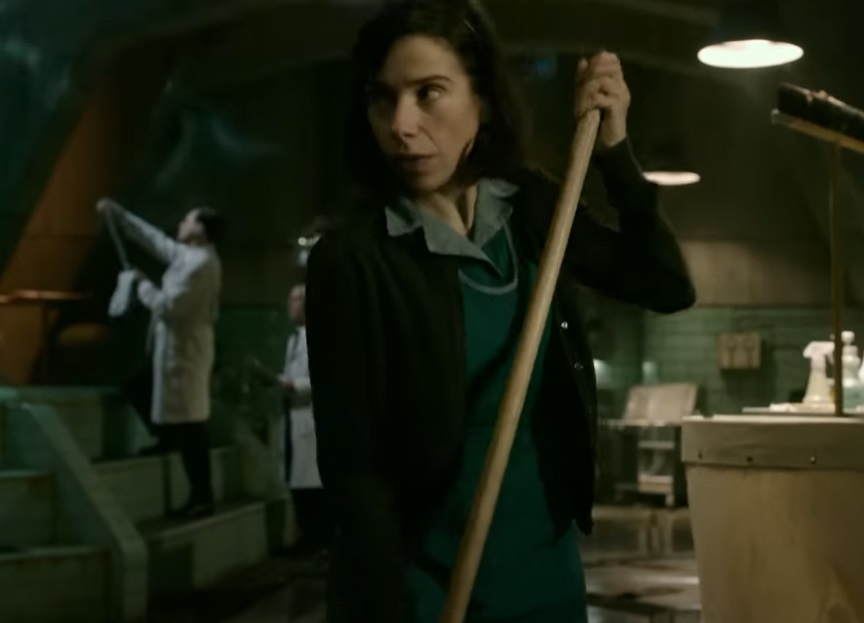 TSG, The Shape of Water (2017)
TSG, The Shape of Water (2017)
2018 – Green Book
Green Book was the fifth movie in history to win Best Picture without having its director, Peter Farrelly, nominated. Maybe the Academy were still holding grudges for the silly comedies he made with his brother in the 90s, including Dumb and Dumber and There’s Something About Mary.
2019 – Parasite
There were certainly some heavy hitters in the Best Picture category at the 92nd Oscars, including The Irishman, Joker, Little Women, Once Upon A Time in Hollywood, and 1917. Ultimately, it was Parasite that won, making history as the first non-English-language film to win Best Picture.
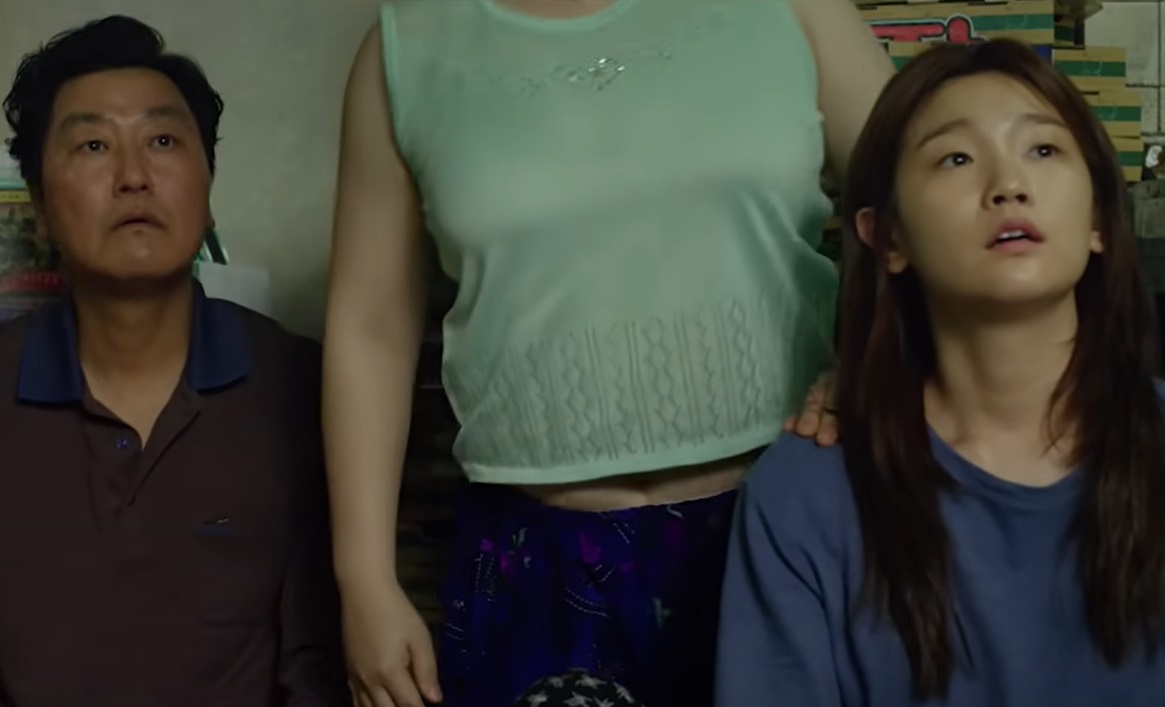 CJ Entertainment, Parasite (2019)
CJ Entertainment, Parasite (2019)
2020 – Nomadland
The 93rd Academy Awards were delayed by a few months due to the Covid-19 pandemic, but the show must go on, as they say, and Nomadland took home Best Picture, as well as Best Director and Best Actress.
2021 – CODA
CODA was something of a sleeper hit, going up against heavy-hitting blockbusters like Dune, Don’t Look Up, and Stephen Spielberg’s West Side Story remake. However, in a surprise turn, it won Best Picture, making it the first winner from a streaming service.
2022 – Everything Everywhere All at Once
Although Everything Everywhere All at Once had received scores of nominations at wins at the Critics Choice Awards, the Golden Globes, and BAFTAs, and most specifically, the Independent Spirit Awards, few were sure that the trend would continue at the Oscars—but they were in for a surprise. It won 7 of the 11 awards it was nominated for, and set a record for six above-the-line wins, as well as tying the record for most acting awards at 3.
 IAC, Everything Everywhere All at Once (2022)
IAC, Everything Everywhere All at Once (2022)
2023 – Oppenheimer
Most recently, Oppenheimer took home the Best Picture award, along with six others, out of a total of 13 nominations—two more than Poor Things, and three more than Killers of the Flower Moon, the stiffest competition that it faced.

